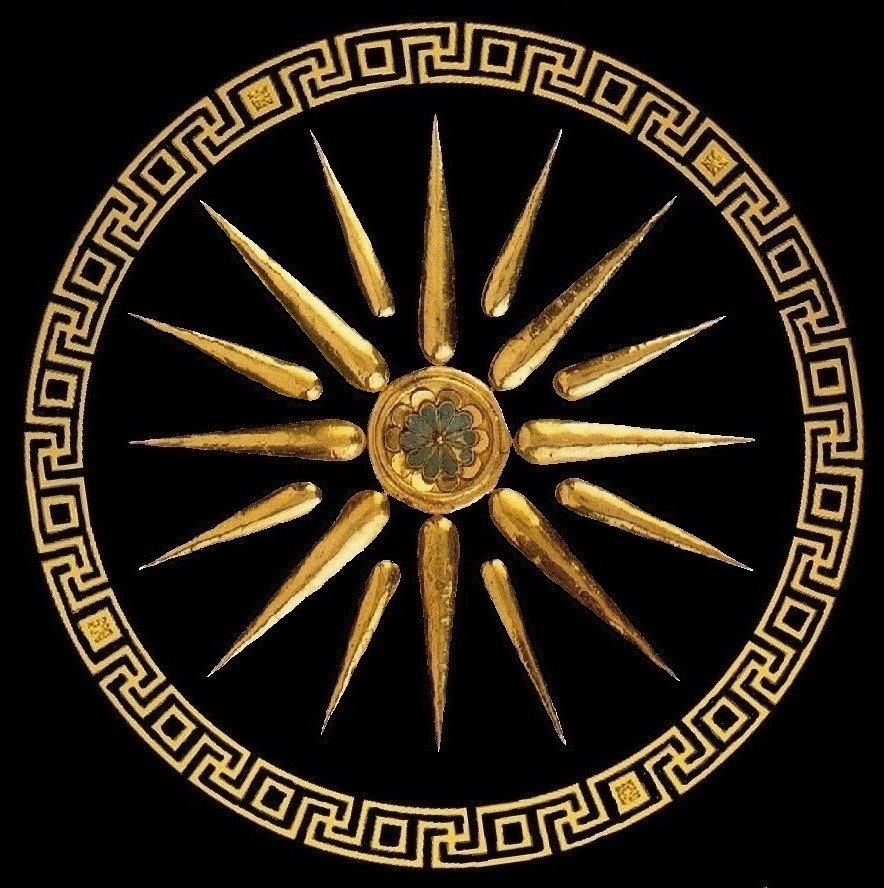|
|
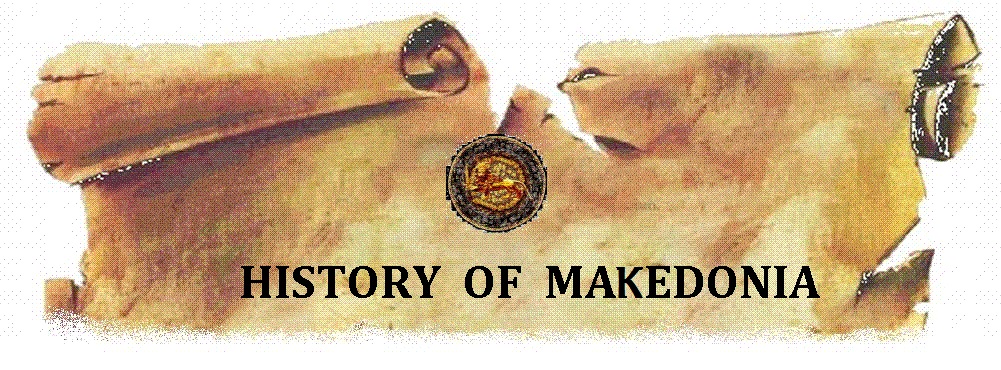
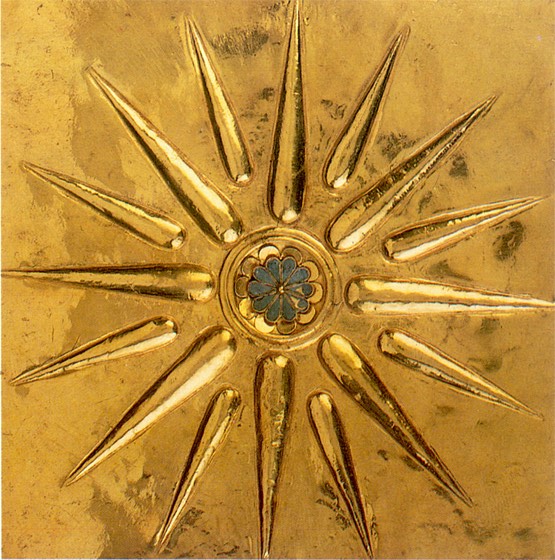 ΒΑΣΙΛΕΩΣ ФIΛI ΒΑΣΙΛΕΩΣ ФIΛI   Y - E - Y - E -  ΕTTI - ancient Makedonian (KOINON MAKEDONON) alphabet ΕTTI - ancient Makedonian (KOINON MAKEDONON) alphabet
VASILEOS PHILIPPOY THE FIFTH
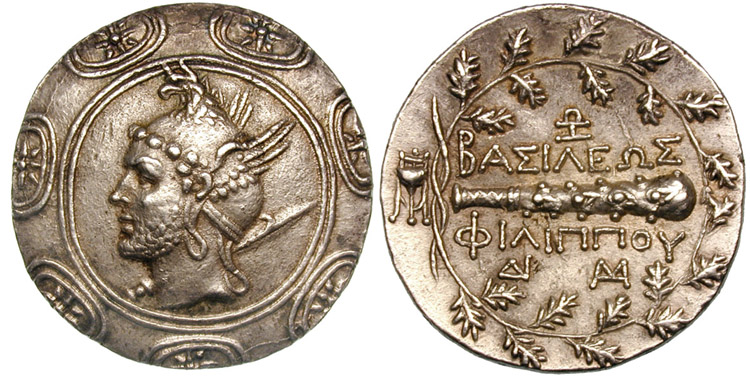 ΒΑΣΙΛΕΩΣ ФIΛI ΒΑΣΙΛΕΩΣ ФIΛI   Y - VASILEOS PHILIPPOY - ancient Makedonian alphabet Y - VASILEOS PHILIPPOY - ancient Makedonian alphabet
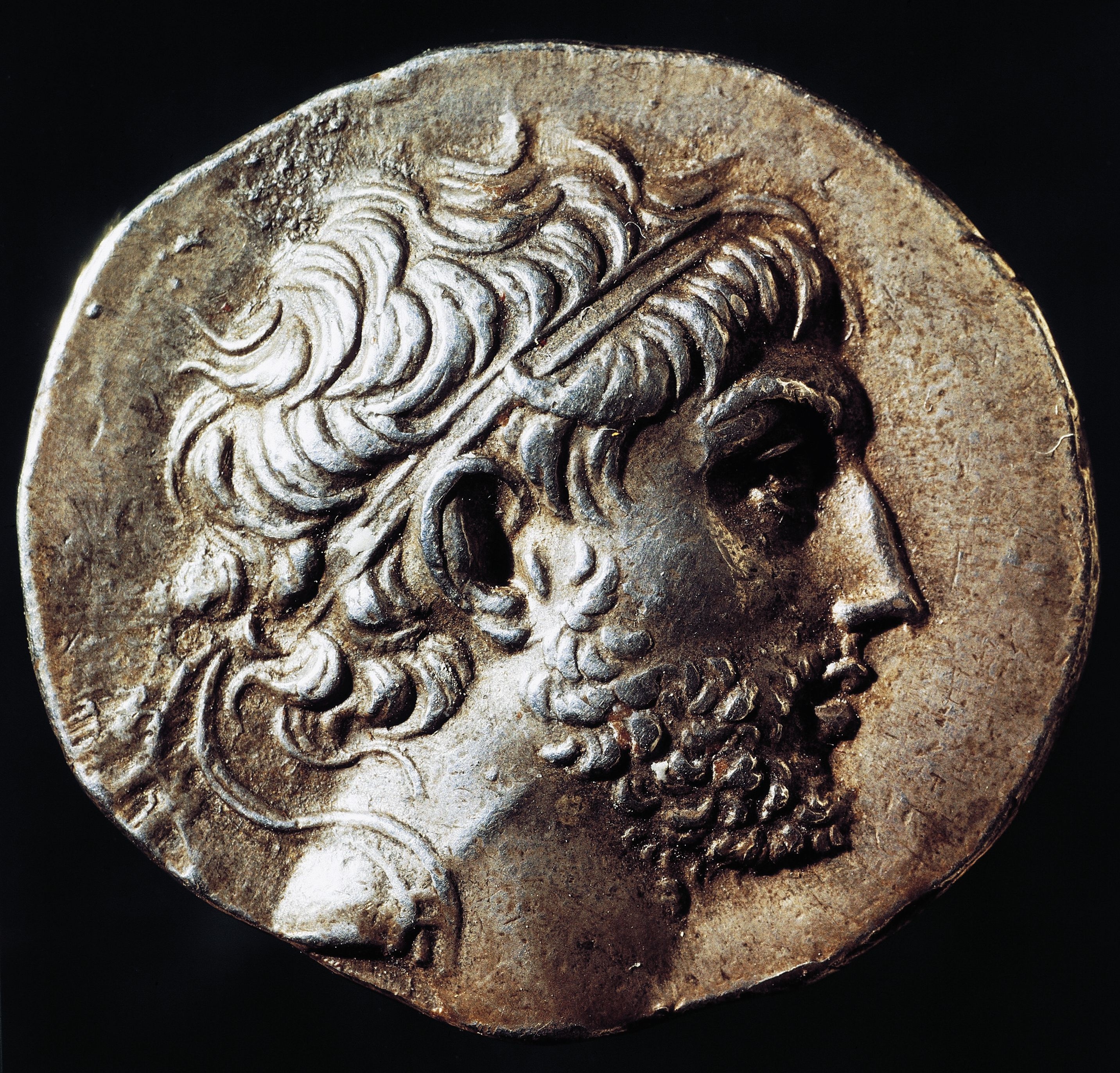 VASILEOS PHILIPPOY, son of Vasileos Demetrioy - ruler of Makedonia VASILEOS PHILIPPOY, son of Vasileos Demetrioy - ruler of Makedonia
Vasileos Philippoy THE FIFTH, son of Vasileos Demetrioy THE SECOND is ruler of Makedoniafrom the Antigonid ruling lineage. He was born around 238 BC and was only 9 years old when his father died.
In the early years, since Philippoy, son of Vasileos Demetrioy, was too young to hold the position of ruler, he was replaced by his relative Antigonoy from Doson who ruled as peace/regent, but later as ruler - Vasileos.
Vasileos Philippoy THE FIFTH, son of Vasileos Demetrioy THE SECOND, he lost his father when he was only an infant (in some sources) and so the Makedonian throne was taken by his uncle, Antigonoy of Doson, who married the widow of Vasileos DemetrioyTHE SECOND, however, was concerned about the interests of his nephew and always considered him his own heir, although he had children. Sensing that his own death from illness was near, Vasileos Antigonoy of Doson organized a council of expert guardians for the young man and placed beside him Aratas of Sikyon, a great statesman of the Achaean League, as a mentor. In 221 BC, when Vasileos Antigonoy from Doson died, Philippoy, now seventeen years old, succeeded to the Makedonian throne without any opposition.
When Vasileos Antigonoy from Doson died, Philippoy, son of Vasileos Demetrioy became ruler - Vasileos. When he became the ruler, he successfully repelled the attacks of the Dardanians and thereby secured the northern border of Makedonia.
Vasileos Philippoy THE FIFTH, son of Vasileos Demetrioy THE SECOND he was aware that he had to definitely secure the northern border. He did that in the spring of 217 BC, rejoining Payonia to Makedonia, Polybias (Polybius) writes about this event:
„At the same time, Philippoy conquered Bellas Dzera (White Dawn), the largest city of Payonia, very conveniently located for incursions from Dardania into Makedonia. With his conquest, he almost got rid of the Dardanian danger, because the Dardanians could no longer invade Makedonia so easily, since Philippoy conquered the mentioned city, and with it the approaches to Bellas, the capital of Makedonia. “
Further sources for 209 BC. AD speak of a strong and deep Dardanian breakthrough in Makedonia, but through the western corridors through Bellagonia (Pelagonia) and through Lynx, all the way to Orestida, the mentioned western direction of the Dardanian breakthrough is due to the fact that the Makedonian ruler Vasileos Philippoy, son of Vasileos Demetrioy since the conquest of Bellas Dzera firmly held the valley of the Vardar river in its hands, which we find confirmation in the archaeological findings.
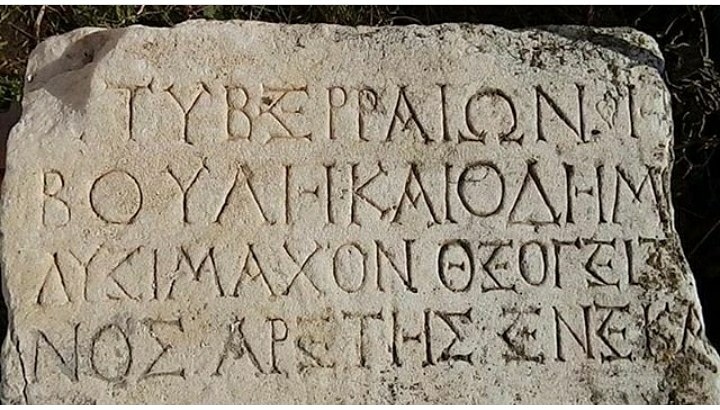 STYVERRAION,,. (a board with an inscription from the later - "Roman" period), ''NOS AR E T AS S NS'',.. the last line: Ar (the creator god) is T (the god) me is with us. STYVERRAION,,. (a board with an inscription from the later - "Roman" period), ''NOS AR E T AS S NS'',.. the last line: Ar (the creator god) is T (the god) me is with us.
For defense from the Dardanians as well as from the Romans from the northwest, the city of Styveraion (not Stybera) was built, which was actually a military base that could accommodate over 5000 soldiers.
Social War
A major feature of the Social War is that the Makedonian ruler Vasileos Philippoy, son of Vasileos Demetrioy successfully separated the Aytolon and the Achaean League by conquering the Spartans even though they were no longer an important military force after 222 BC, with the representatives of The Achaean League, which protected the interests of Makedonia after 222 BC, and by dividing them, increased its supremacy in the city-states and the Peninsula of Dze (the future Peloponnese).
Makedonia lay between Illyria and Thrace and north of the Dze Peninsula (the future Peloponnese), over whose rival and rebellious city-states it maintained supremacy (''agamemonia'', according to the ancient Makedonian city of Aga). It was equal to the other great powers of Egypt and Asaria (Syria) which dominated the eastern coast of the Kydonian Sea (Mediterranean Sea). In Dzeia (Europe) and Adzeia (Asia), rulers and city-states formed a shifting patchwork of alliances, and their wars periodically involved neighboring countries. Often these small states united to take advantage of any sign of weakness on the part of the great powers, and the barbarian tribes were ready to launch raids and raids beyond the northern frontier as soon as the Makedonian army lowered its guard: in this context, Makedonia was prosperous country and because it could count on greater state stability. Furthermore, we must not overlook the fact that the Makedonian ruler Vasileos Philippoy, son of Vasileos Demetrioy could count on the reasonable and at the same time energetic administration of his uncle who managed to defeat the Dardanians, to strengthen the Makedonian authority in Dzetsalia (not Thessaly later term) and finally to gain the respect of League Achaia thanks to his intervention in the "Cleomenian War". Finally, Vasileos Philippoy, son of Vasileos Demetrioy quickly took control of public affairs, first guaranteeing several friends and associates important public positions, among them Abell was given the post of peace/overseer, but later in a completely autonomous way. In fact, Abell himself did not hold power for long and was sidelined with his sons and other followers (Leondze, Megaliya and Ptolemaioy) when he was accused by the ruler of treason and intelligence (espionage) in favor of the Aytolon League (Etolians), enemies of the ruler.
War against the Aytolon League, Sparta and Elysia
Convinced that the Makedonian ruler Vasileos Philippoy, son of Vasileos Demetrioy was nothing more than a young and inexperienced man, the Aytolon Legue (Aetolians) decided to attack the Achaeans on the Dze Peninsula; the Achaeans turned to the Makedonian ruler, but Vasileos Philippoy, son of Vasileos Demetrioy implemented an extremely cautious strategy: at first he limited himself to sending companies to plunder enemy territory, and then, after the Aytolon League had already defeated the Achaean League at Kaphia, he invaded the Peninsula of Dze with considerable forces and encamped at Qudze (not Corinth, is a later term). At Qudze, he presided over a congress attended by representatives of the Legue Achaia, Voioa (not the Boeotians, the name is misread), the Phocians, the Acarnians, the Metsanianians of Metsaniaon and the Pyrrians (the Epirians, formerly the Molossians) who, in agreement, declared war on the Aytolon Legue (Etolians) probably means Ambrakia and Dolopia, probably why they didn't come to the meeting, why Phocia was one of the fundamental pillars of the Legue Aytolon. This sounds a bit like a "mosquito war", (slightly comical), supported by Ellis or Ellion (the Elians) the city-state of the Dze Peninsula and the Spartans (Sparta was no longer a military power, more of a fear than a real threat) ; after receiving this consent, the Makedonian ruler Vasileos Philippoy, son of Vasileos Demetrioy returned to Makedonia to prepare for the final clash. After arriving in Makedonia, Vasileos Philippoy, son of Vasileos Demetrioy concluded a peace treaty with the Illyrians, and then, in the spring of 219 BC, he entered Pyrr (Epirus) with an army of 15,000 phalanxes and 800 cavalry, where he received reinforcements from the Pyrrhians and then invaded the Legue Aytolon and he captured several strongholds, including the important city of Ambrakia as well as numerous border posts. However, shortly after, Makedonia was attacked by the Dardanians (Illyrians), so the Makedonian ruler Vasileos Philippoy, son of Vasileos Demetrioy was forced to leave part of the army to winter in Dzetsalia, sending a second part to guard the northern borders.
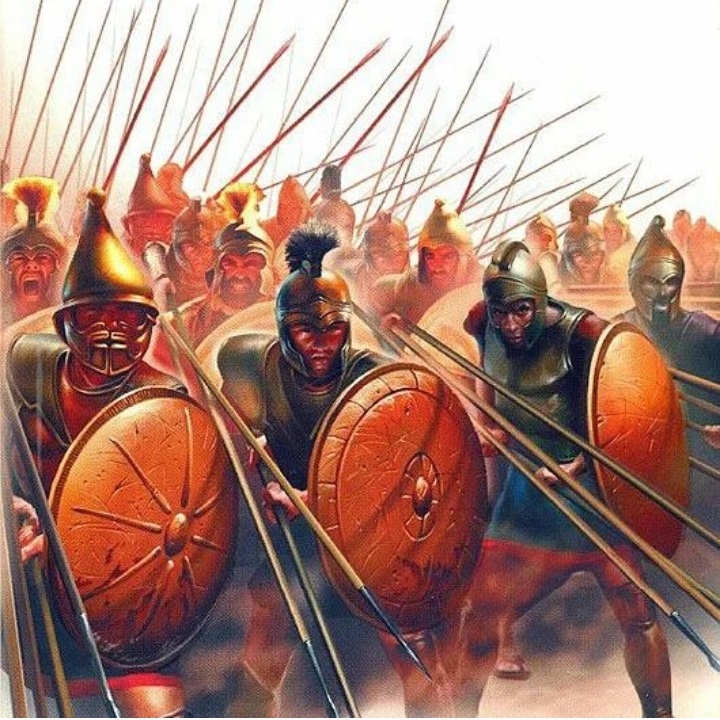 The Makedonian Phalanx The Makedonian Phalanx
In the winter of the same year, after receiving reinforcements from the Legue Achaia, Vasileos Philippoy, son of Vasileos Demetrioy, suddenly appeared in Qudze, who completely surprised the troops gathered by the Legue Aytolon and the Elysians: after a short siege, the Makedonian ruler captured the fortress of Psofi, advanced without encountering resistance to Elysia by completely conquering the fertile plains of Elis or Elyon. Having achieved these successes, he retired to Argos where he remained until the end of the winter. In the spring of 218 BC, the Makedonian ruler Vasileos Philippoy, son of Vasileos Demetrioy decided to conquer the strategic island of Kefalonia, but failed to conquer the city of Palae due to the betrayal of one of his officers. Forced to abandon the enterprise, he suddenly landed his army (that is, he had a strong and numerous marine) in the Gulf of Ambracia and proceeded to the heart of Dolopia (members of the Legue Aytolon), whose capital, Dzermo (Thermo), was completely sacked and destroyed; from Dzermo he retreated to the Gulf of Ambracia without the members of the Legue Aytolon being able to obstruct his way. After terrorizing the Legue Aytolon, the Macedonian ruler Vasileos Philippoy, son of Vasileos Demetrioy returned to Qudze to punish the Spartans who had allied themselves with the Legue Aytolon, with the support of the Legue Achaia, the Makedonian ruler Vasileos Philippoy, son of Vasileos Demetrioy invaded Laconia, plundered the plains near Sparta, advanced to the Promontory of Malea, and on his way back he defeated the Spartan troops and their ruler authto Lakarg. After these successes, the Legue Aytolon and their allies asked for peace through the mediation of the inhabitants of Hios and Rodion, but Vasileos Philippoy, son of Vasileos Demetrioy, who, having advanced to Tegea, returned to Makedonia, refused; In the spring of 217 BC, the Makedonian ruler attacked Payonia, captured the fortress of Bellas Dzera (White Dawn), strategically important because it controlled the roads between Makedonia, Dzetsalia and Pyrr (Epir future). A few months later, at the time of the celebration of the Nemean Games in Argos, when the news of the "Battle of Lake Trasimeno" (a battle between the Roman army led by Gaius Flaminio Nepote and the Carthaginian army Hannibal Barca, according to Tito Livio, 15,000 Roman soldiers died and were captured on the battlefield, while 10,000 survivors returned one by one to Rome.) arrived in Makedonia, the Makedonian ruler Vasileos Philippoy, son of Vasileos Demetrioy made a treaty with the Hionians, Rodionians and Ptolamioy FOURTH Philopator of Egypt and ended hostilities in the Peninsula of Dze, as well as the Legue Aytolon.
The First Makedonian - Roman War
In the First Makedonian - Roman war, the Makedonian ruler Vasileos Philippoy, son of Vasileos Demetrioy wanted to extend the Makedonian influence to the northwest of the Makedonian (Adriatic) coast. He first attacked the Roman possessions in Illyria from the sea, and then from the land, after which he successfully conquered the city of Lis (Lushnje). After the minimal successes he made in Illyria, he made an alliance with Hannibal where they agreed that Vasileos Philippoy, son of Vasileos Demetrioy, would send Hannibal military aid.
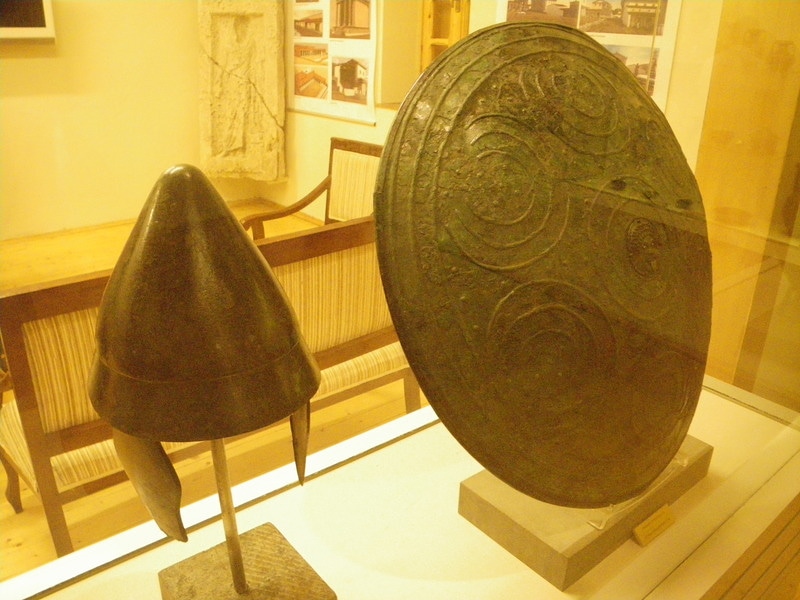
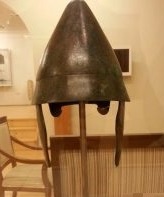
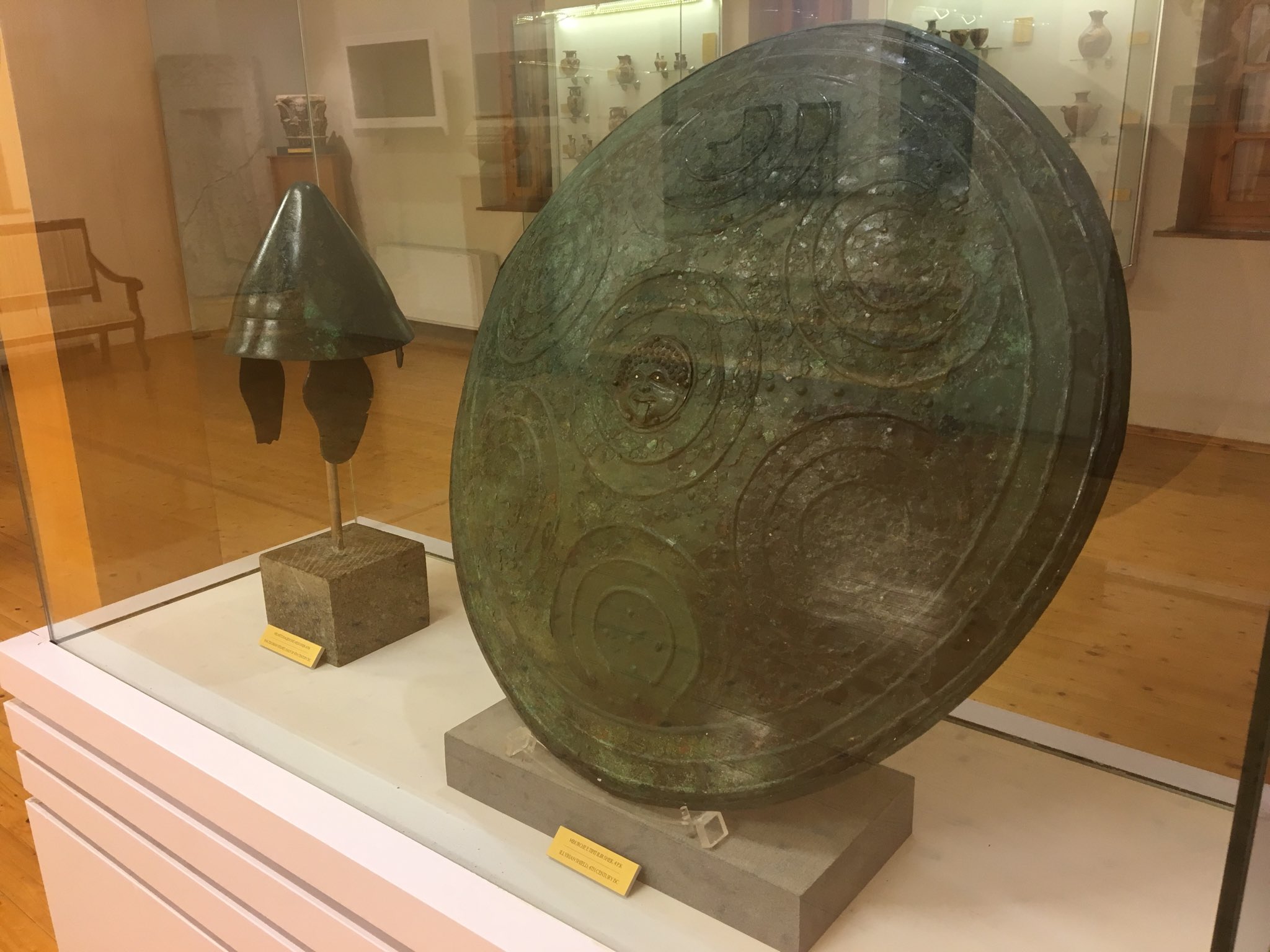
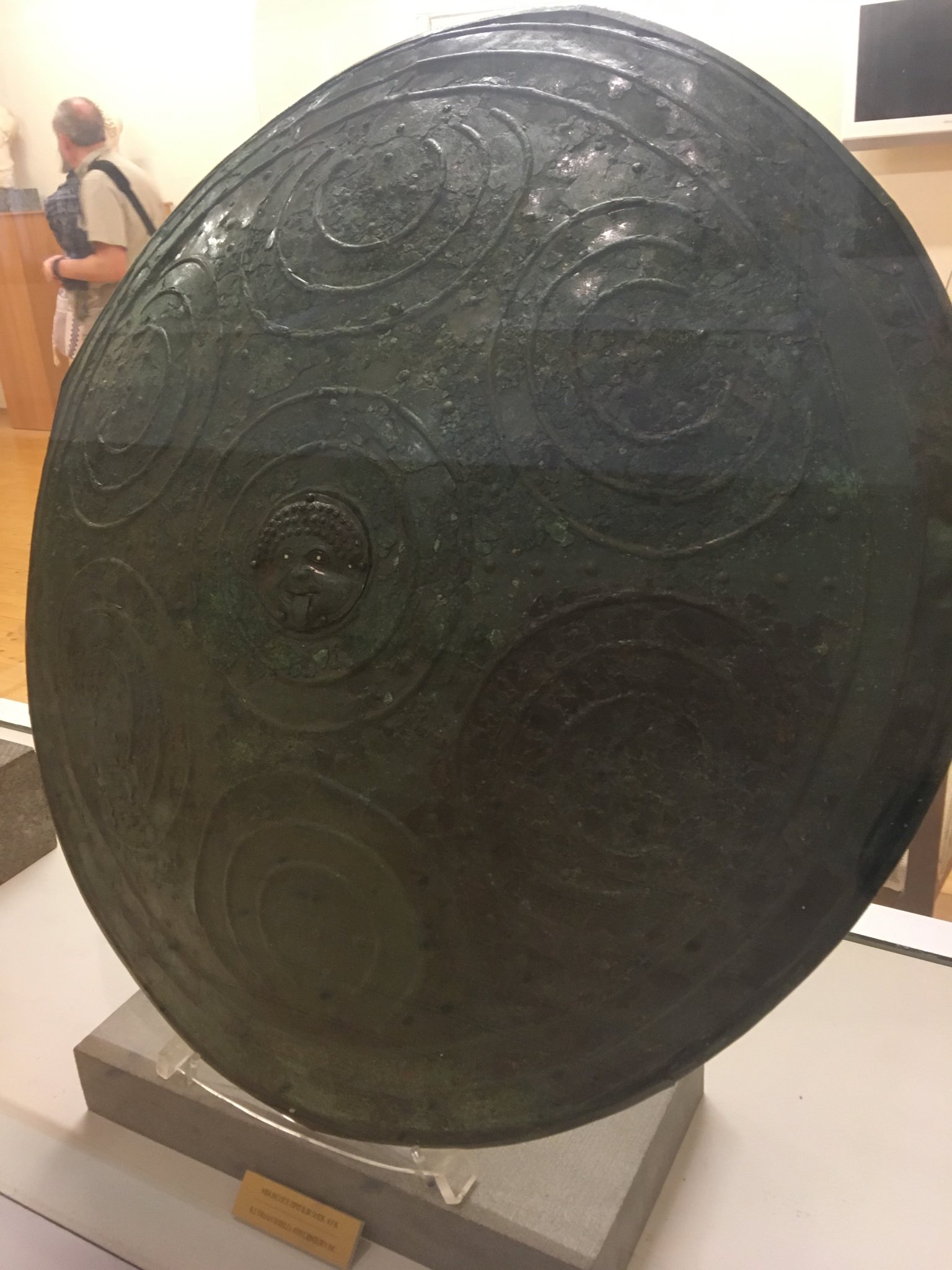
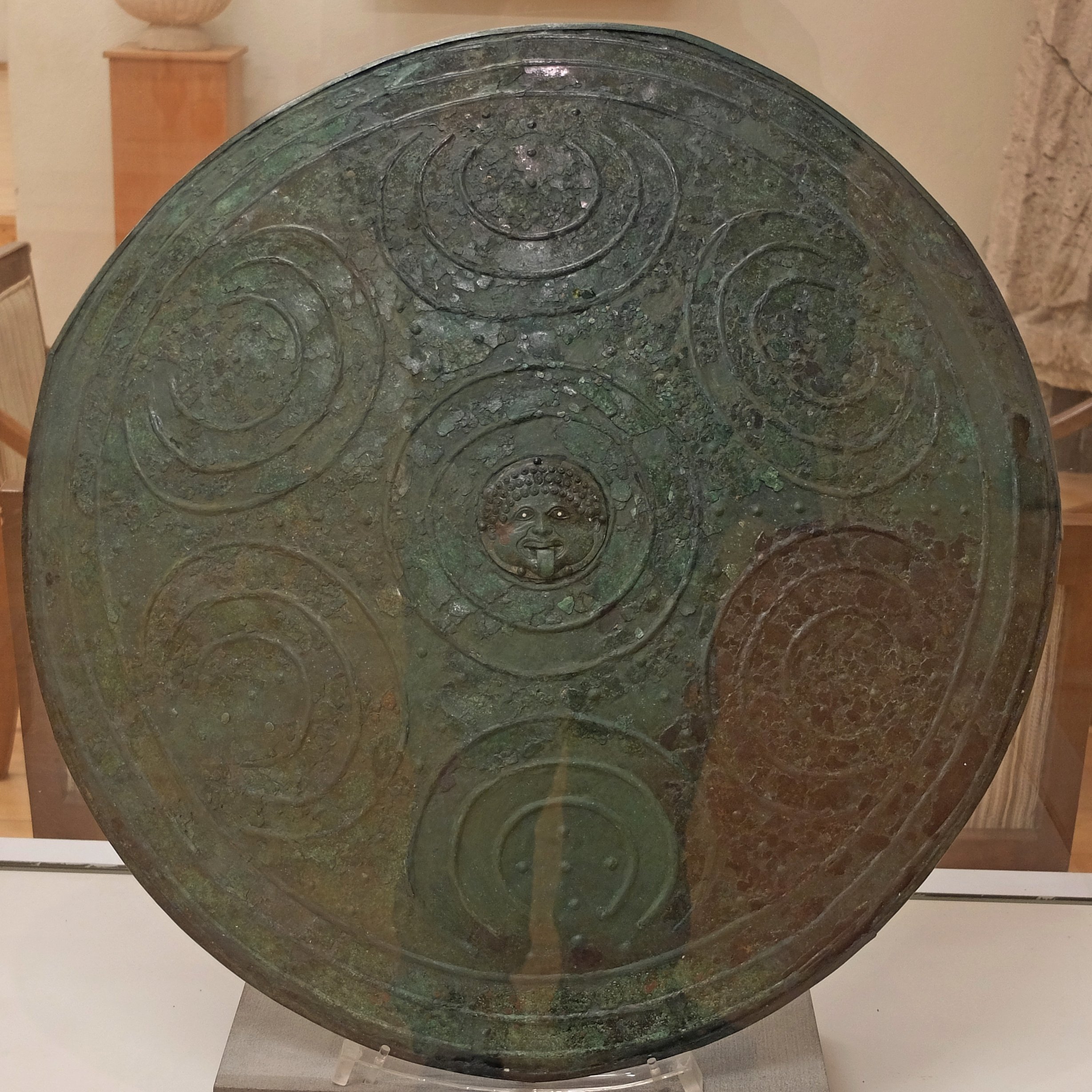
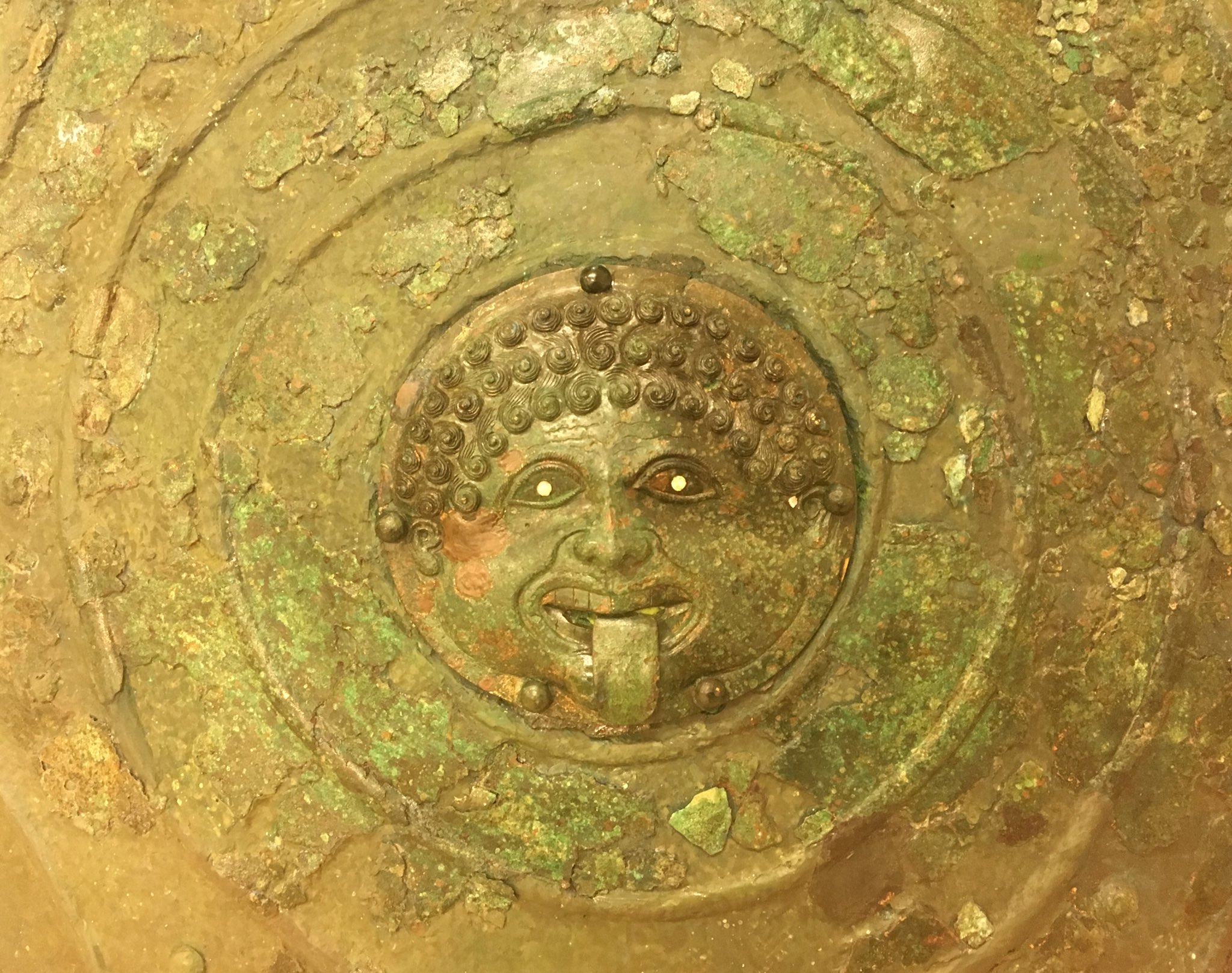
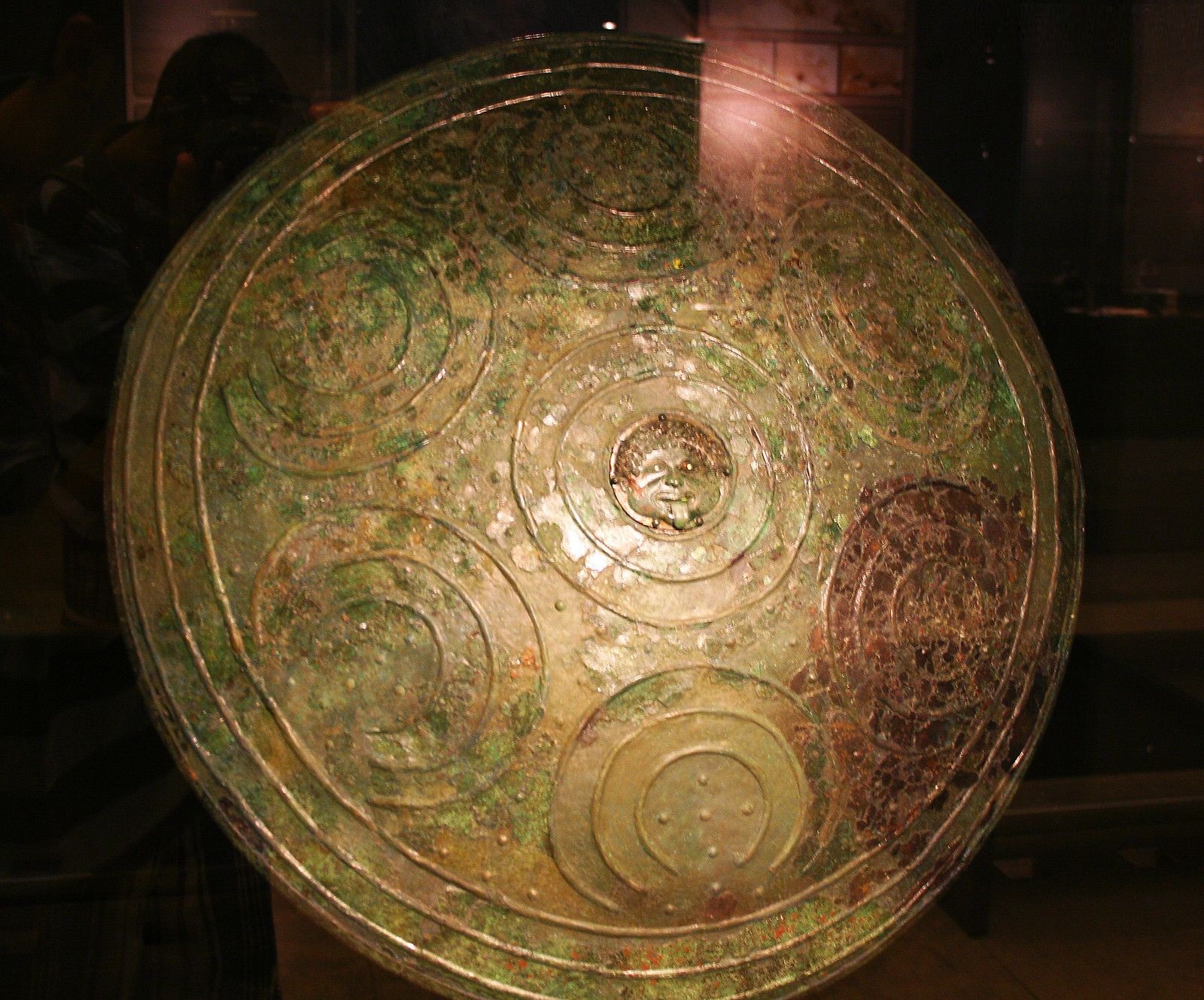
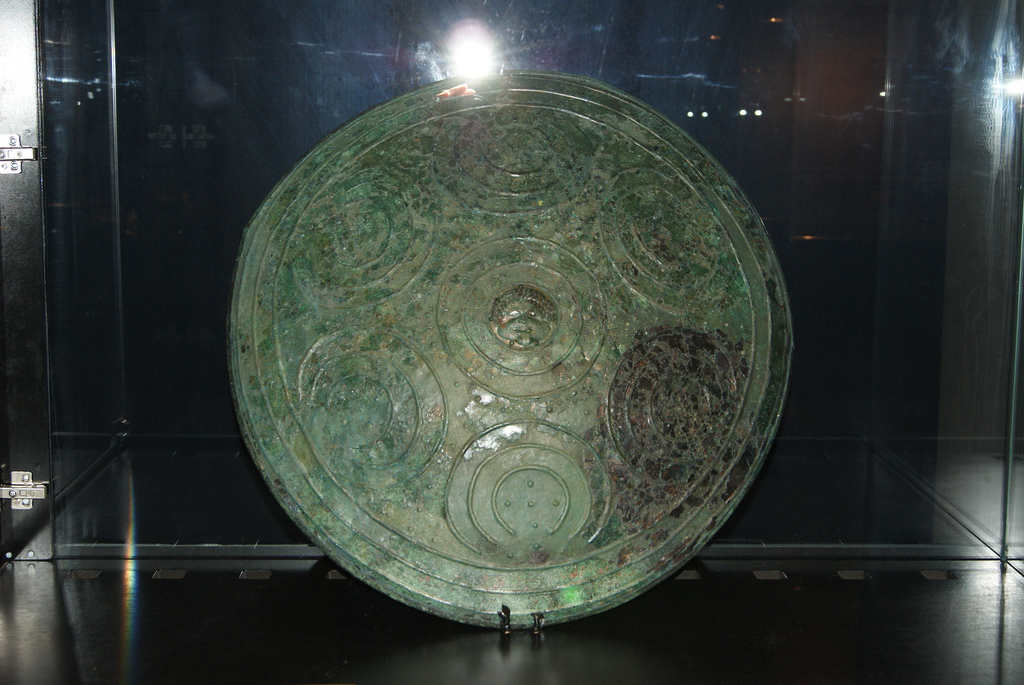
Makedonian shield (in the center the head of Gorgona) and helmet, found in the territory of today's Albania
The Romans felt the danger from the Makedonian ruler Vasileos Philippoy, son of Vasileos Demetrioy and their response was the attack of the Legue Aytolon and the Roman ally Philetairoy the FIRST of Bergamaion on Makedonia, which prevented the Vasileos Philippoy, son of Vasileos Demetrioy from sending help to Hannibal, after which Makedonia and Rome signed a peace treaty in Voynika city in Pyrr (Epirus), a major strategic mistake with disastrous consequences. Hannibal the general of Carthage was allowed to buy the famous horses of Dzetsalia.
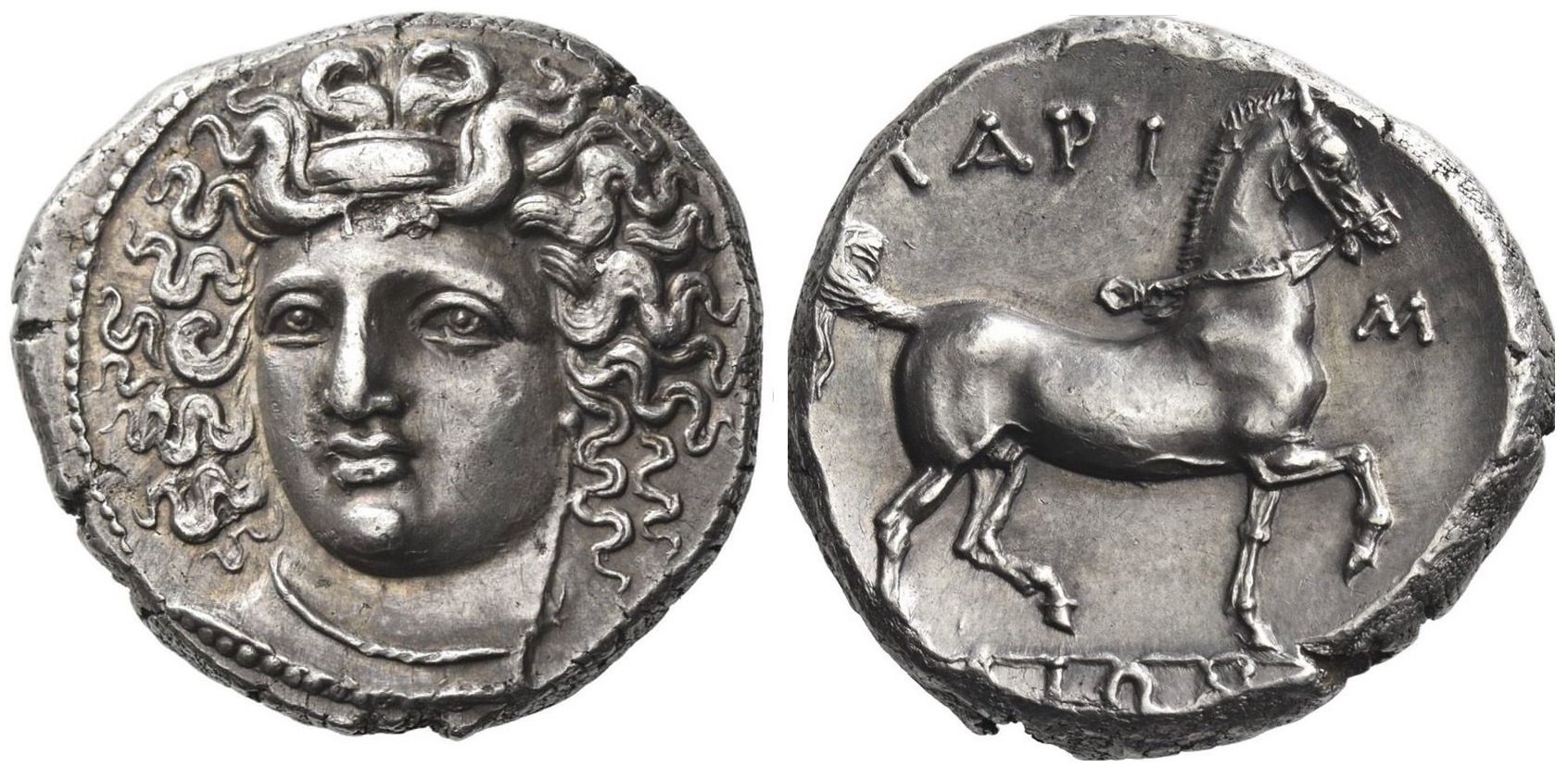 Dzetsalia horses have been famous since the time of the Macedonian ruler Vasileos Makedonon Philippoy Dzetsalia horses have been famous since the time of the Macedonian ruler Vasileos Makedonon Philippoy
Alliance with Hannibal
First Makedonian - Roman war and agreement between the Makedonian ruler Vasileos Philippoy, son of Vasileos Demetrioy and Hannibal Barka military leader from Kartagena (Cartagena)
With the conquest of the Legue Aytolon and the strengthening of the borders of Makedonia, the Makedonian ruler Vasileos Philippoy, son of Vasileos Demetrioy turned his gaze to the west, where the Roman Republic was occupied, with disastrous results at the time, facing the threat of Hannibal, who certainly looked favorably on a functional alliance against Rome. These projects, however, were significantly influenced by the work of one of the advisers of the Makedonian ruler, the former Illyrian ruler Vasile Demetrioy of Pharos (probably the city of Pharos - "brightest ray" was renamed APOLAY VOY DOY - "Apolonia" by the Romans ), who took refuge in the Makedonian court after being defeated by Rome in the Second Illyrian - Roman War. In fact, while Vasileos Philippoy, son of Vasileos Demetrioy was busy against the Legue Aytolon, a messenger brought the Makedonian ruler the news of Hannibal's victory over the Romans at the "Battle of Lake Trasimene" in June 217 BC: at first the Makedonian ruler showed the message only to Demetrioy of Pharos, who, probably seeing the possibility of reconquering the lost state, advised him to immediately make peace with the Legue Aytolon and added:
„ Because they are already fully obedient to you and will remain so in the future: the Achaean Legue from true affection and true love; the Legue Aytolon from the terror instilled in them by the disasters of the present war. The Apennine Peninsula and your march towards it, is the first step towards the establishment of VASILEONDON MAKEDONIA, to which no one else has a greater right than you. And now is the time to act, as the Romans suffer a reversal of fortune“.
(Polybius, Histories, V, 101)
The Makedonian ruler Vasileos Philippoy, son of Vasileos Demetrioy, eager to rebuild VASILEONDON MAKEDONIA, immediately convinced by the words of Demetrioy of Pharos, signed peace with the Legue Aytolon and began to plan a campaign against Rome.
In the winter between 217 and 216 BC, the Makedonian ruler Vasileos Philippoy, son of Vasileos Demetrioy ordered the shipyards to build and arm a fleet of 100 ships and began training the crews, a feat that almost no Makedonian ruler had accomplished. so far he has not performed it for a long time; this fleet, mainly composed of "klapis" - "lembas", ''klapa'' it was an ancient Illyrian galley, small boats typical of the Illyrians, could never compare with the Roman navy in direct conflict (in any case, Roman galleys are copy of the Carthaginians, after capturing a Carthaginian galley they copied it many times), but in any case it could transport the soldiers if the Roman fleet was far away.
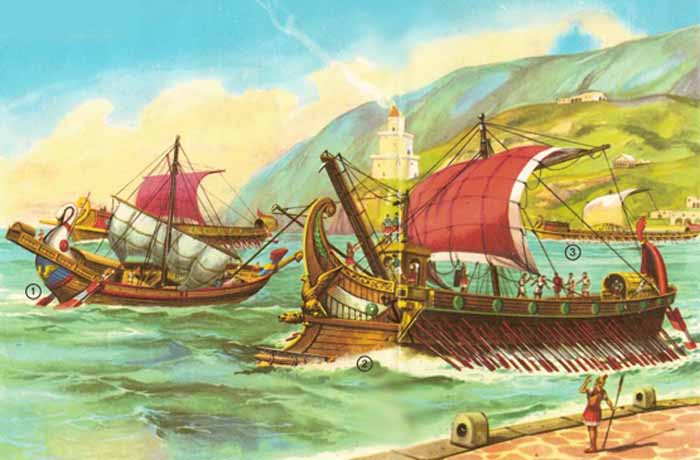
The ship under number 1 is the so-called "klapa" - ancient Illyrian galley
Meanwhile, the Makedonian ruler undertook a campaign against the Illyrians in the north, conquering the region up to the valleys crossed by the rivers Apsas and Genas (present-day Shkumbini in Albania) which he intended to use as support bases so that he could quickly send reinforcements, after he would land on the Apennine Peninsula. At the beginning of the summer, the Makedonian ruler believed that now was the time for landing (disembarkation) and therefore ordered his fleet to assemble in Apollonia; however, while the Makedonian navy was rounding the island of Saseno, the Makedonian ruler received news of the arrival of the Roman fleet and gave the order to withdraw; in reality, the enemy fleet consisted of 10 ships and by giving the order to retreat, the Makedonian ruler lost the best opportunity, as well as part of his reputation. Humiliated, but not subdued, the Makedonian ruler Vasileos Philippoy, son of Vasileos Demetrioy sent messengers to contact Hannibal with whom he concluded a treaty of alliance (215 BC) the terms of which are thus reported by Tito Livy:
„[...] The Makedonian ruler Vasileos Philippoy, son of Vasileos Demetrioy will land on the Apennine Peninsula with the largest possible fleet (it was estimated that it could equip two hundred ships) and wreak havoc on the coast, conducting the war alone by sea and land; at the end of the war, the whole Apennine Peninsula with Rome would belong to the Karthaginians (Carthaginians) and Hannibal, and Hannibal would have all the spoils; as soon as the Apennine Peninsula is tamed, they will go together to the Peninsula of Dze and there they will make war against all the states that the ruler of Makedonia wants; and the cities of the continent and the islands bordering on Makedonia will be of Vasileos Philippoy, son of Vasileos Demetrioy and of Makedonia“.
(Tito Livy, Ab Urbe condita, XXXIII, 33.)
The Romans, however, came into possession of a copy of the treaty and took appropriate countermeasures, declaring war on the Makedonian ruler in 214 BC: they sent a fleet to patrol Makedon Sey and when they learned that the Makedonian ruler had laid siege to the city of Apollonia, they sent 2,000 soldiers, and then the praetor Marco Valerio Levino to help the besieged.
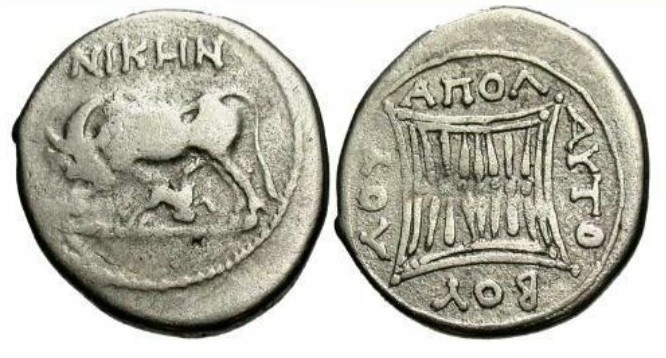
A coin from NIKAN (left) APOLAYTO VOY LOY (right) - (not Apolonia) is evident that this name was also renamed
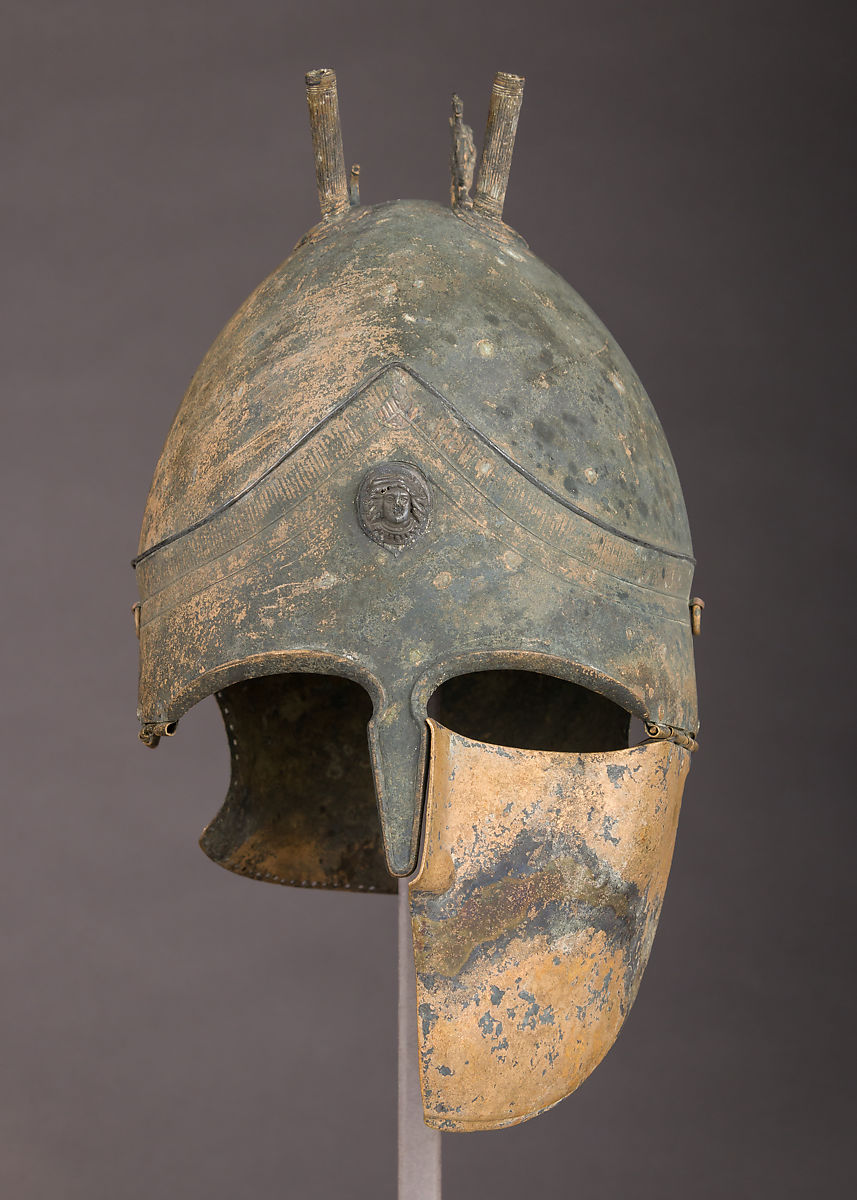 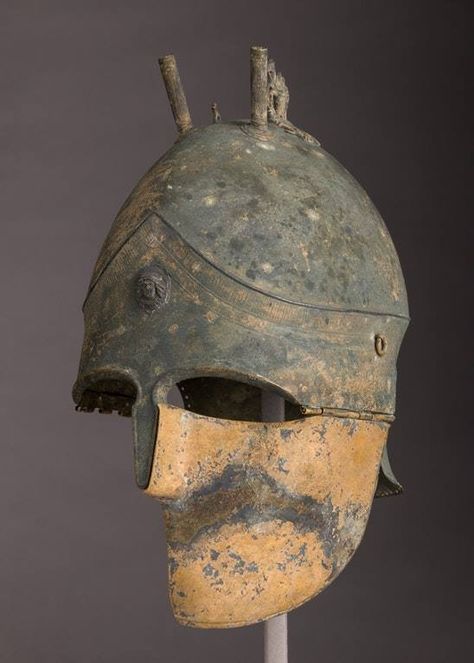
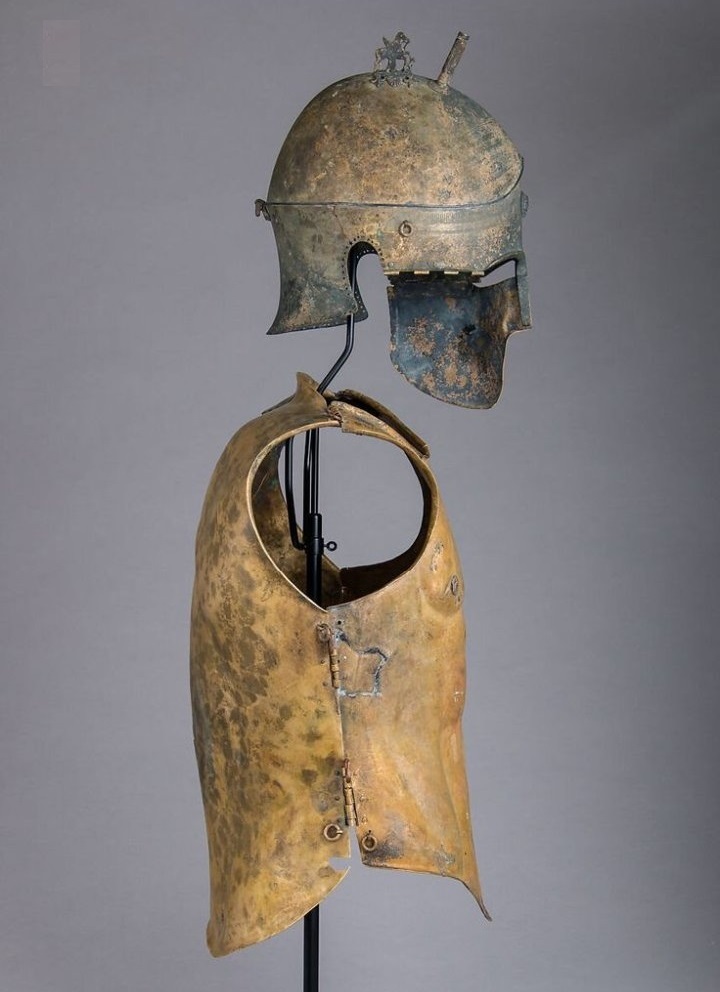 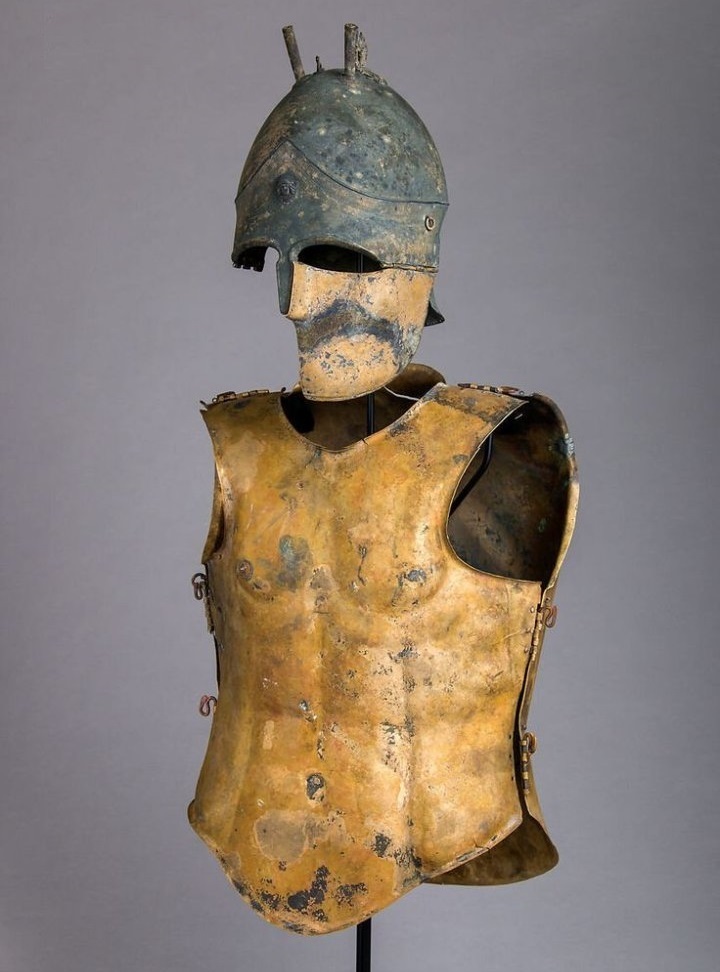 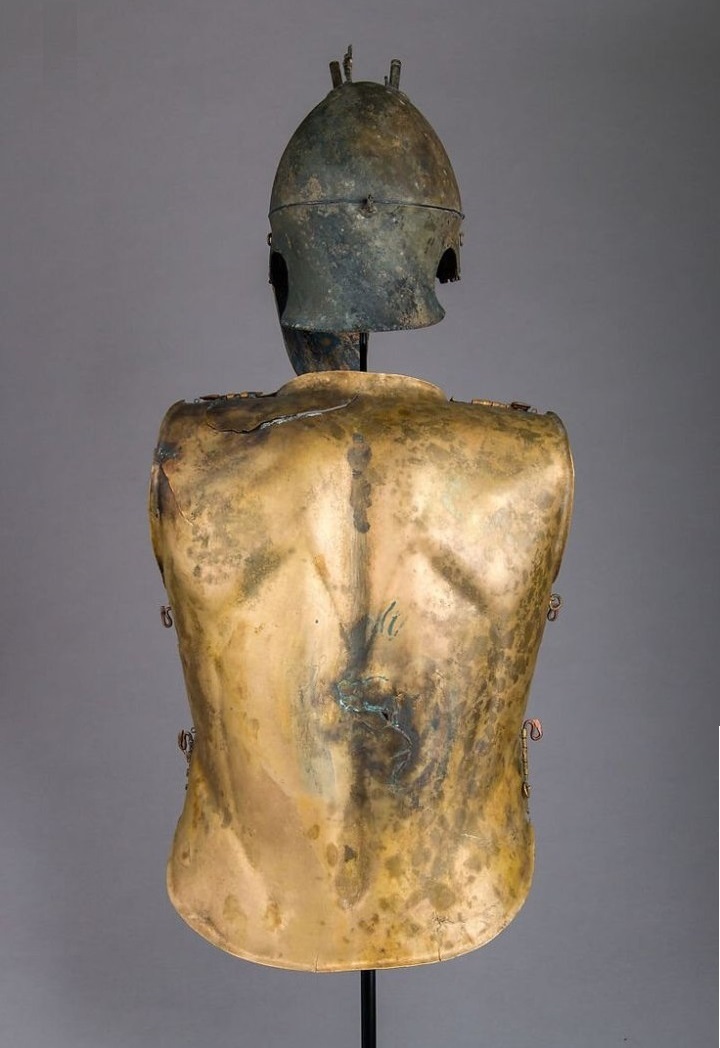
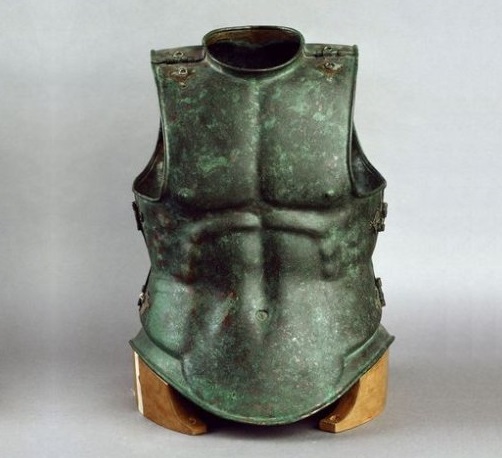 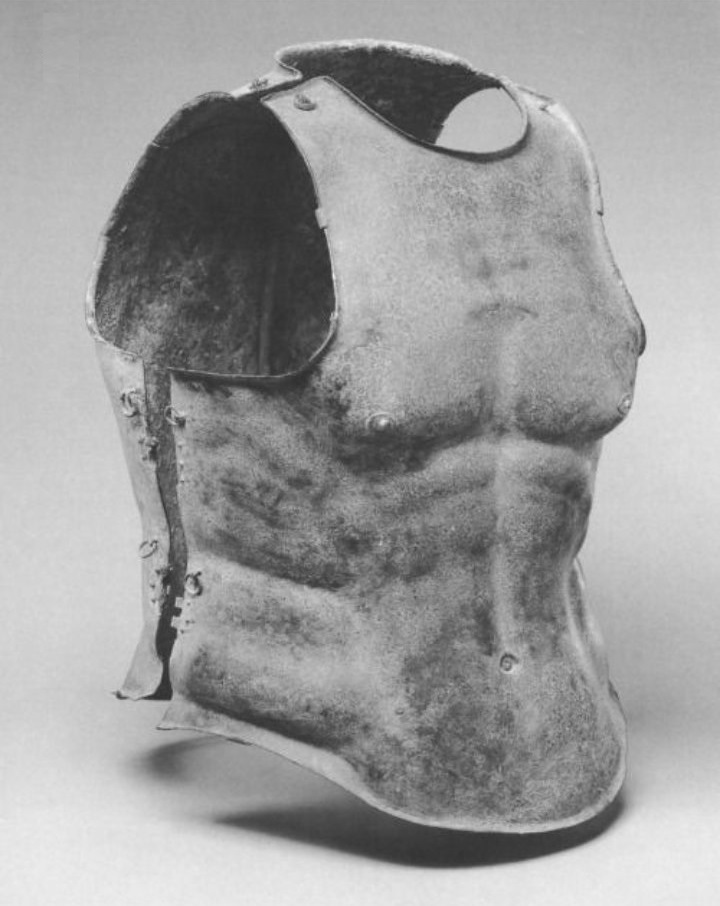
Маkedonian war equipment
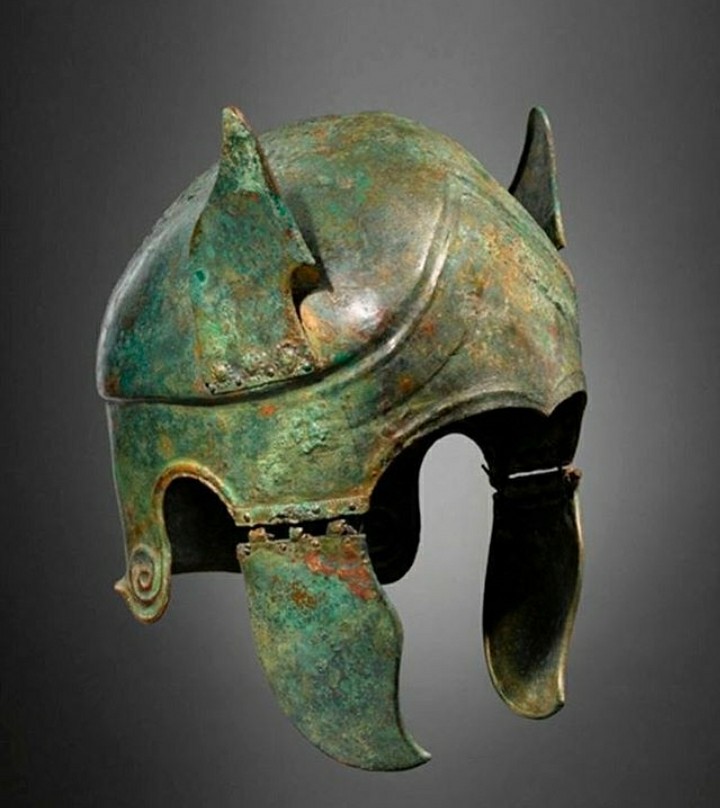
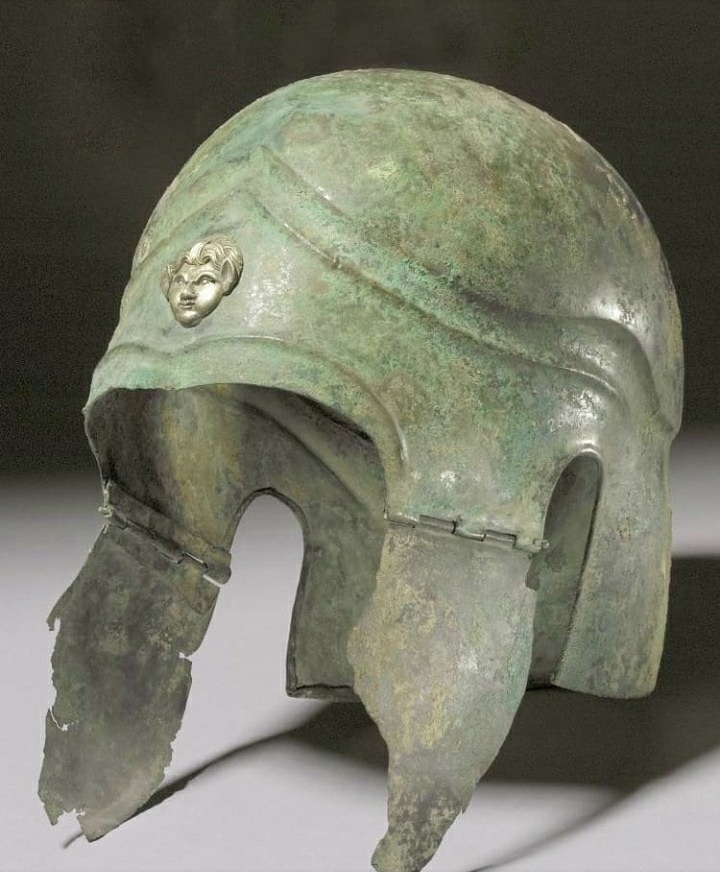
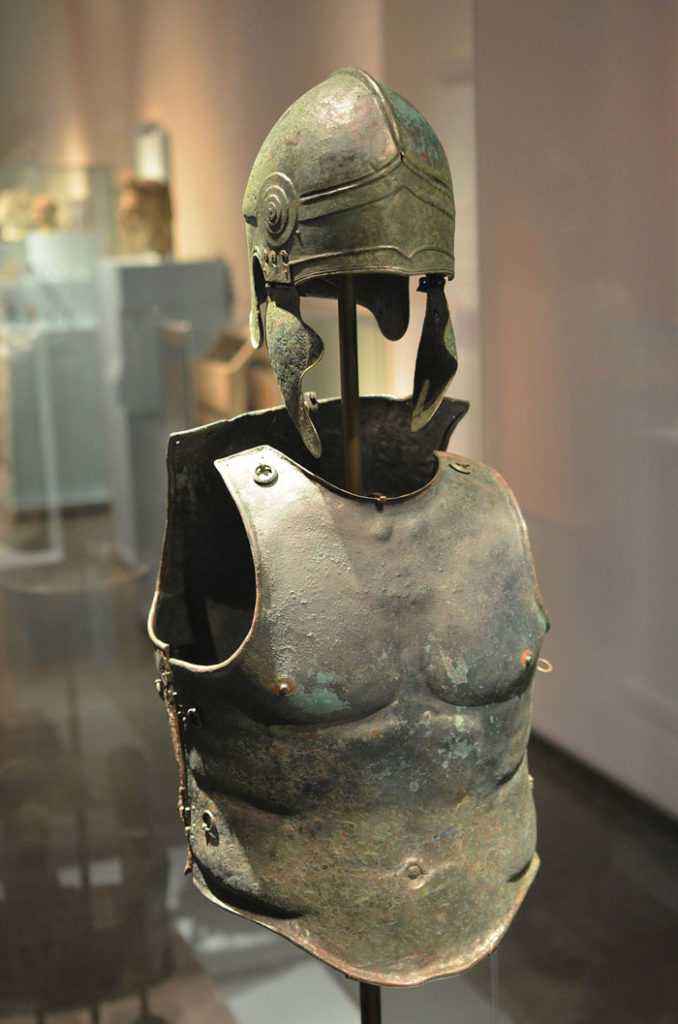
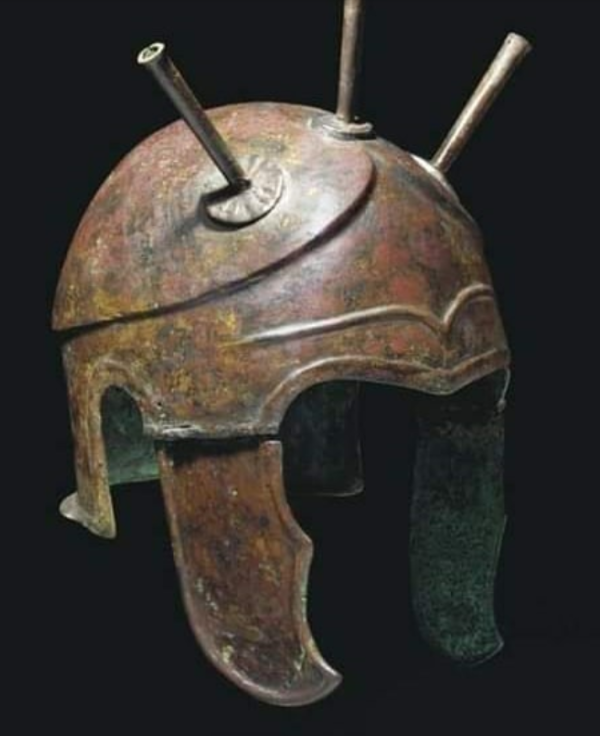
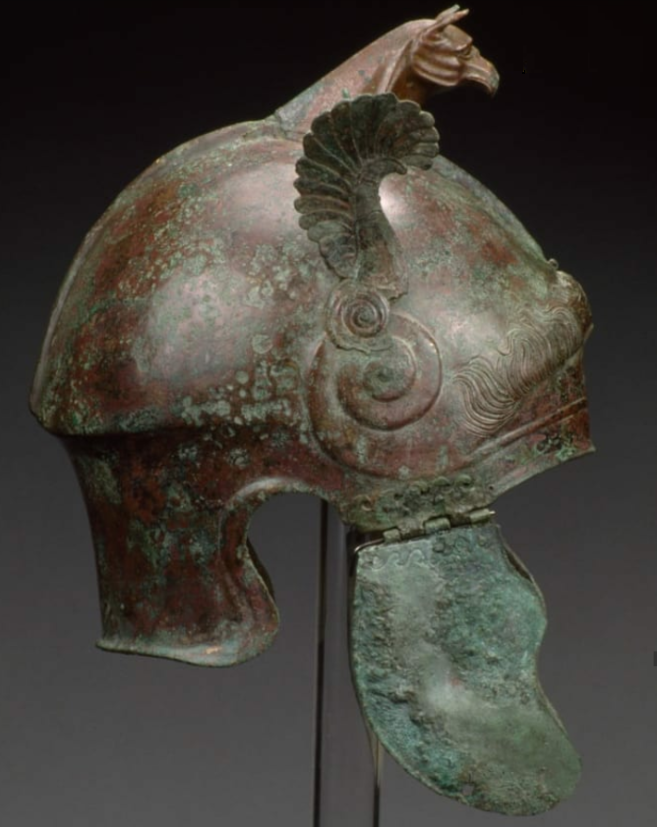
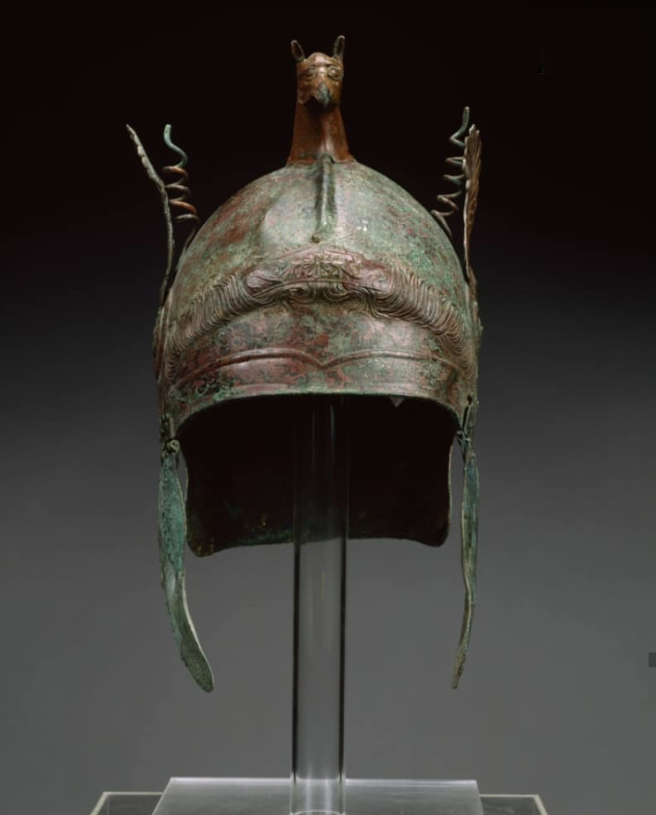
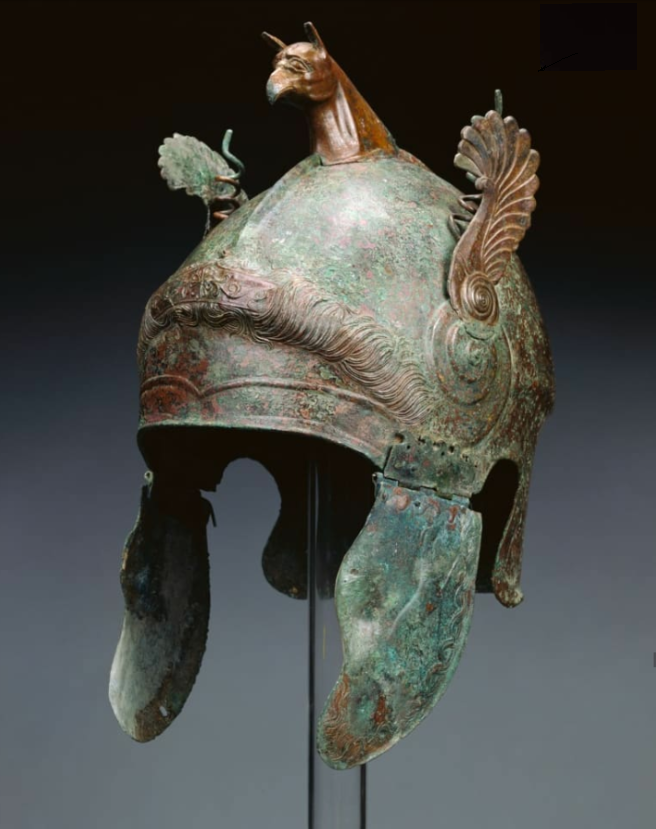
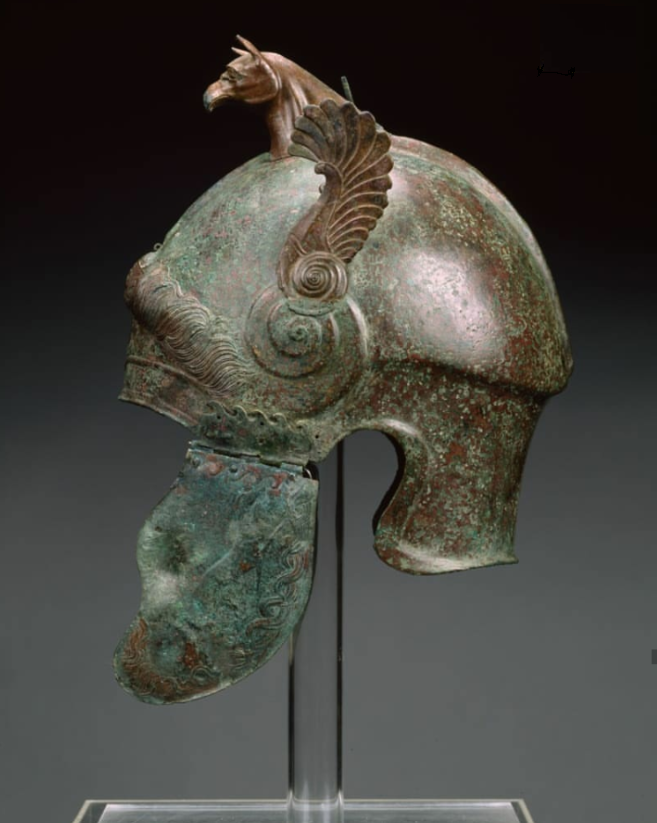
A helmet from the time of the Makedonian phalanx
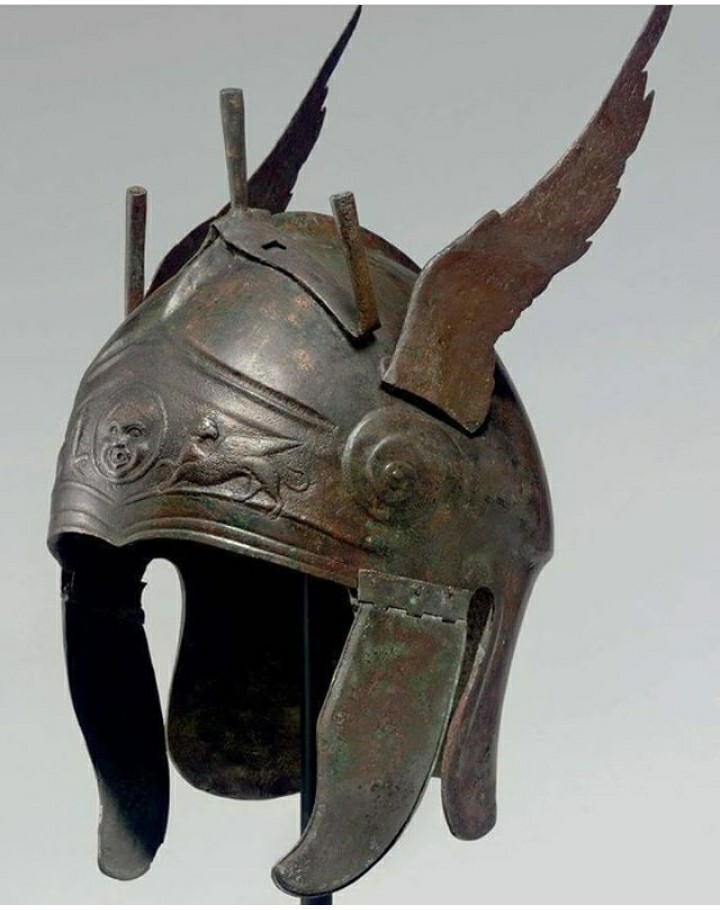
Makedonian bronze helmet, private collection, probably Turkey
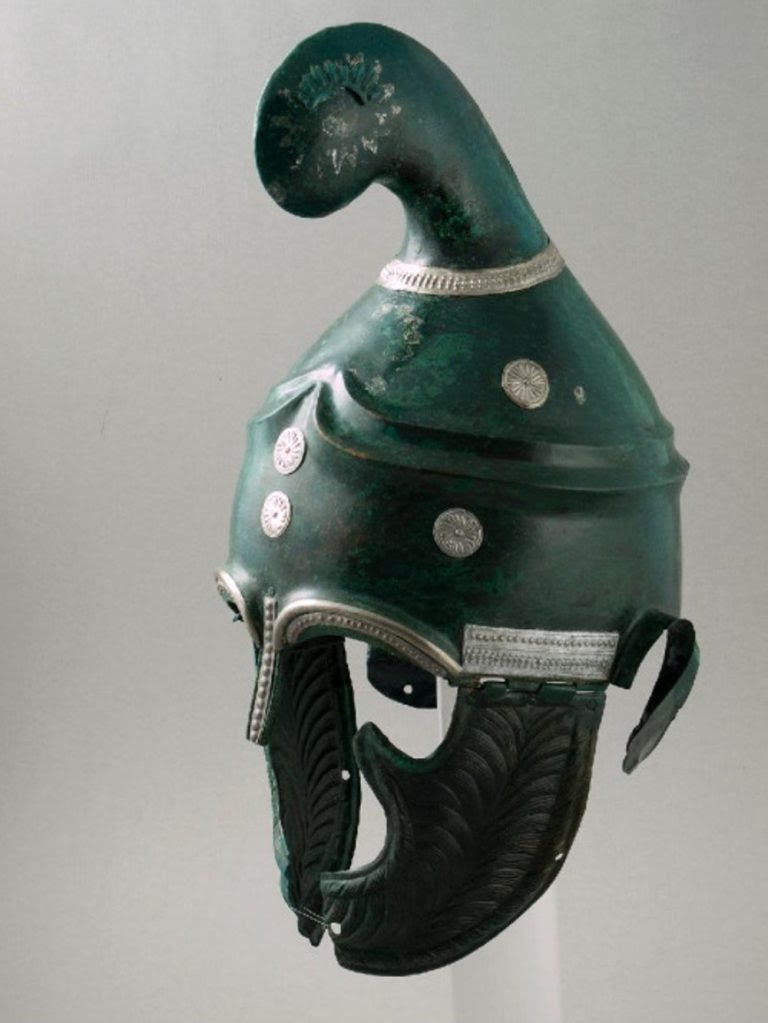
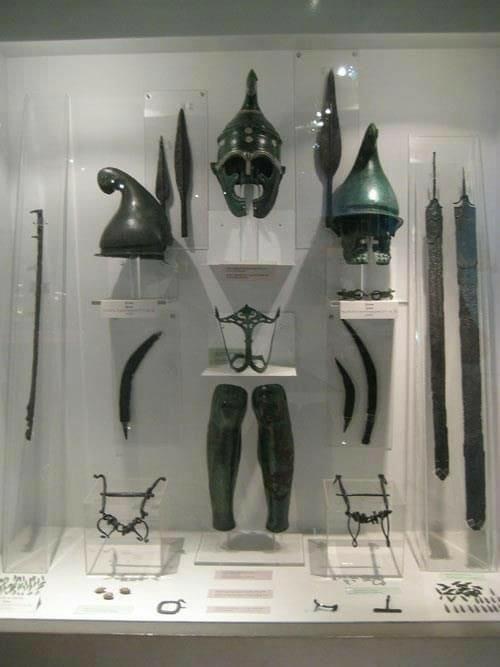
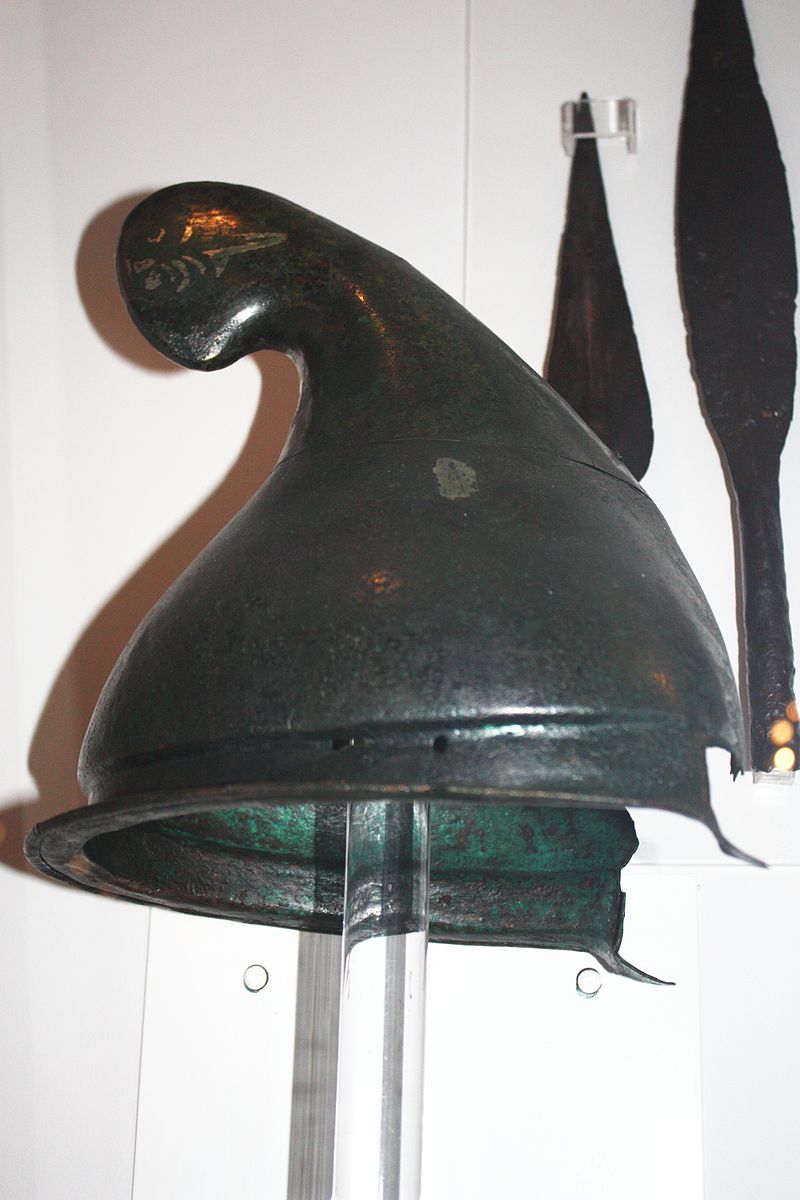
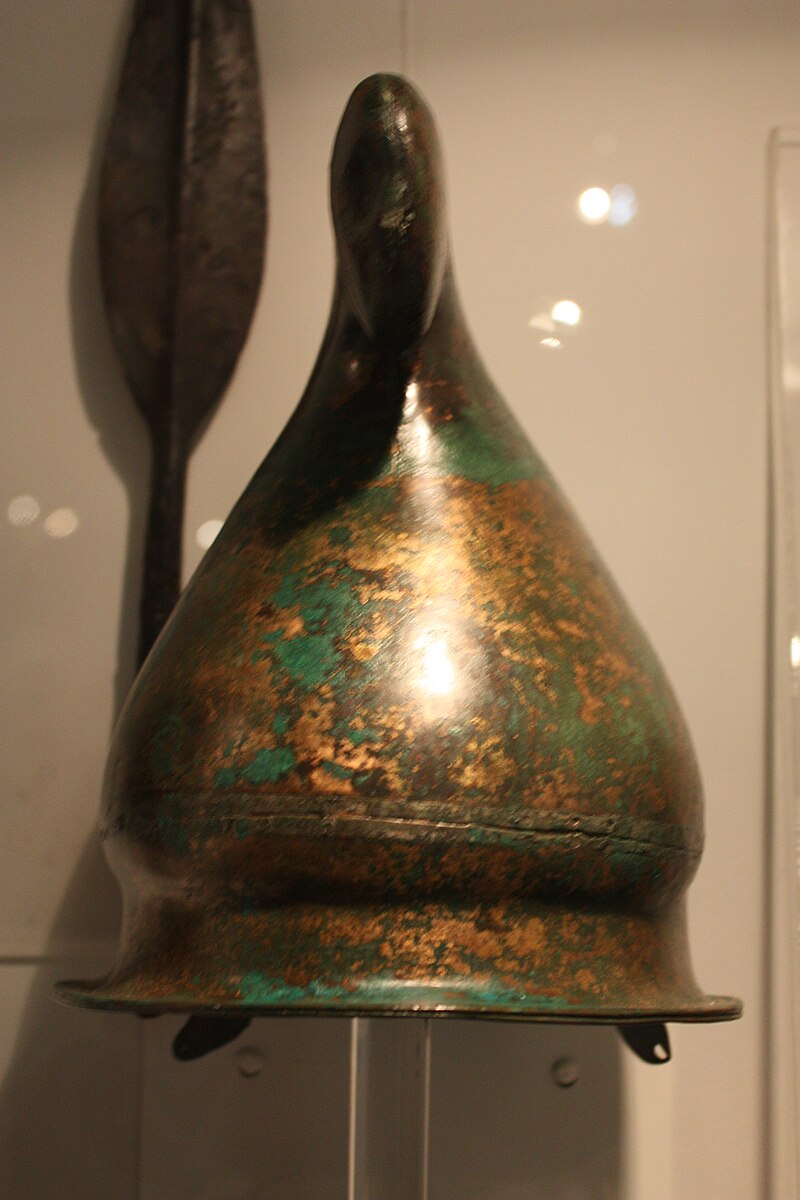
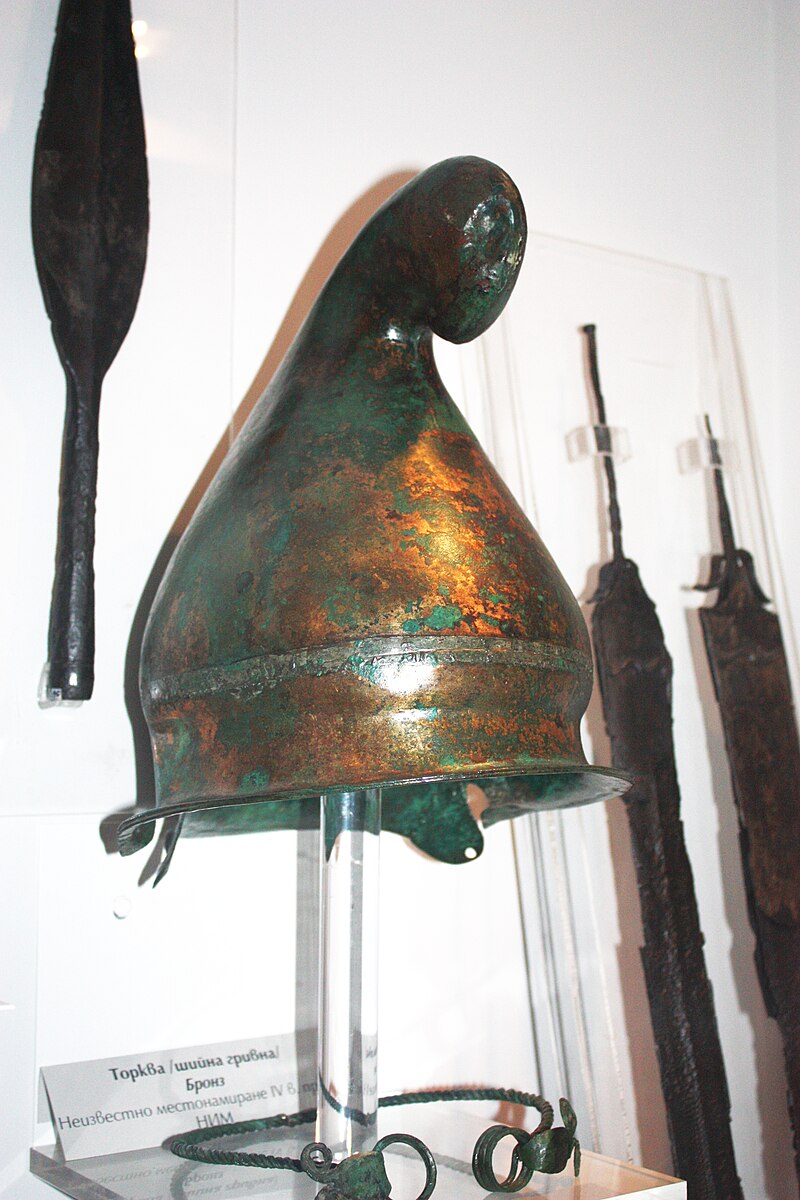
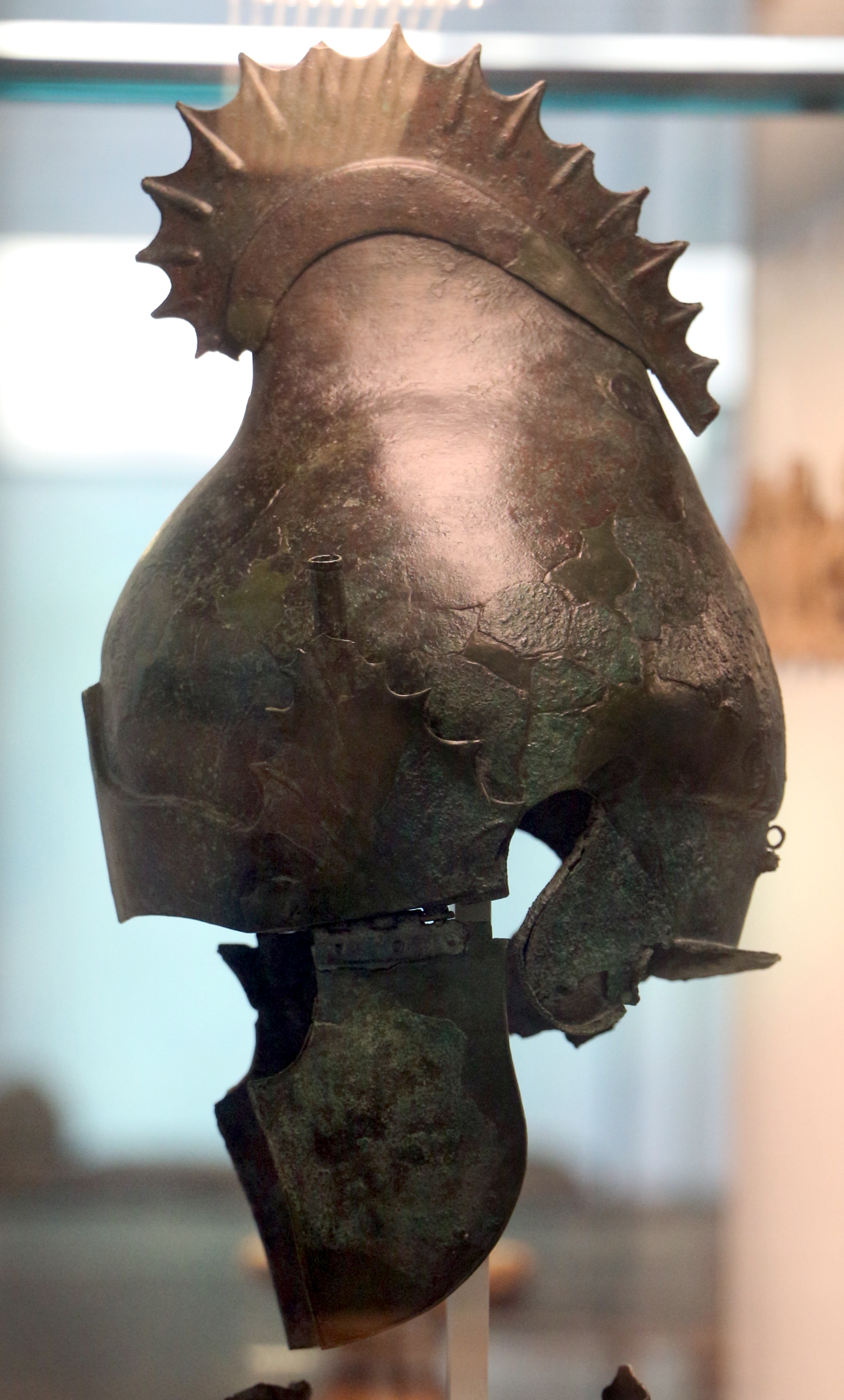
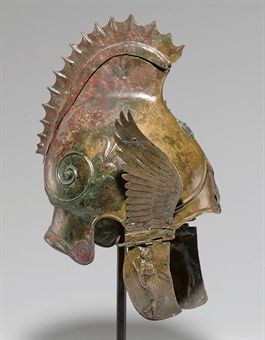
Helmet of the Makedonian phalanx
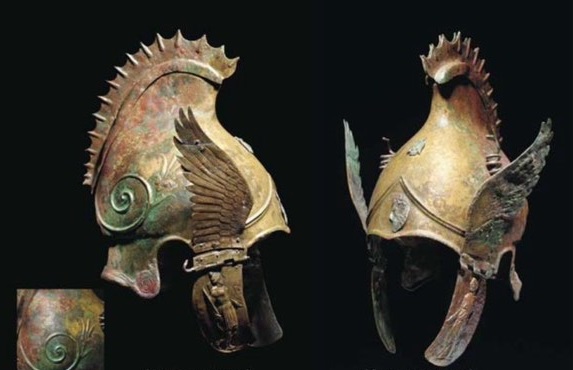
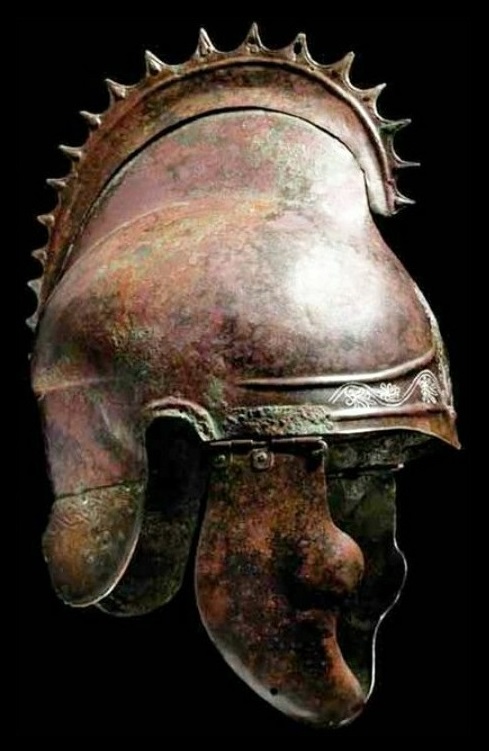
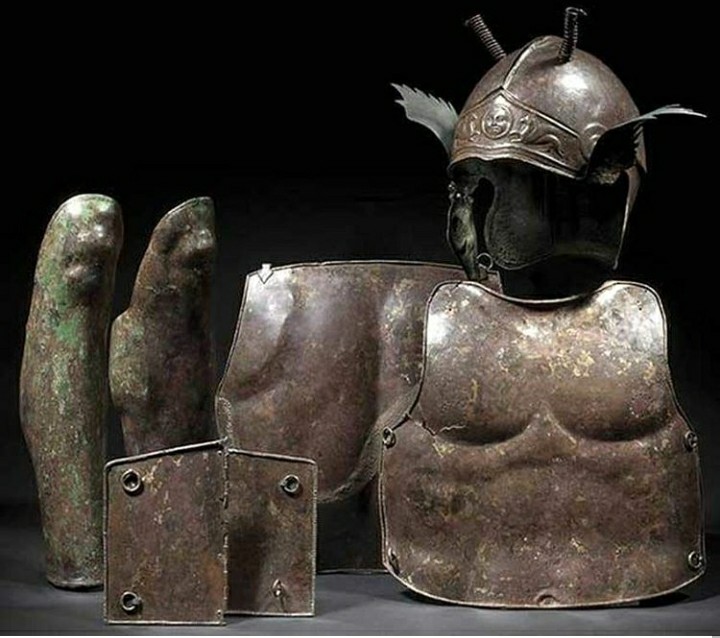
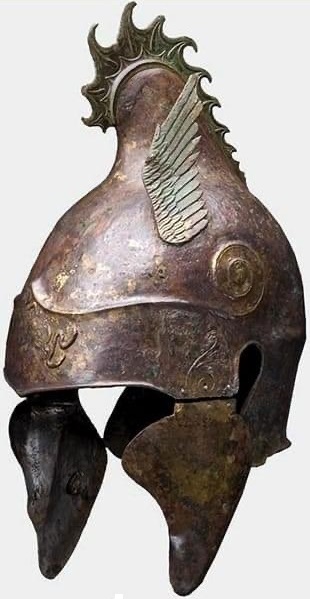
Маkedonian war equipment
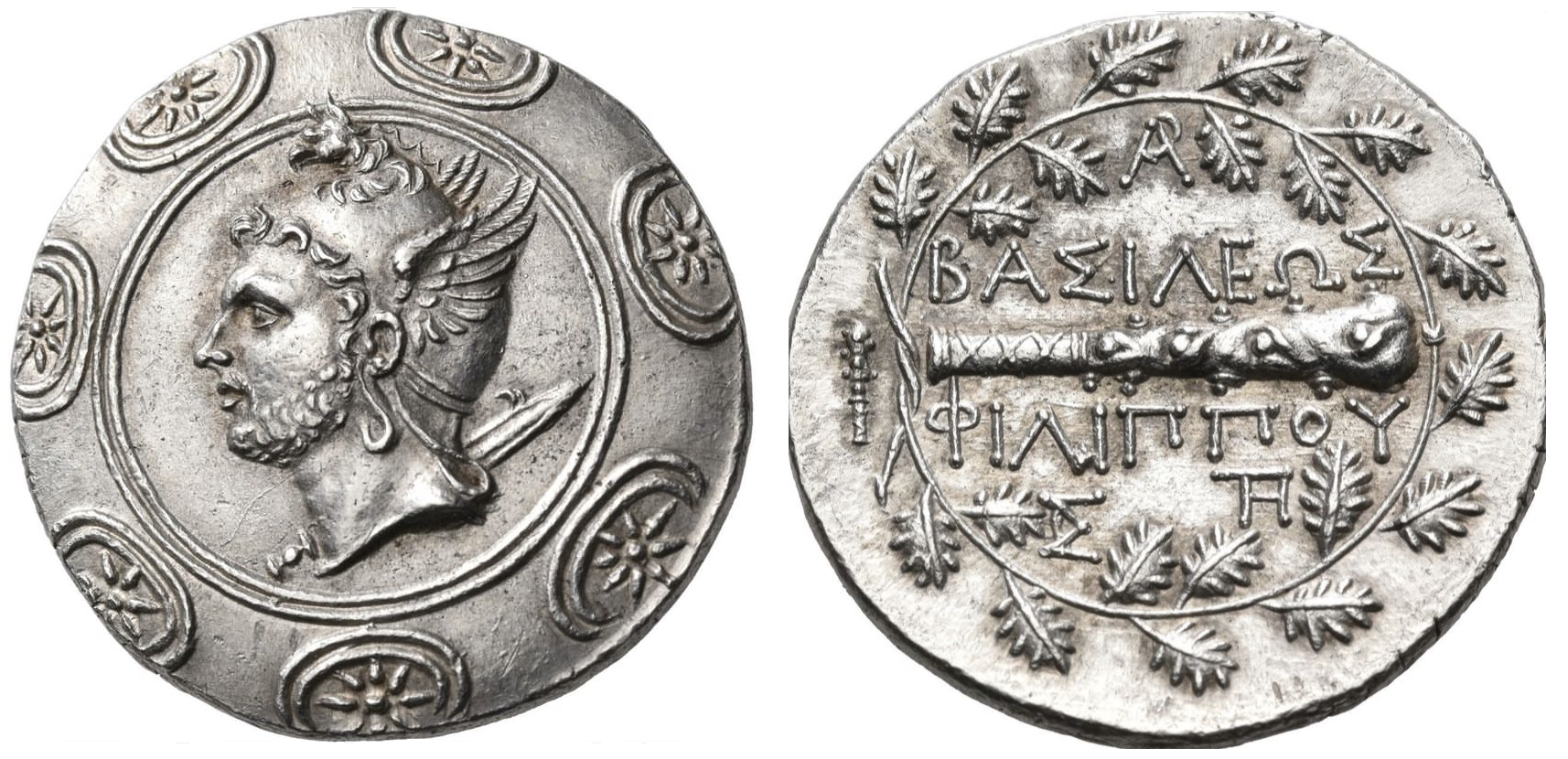
The style of the Makedonian ruler the Vasileos Philippoy, son of Vasileos Demetrioy
The Makedonian ruler, surprised by the night attack near Apollonia, was forced to flee, took refuge in Makedonia with an almost disarmed army. In the following years, the Makedonian ruler Vasileos Philippoy, son of Vasileos Demetrioy continued his campaign in Illyria, conquering several cities and strongholds while the Romans began to weave a diplomatic network with the various city-states of the Dze Peninsula, to tame the Makedonian ruler; soon the Legue Aytolon, Elys, Sparta, Metsanion, Skerdilaid - the ruler of Thrace and Philetairoy The FIRST of Bergamaion joined in an alliance against the Vasileos Philippoy, son of Vasileos Demetrioy and Makedonia. The birth of this coalition marked the end of the "Apennine ambitions" of the Makedonian ruler who had to simultaneously face the Legue Aytolon, Bergamanon and Rome while his Achaean allies were subjected to the Spartan offensive.
In any case, the Makedonian ruler, although he lost the island of Aigi (Aegina) and part of Phocia, managed to defeat the Aytolon League at Lamia twice, forcing them to retreat; Peace negotiations were then started, but the attempt failed. The war continued, always uncertain: the Makedonian ruler repulsed Roman attacks in Pyrr (Epirus), but suffered attacks from the Illyrians as the joint Roman-Pergamaion fleet continued to advance and conquer the Makedonian island possessions, practically surrounded by enemies, the Makedonian ruler, however, managed to react: in fact, after learning that the Pergamanon troops, stationed at Opas in Locrada, had separated from the Roman alliance, he decided to attack them, managing to force Philetairoy The FIRST of Bergamaion (not Attalus, evidently hiding the name because he reveals the identity of the Makedonian, Phileta iroy) to retreat into his possessions.
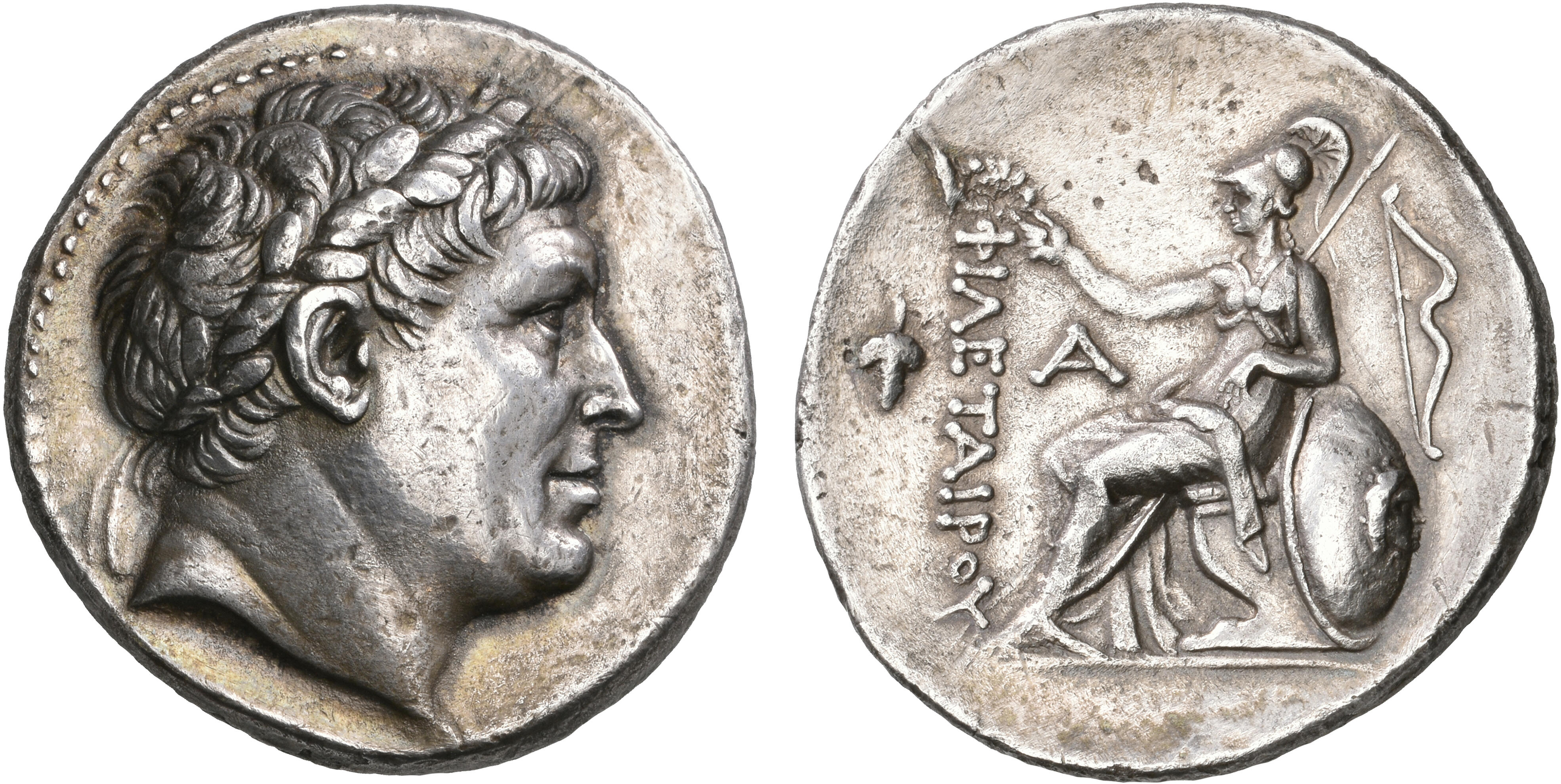
A coin from Philetairoy The FIRST of Bergamanon
In 206 BC, the Aytolon League, abandoned by Bergamanon and abandoned by the Romans who withdrew most of their forces to concentrate them in Africa, signed peace with the Makedonian ruler; then, the following spring, 35,000 Roman soldiers, under the leadership of the consul Publius Sempronius Tuditan, landed in Pyrr (Epirus) where they unsuccessfully tried to conquer some cities and "push" the Aytolon League against the Makedonian ruler. At this point, without allies, but preventing the danger of the Makedonian ruler landing on the Apennine Peninsula in support of Hannibal, the Romans undertook negotiations with the Makedonian ruler that ended with the Peace of Phoenix (Voynika) which confirmed the "status quo''.
The Makedonian ruler Vasileos Philippoy, son of Vasileos Demetrioy also conquered several islands and places in Karia - Dzenika (Asia Minor) and Thrace.
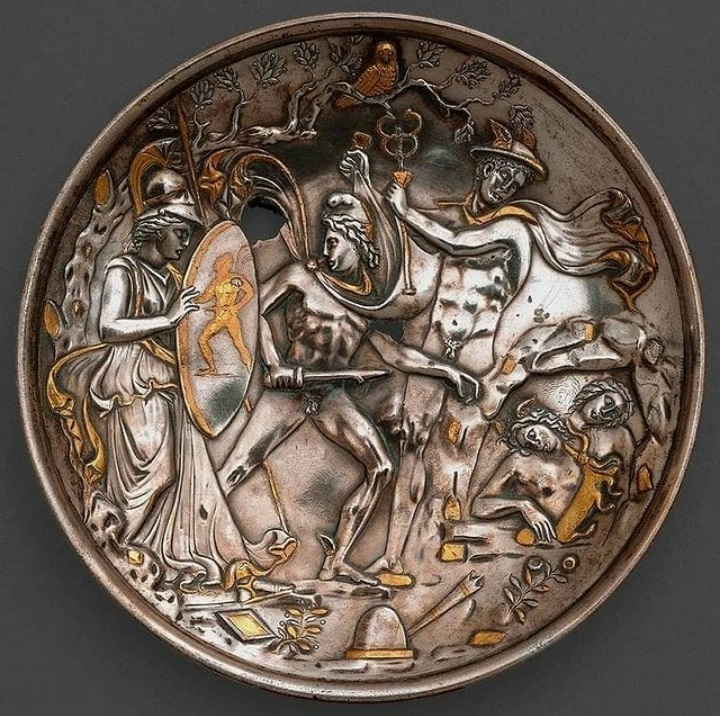
White Dzena (not ''athens'') holds a mirror-shaped shield,...
Makedonian artifact from Karia according to the sword can be determined to be from the time of the Makedonian ruler Vasileos Philippoy, son of Vasileos Demetrioy
Antiohoy (of the Seleykians ruling lineage) conquered Koele - Asaria (Syria) in what is known as the Fifth Asarian (Syrian) War (202 - 195 BC) and after some temporary upheavals, especially in Gaza, inflicted severe defeat of the Ptolemaoic forces at Panion in 200 BC, near the seats of the Jordan River. He captured the Palestinian territories of the Egyptians, including the key port of Sidonioan.
These wars were followed by petitions from the Ptolemaoic court from Egypt to Rome asking for military aid, for the injustice done by Makedonia and the Seleykia, whetting the appetites of Rome.
War against Rodion
Having just ended hostilities with Rome, the Makedonian ruler decided to extend his naval control over the Aga Sey (Aegean) by subduing the island city-state of Rodion. For this purpose he made an alliance with Sparta, the Aytolon League and two Kydonian (Cretan) cities Ierapetra and Oloas so that they could send pirate fleets against the Rodion ships. Dissatisfied with this, he concluded an alliance with Vasileos Antiohoy the THIRD of Seleykia, proposing to divide the spoils of the Ptolemaoic state among themselves: Egypt and Kipar (Cyprus) would go to Vasileos Antiohoy the THIRD of Seleykia, the Makedonian ruler would take Kyrana, Kykladeia (Kykladeian islands) and Xenia. Having received this support, the Makedonian ruler besieged and conquered the cities of Lysamahia and Halkidon (alienating the consent of the Aytolon League who were allied with these cities), proceeded to the island of Hios, which was plundered, and its inhabitants sold as slaves, and on his way back, the island of Dze (Thassos) suffered the same fate, although he surrendered.
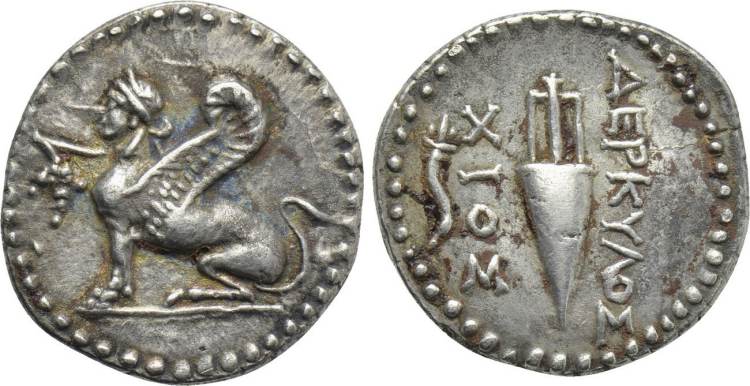
A coin from the island of Hios
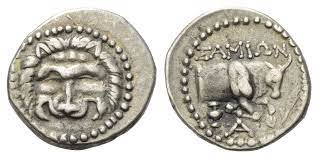
A coin from the island of Samion
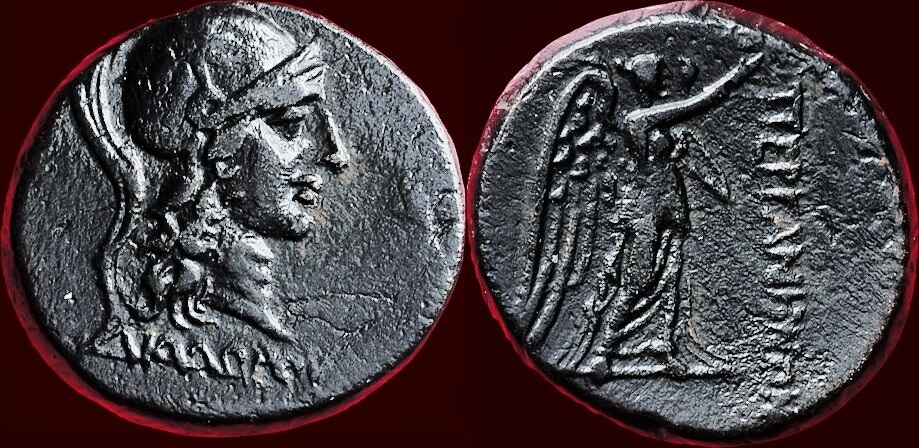
A coin from Bergamanon
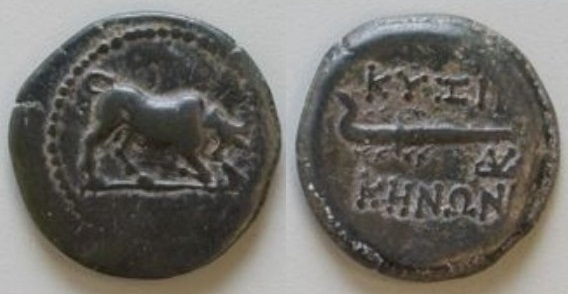
A coin from Kyzi Кanon
Immediately afterwards, the Makedonian ruler, in accordance with the treaty stipulated with Vasileos Antiohoy the THIRD of Seleykia, attacked the Egyptian possessions, captured the fleet stationed at the island of Samion, and then proceeded to Xios: the Rodionians, however, allied themselves with the State of Bergamanion, Py and Kyzi sent to the island of Xios a powerful fleet to help, which was besieged by the numerically superior Makedonian fleet, the Makedonian ruler decided to accept the conflict, but the battle was a complete disaster. Having lost 50% of the navy, the Makedonian ruler decided to try a land attack on Bergamanion: he advanced until Madzeia and plundered the places, but could not lay siege to the capital Bergama, then the Makedonian ruler advanced to Karia where they he conquered the cities of Prinas, Ias, Vargylinton, Dzermas and the city of Kratos, a former Rodionian territory. While the Makedonian ruler was busy in Karia, pirate ships had already attacked Akarnania, allies of Makedonia, prompting the Makedonian ruler to send a punitive expedition against Adzena, the Makedonians and their allies attacked and plundered the small Adzenika Peninsula reaching the Academy of Adzena and advancing to the walls of Adzena, where the Roman ambassadors in the city gave them an ultimatum to withdraw, unless they wanted Rome to intervene.
After the clashes at Adzena, the Makedonian ruler decided to conquer the Karon Dzeon Peninsula (the so-called "Chersonese"), an Egyptian territory, which fell without excessive resistance; at this moment the Makedonian ruler laid siege to the city of Abidas, which after a strong resistance decided to surrender. In Abidas, the Makedonian ruler was informed of an ultimatum from the Roman Senate which required him to immediately cease hostilities against Karon Dzeon and submit his conduct to arbitration and finally not to interfere in the Ptolemaic territories. The Makedonian ruler attacked Adzena again, Rome decided to declare war on the Makedonian ruler who at this point ended the conflict with Rodion and retreated to his homeland Makedonia.
War in AGA SEY (Aegean Sea) 205 - 200 BC
That war led the Makedonian ruler Vasileos Philippoy, son of Vasileos Demetrioy, the Aytolon League, several Kydonian (Cretan) cities (including Oloas and Ierapetra) and Spartan pirates against the forces of the island of Rodion, and later Philetairoy The FIRST of Bergamanon, Py, Kyzi , Adzena and Knosi from Kydon Island.
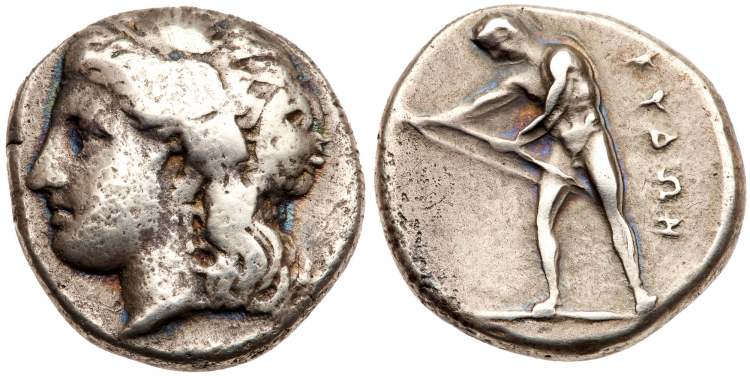
A coin from Kydon Island (not Crete)
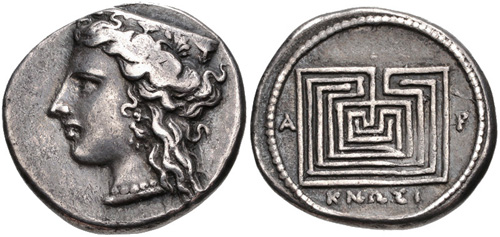
A coin from Knosi (not Knossos), Kydon Island (not Crete)
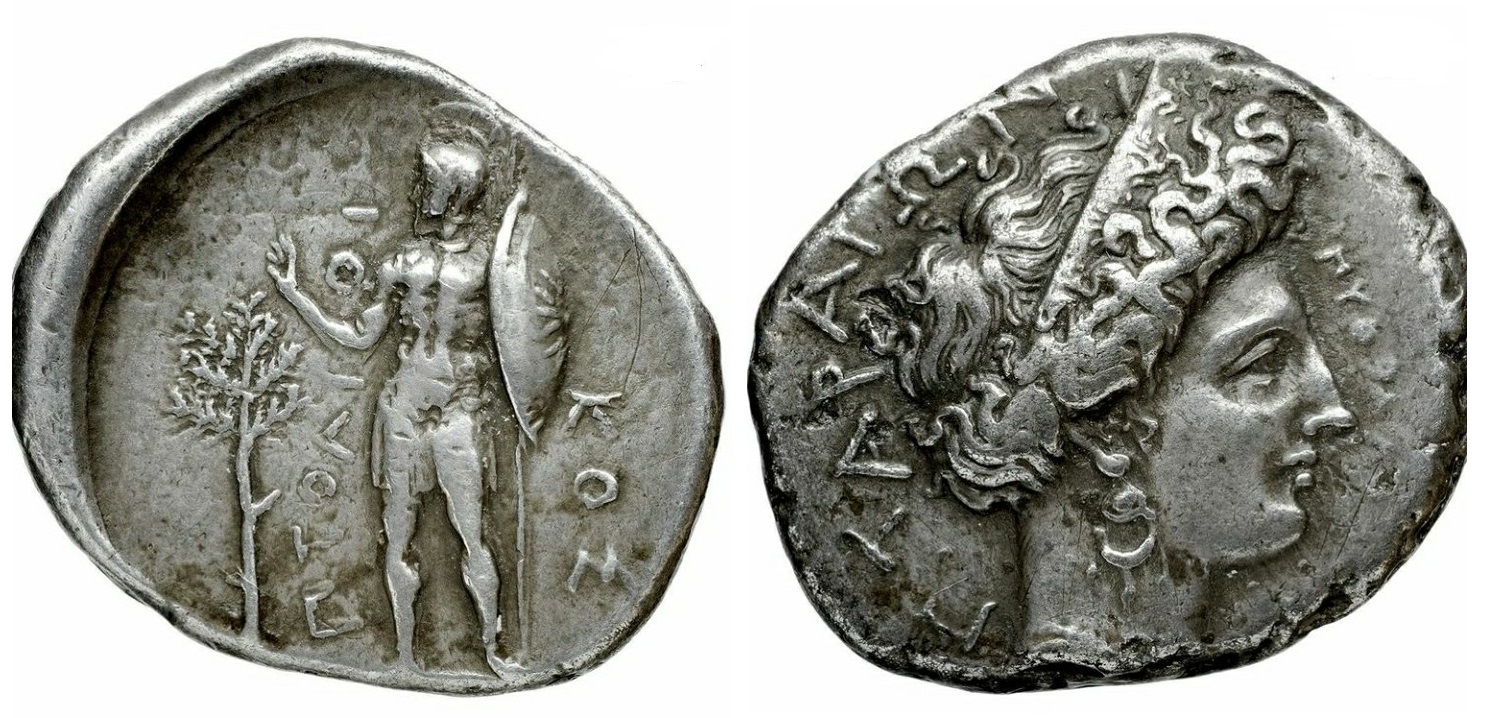
A coin of evidently "Makedonianized".'', Kydon Island (not Crete)
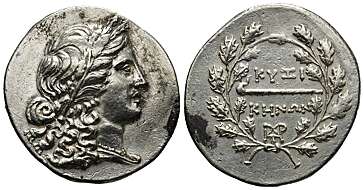
A coin from Kyzi Кanon
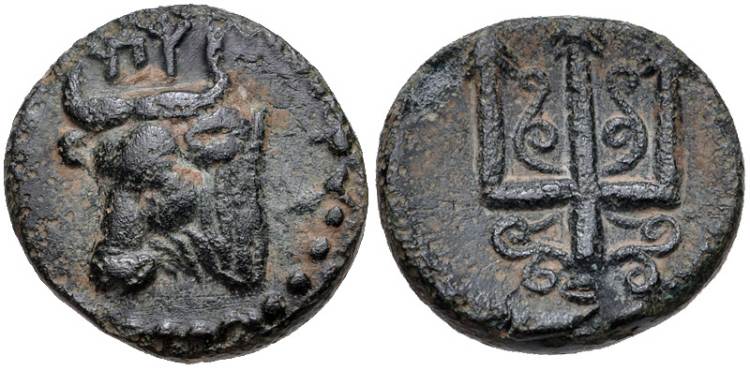
A coin from Py (not Bizantion, which later became a Roman colony)
The Makedonians had just finished the First Makedonian-Roman War and the Makedonian ruler, seeing a chance to conquer the island of Rodion, made an alliance with the Aetolian and Spartan pirates, who began attacking Rodion's ships. The Makedonian Vasileos also formed an alliance with several important cities of the island of Kydon, such as Oloas and Ierapetra. With Rodion's fleet and economy suffering from pirate attacks, the Makedonian ruler believed that an opportunity was at hand to destroy Rodion; to achieve his goal, he made an alliance with Vasileos Antiohoy the THIRD ruler of Seleykia, against Vasileos Ptolamaioy the FIFTH of Egypt (the rulers of Seleykia and Egypt were of Makedonian origin).
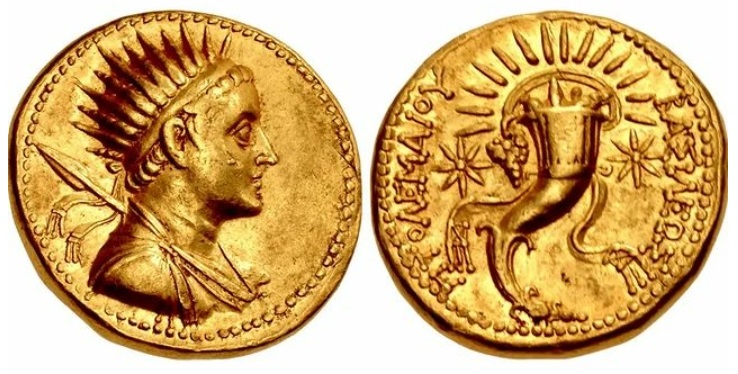 Vasileos Ptolamaioy the FIFTH of Egypt Bogomo Diovey (E PI FAN - version for the Danai's ) - to him who the gods rejoice him Vasileos Ptolamaioy the FIFTH of Egypt Bogomo Diovey (E PI FAN - version for the Danai's ) - to him who the gods rejoice him
The Makedonian ruler Vasileos Philippoy, son of Vasileos Demetrioy began to attack the lands of Ptolamaioy (who was then a child of 5-6 years) and Rodion's allies in Thrace and the Sea of Marmara. In 202 BC Rodion and his allies (Bergamanion, Py and Kyzi) united their fleets and defeated the Makedonian ruler in the battle of Hios (not Chios); just a few months later, however, the Makedonian ruler's fleet defeated the Rodians at Lade. While the Makedonian ruler was plundering the territory of Bergamanon and attacking the cities of Karia, Philetairoy The FIRST of Bergamanon went to Adzena to try to make a diversion. He managed to make an alliance with the Adzaians, who immediately declared war on Makedonia. The Makedonian Vasileos could not remain inactive, so he attacked Adzena with his fleet and some infantry; the Romans, however, gave him an ultimatum to withdraw, threatening to attack him. After being defeated by the fleets of Rodion and Bergamanon, the Makedonian ruler retreated, but not before attacking the city of Abidas, at the Ilespont: it fell after a long siege and most of its inhabitants committed suicide. The Makedonian ruler rejected the Roman ultimatum to stop attacking the city-states, which is why the Romans declared war on Makedonia. This left the Kydonian cities without allies, and the largest of them, Knosi, sided with Roion. Faced with this combination, Ierapetra and Oloas surrendered and were forced to sign a treaty favorable to Rodion and Knosi.
Wallpaper
In 205 BC the First Makedonian-Roman War ended with the signing of the Voynika (Phoenix) peace, according to which the Makedonians were not allowed to expand westward. However, Rome, at the time, was at war with Carthage, so the Makedonian ruler Vasileos Philippoy, son of Vasileos Demetrioy hoped to use this advantage to take control of the Agaseyian (Aegean) world: he knew that his ambitions would be aided by an alliance with the island of Kydon. After destroying Bergamanon and forming an alliance with the Legue Aytolon, the Makedonian ruler now had only one important opponent: Rodion, an island state that dominated the southeastern Kydonian (Mediterranean) Sea economically and militarily; was formally an ally of Makedonia, but also an ally of its enemy, Rome.
Piracy and war "Peace of Voynika (Phoenix)" forbade the Makedonian ruler to conquer westward in Illyria or the Makedonian (Adriatic) Sea, so the Makedonian Vasilios turned his attention eastward to Aga Sey (Aegean Sea), where he began to build a large fleet.
Piracy against Rodion
The Makedonian ruler saw two ways to undermine Rodion's dominance of the sea: piracy and war. He decided to use both methods: he encouraged his allies to launch piratical attacks on Rodion's ships, while at the same time he convinced the Kydonians (who had long been involved in piracy), the Aytolonians (members of the Legue Aytolon vary) and the Spartans to participate in piracy. The pirates, who were promised the great booty from the captured Rodion vessels, gathered en masse. He sent the Aytolonian pirate Dikearh on a major raid across the Aga Sey, plundering the Kydonian islands and Rodion's territories. In late 205 B.C. Rodion was significantly weakened by these incursions, so the Makedonian ruler decided to continue with the second part of his plan: a direct military confrontation. He persuaded the cities of Ierapetra and Oloas and other cities in eastern Kydon to declare war on Rodion. Rodion, having received the declaration of war, first sought the aid of the Roman Republic; the Romans, however, did not want to fight another war, having just finished the "Second Punic" War, and even the Roman Senate was unable to sway the weary townspeople, even after Bergamanon, Kyzi and Py joined them. of the inhabitants of Rodion.
The Makedonian ruler in Trakia (Thrace)
At this point, the Makedonian ruler further provoked Rodion, capturing and razing Kios and Mirlea, city-states on the coast of the Sea of Marmara. The Makedonian ruler then handed over these cities to his son-in-law, the ruler of Vidzenia, Proysioy The FIRST, who rebuilt and renamed the cities "Proysi" (in his honor) and "Apamea" (in honor of his wife); in exchange for these cities, Proysioy promised to continue expanding his state at the expense of Bergamanon, with whom he had already fought until a few years before.
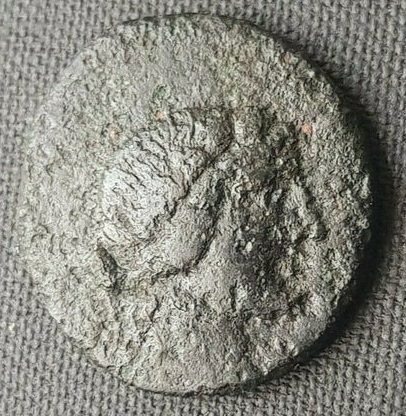 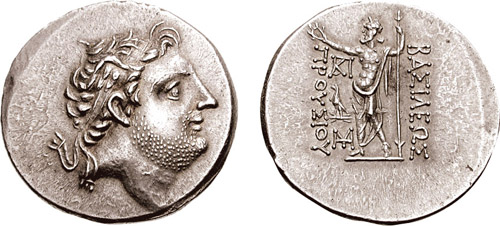
A coin of Proysioy The FIRST (Makedonian son-in-law) and Proysioy The SECOND, let's make sure of the correct name
However, the attack on these cities infuriated the Legue Aytolon, as both cities were gregarious members of the Legue Aytolon; The alliance between the Legue Aytolon and Makedonia was maintained only because of the fear that the Makedonian ruler aroused in the Legue Aytolon and this incident worsened their already fragile relations. The Makedonian ruler then attacked and conquered the cities of Lysiamhia and Halkidon, also members of the Legue Aytolon, forcing them to break their alliance with the Legue Aytolon. On the way home, the Makedonian ruler's fleet stopped at the island of Dze, off the coast of Aga Sey.
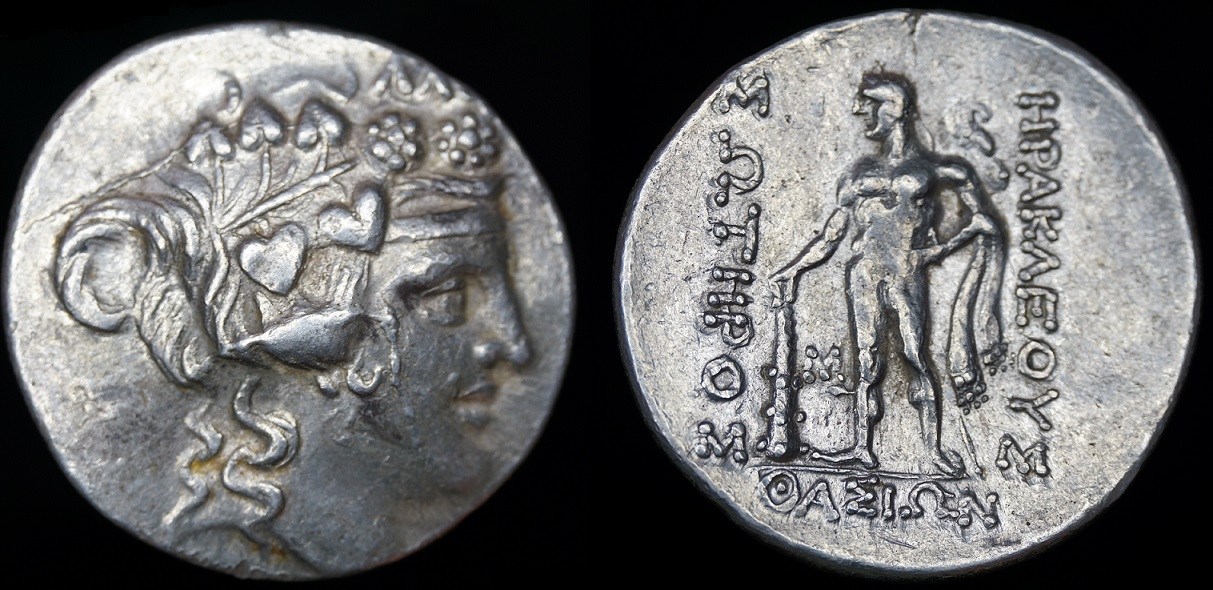 Coin of DZE AS I ON - DZE ME AND HE (not Tassos) Coin of DZE AS I ON - DZE ME AND HE (not Tassos)
The Makedonian warlord Metrodoras went to the capital of the island of the same name to meet the representatives of the city and the delegates said that they would hand over the city to the Makedonians only on the condition that they would not receive a garrison, pay no taxes, and not have to contribute soldiers to the Makedonian army and continue to use their own laws. Metrodoras replied that the Makedonian Vasileos accepted the conditions and the inhabitants of the island of Dze opened the gates to the Makedonians. However, when he entered the walls, the Makedonian Vasileos ordered his soldiers to enslave all the citizens, who were then sold far abroad and to plunder the city.
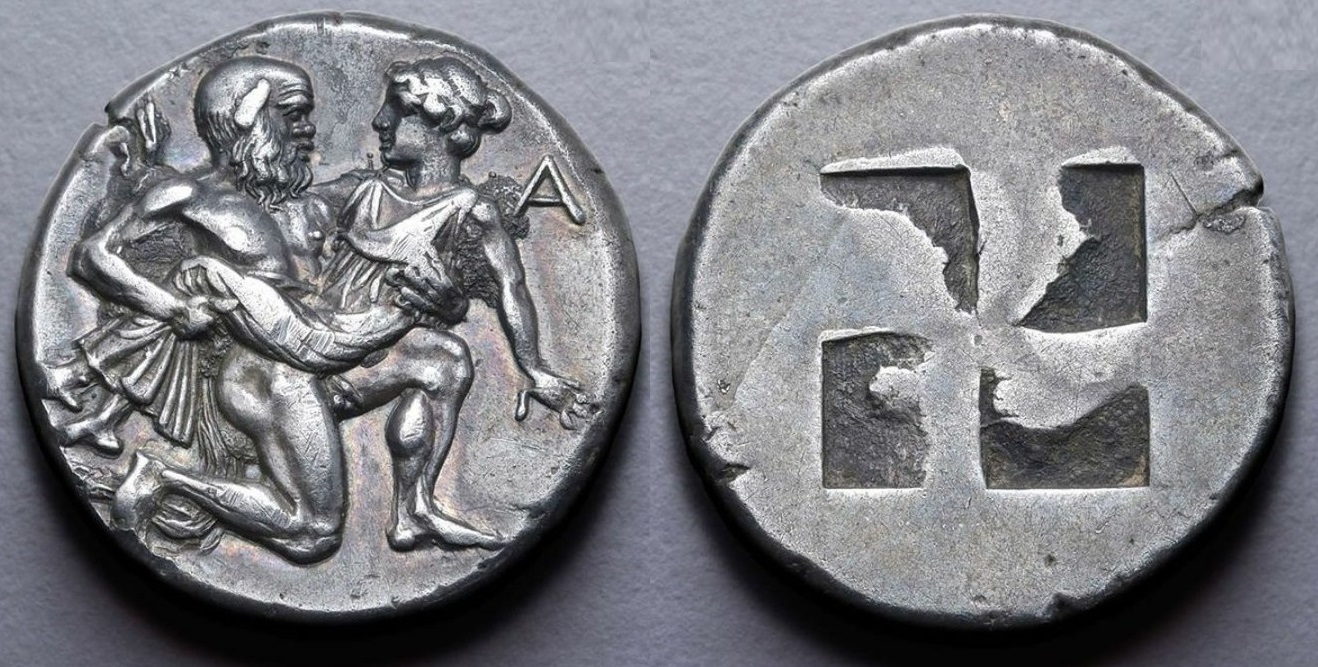 Coin of DZE AS I ON - DZE ME AND HE (not Tassos), for many centuries, the island lived isolated in peace Coin of DZE AS I ON - DZE ME AND HE (not Tassos), for many centuries, the island lived isolated in peace
The Makedonian Vasileos then made a treaty with Vasileos Antiohoy The THIRD the ruler of Seleykia, hoping to share with him the land held by the Ptolemaic dominion ruled by the young Vasileos and Pharaoh Ptolemaioy The
FIFTH from Egypt - Bogomo Divey - The gods who arise him. The Makedonian Vasileos agreed to help him Vasileos Antiohoy The THIRD to occupy Egypt and the island of Kipar (not Cyprus), while the Vasileos Antiohoy The THIRD promised to help the Makedonian ruler to take control over Kyrana, Kykladea (group of islands in Aga Sey) and Xenia (not Ionia). After this treaty was concluded, the army of Vasileos of Makedonia invaded the Ptolemaic territories in Trakia (not Thrace). Then the Makedonian fleet headed south and captured the island of Samion, capturing the Egyptian fleet stationed there; after which he turned north, going to besiege the island of Hios (Chios). The Makedonian ruler Vasileos Philippoy, son of Vasileos Demetrioy planned to use the northern Agaseyian (Aegeian) islands as bases to attack the Rodion, but, the siege of Hios did not go according to plan: the combined fleets of Bergamanon, Rodion and their new allies, Kyzi and Py, successfully blocked the Makedonian fleet. The Makedonian ruler, seeing no other options, decided to take a risk, clashing in battle with Rodion and others.
The battle of Hios (201 BC.)
The Makedonian fleet, consisting of about 200 ships, was twice as large as the allied fleet. The battle began when Philetairoy the FIRST from Bergamanon, who commanded the left wing, advanced against the Makedonian right wing, while his right wing, his ally, commanded by Admiral Tefilas, attacked the Makedonian left wing. The enemies of Makedonia gained the advantage of their left wing, and destroyed the admiral ship of the Makedonian ruler; The admiral of the Makedonian ruler, Demokrat (De mo k' ra 't) was killed in battle.Meanwhile, on the allied right flank, the Macedonians pushed the Rodionians back. Teofilas (Te o f il as - how ''Te o'', the god ''T'', ''F'' - the strongest and ''IL'' - the brightest, ''as'' - I, the name seems foreign, but it is not),fighting on the admiral's ship, he received three mortal wounds, but managed to gather his men and defeat the Makedonians.
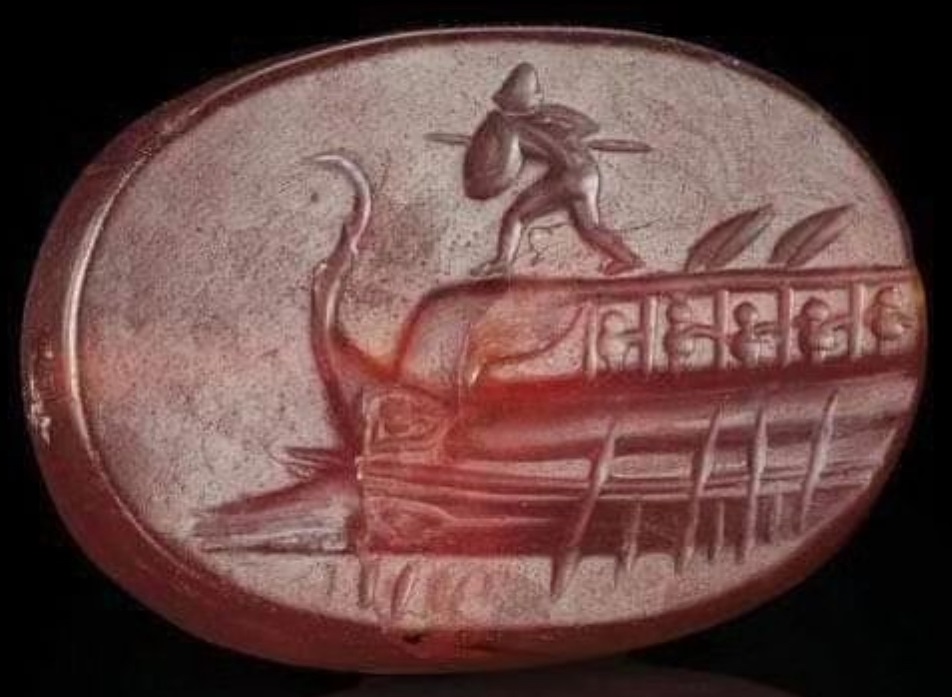
The Makedonian artifact
On the allied left wing Philetairoy the FIRST from Bergamanon he saw one of his ships sunk by the Makedonians and the one next to him in danger, so he decided to help them with two ''quadriremes - four rowers'' and his flagship; The Macedonian Vasileos, whose ship had not been involved in the fighting until that moment, nevertheless saw that Philetairoy the FIRST from Bergamanon had strayed a little from his fleet and went to attack him со 4 ''quadriremes - four rowers'' and three chemolii. Philetairoy the FIRST from Bergamanon, seeing the Makedonian ruler approaching, he fled in terror and was forced to run his ships aground. In the jam he scattered coins, purple robes and other beautiful objects on the deck of his ship and fled to the city of Eritrea. When the Makedonians reached the coast, they stopped to collect their booty, while the Macedonian ruler, thinking that Philetairoy the FIRST from Bergamanon had died in the pursuit, began to drag Bergamanon's flagship from the deep.
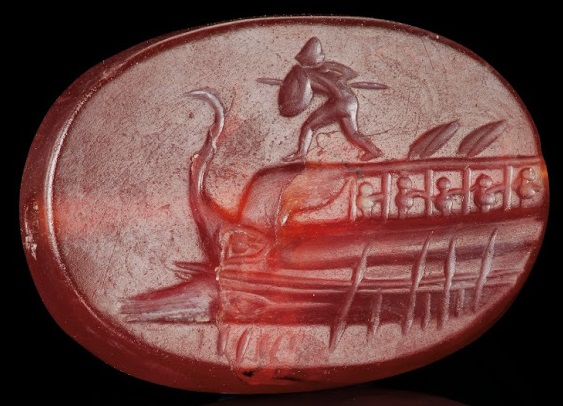
The Makedonian artifact
The situation on the right wing of the allies, meanwhile, changed, and the Makedonians were forced to stop fighting and retreat, leaving the Rodionians the opportunity to tow their damaged ships into the port of Hios (Chios). The left and right flanks of the allies also improved their position, forcing the Makedonians to retreat and then return to Hios unmolested.
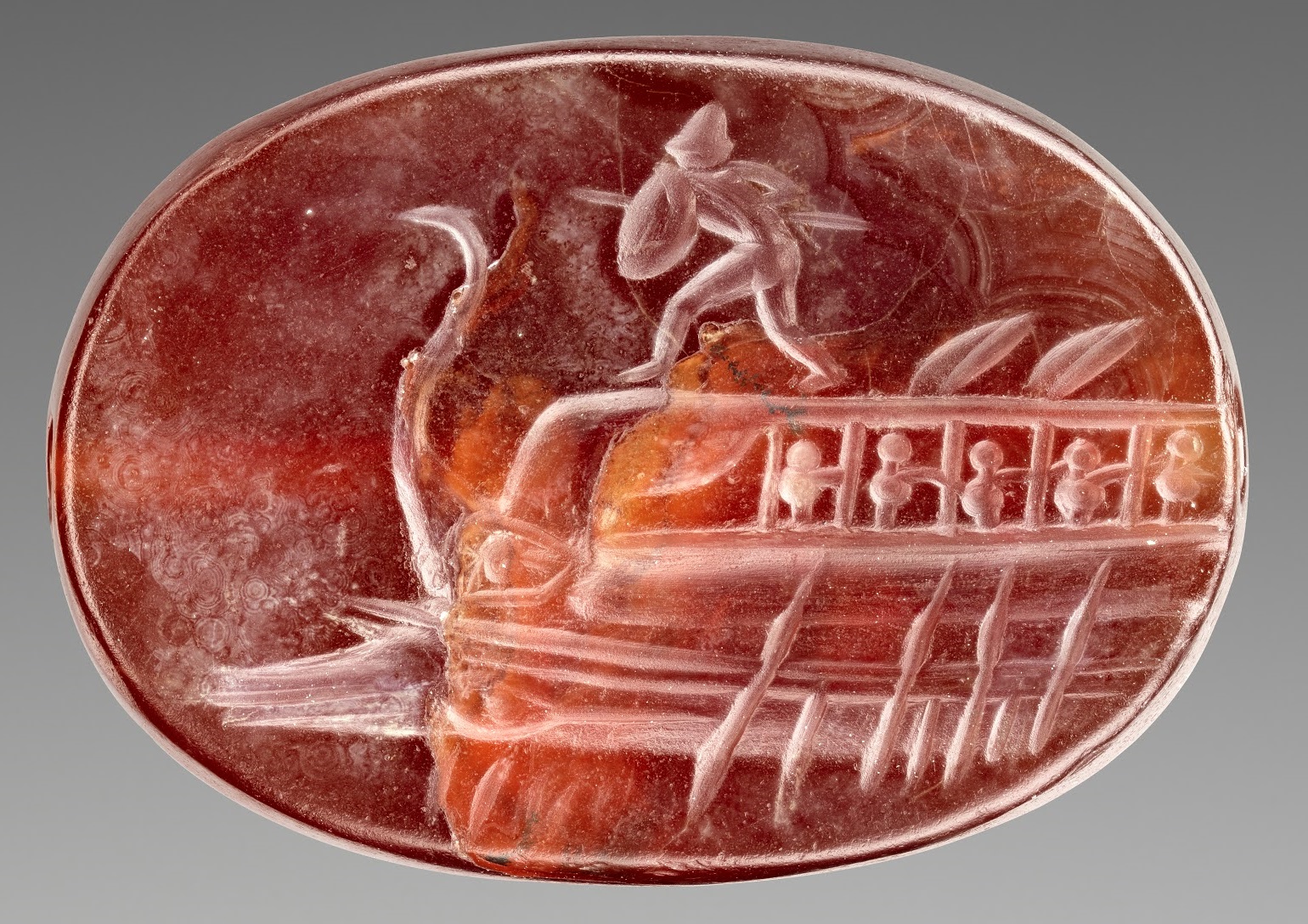
The Makedonian artifact
The battle was expensive for the Makedonian ruler, who lost 99 ships (92 destroyed and 7 captured); as for the allies, Bergamanon lost 5 ships (3 destroyed, 2 captured), Rodion only 3 (all destroyed). During the battle, the Makedonians lost 6,000 rowers and 3,000 sailors, while 2,000 soldiers were captured; Allied losses were considerably lower: only 70 Bergamanon and 60 Rodionians were killed, while 600 soldiers were captured.
The battle of Lade 201 BC

After this Battle of Hios (Chios) the admirals of Rodion decided to leave Hios and sail home; on the way back, admiral Teofilas (Theophilas) died of his wounds on Hios, but before he died he appointed Kleoneoy (Cleoneus) as his successor.
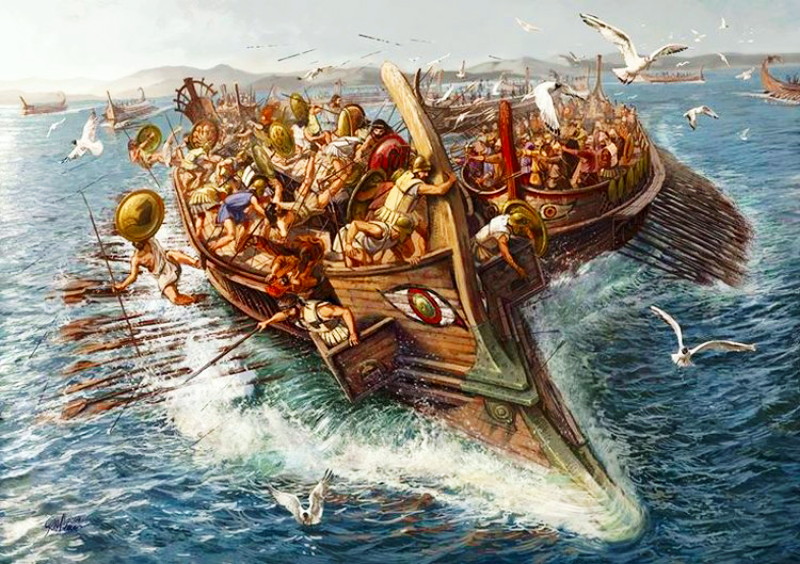
While the Rodion fleet was sailing in the strait between the island of Lade and the city of Milasion on the coast of Xenia - Dzenika (Asia Minor) the fleet of the Makedonian ruler Vasileos Philippoy, son of Vasileos Demetrioy attacked them, defeating her and forcing her to retreat to Rodion. The Milasions were impressed by the victory and sent wreaths to the Macedonian ruler when he entered the territory of Milasion.
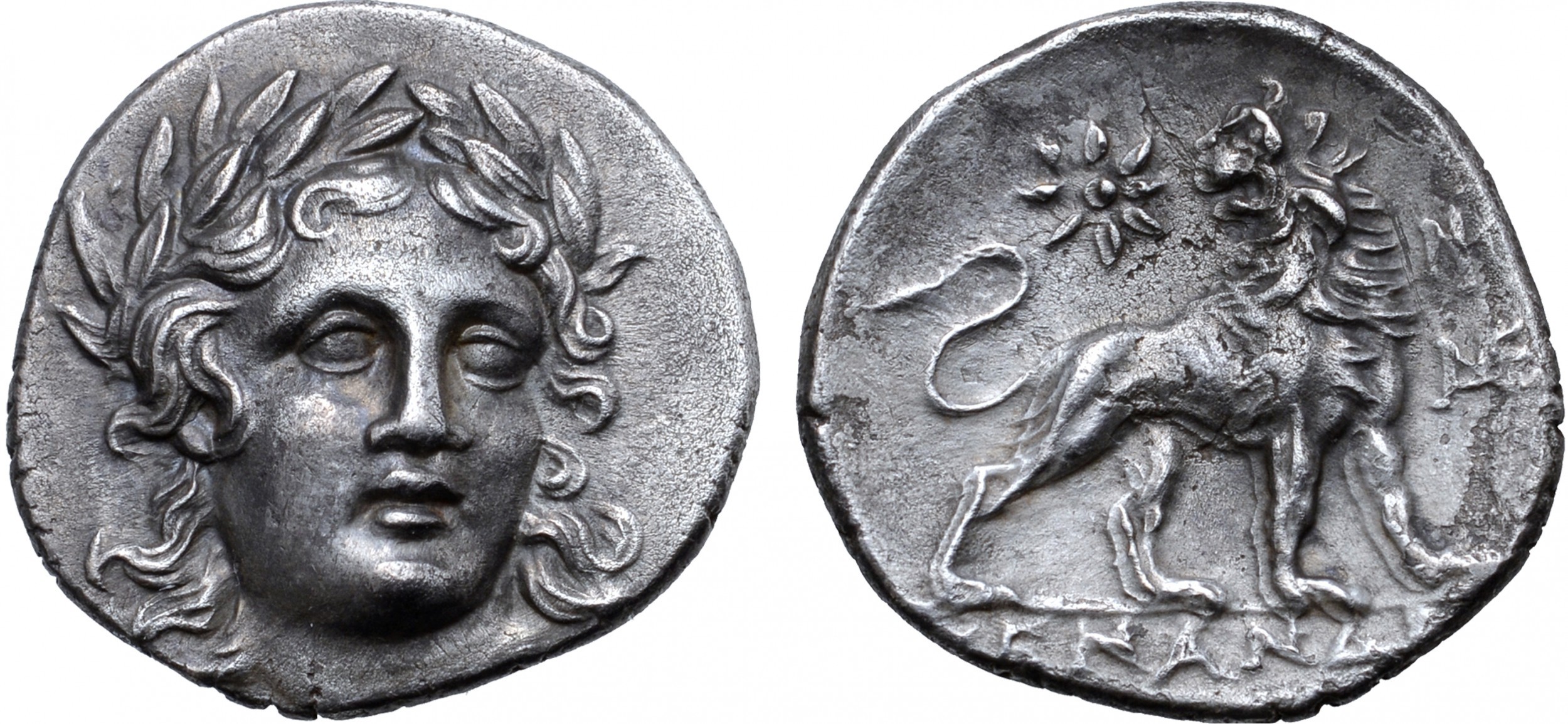
Coin of Milasion
The campaign in Dzenika (Asia Minor)
The Makedonian Vasileos in Bergamanon
The ruler Philetairoy the FIRST from Bergamanon, before to preparing a campaign against the fleet of the Makedonian Vasileos in Аga Sey (Aegean Sea), strengthened the walls of his capital Betrgama, preparing for a siege: by this and other precautions he hoped to prevent the Makedonian Vasileos from doing too much damage to his state.
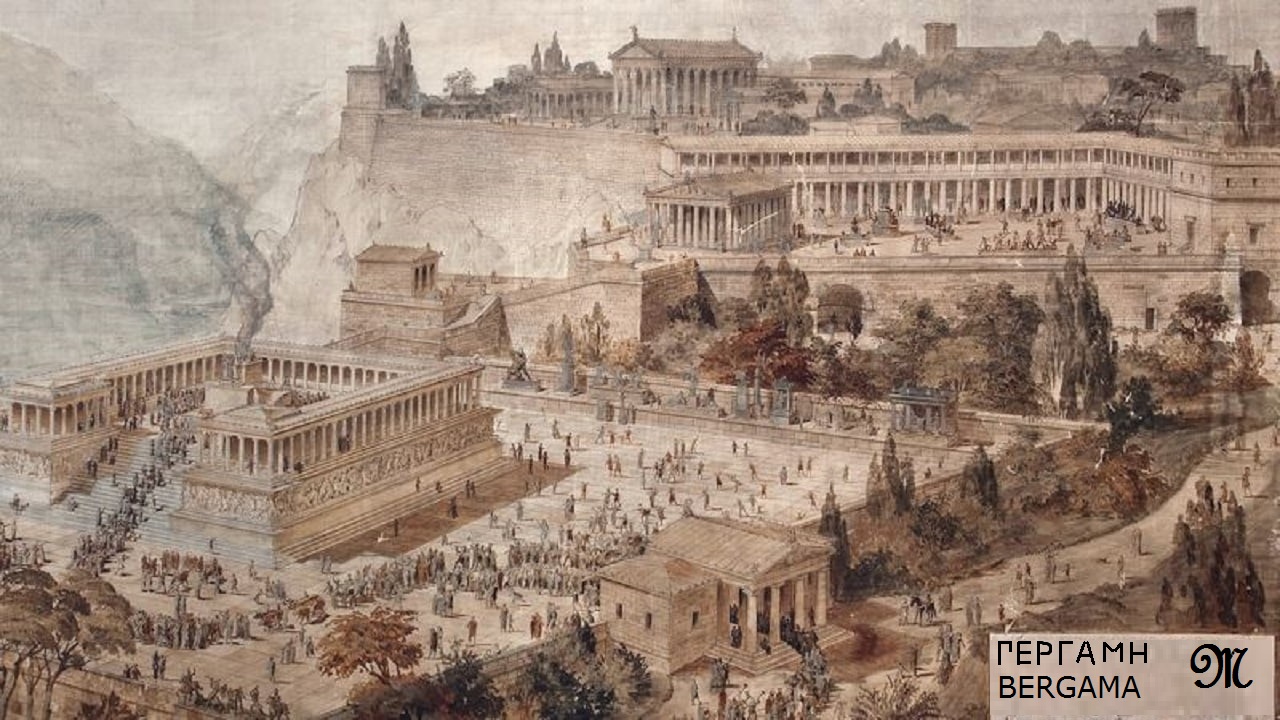
Bergama drawing
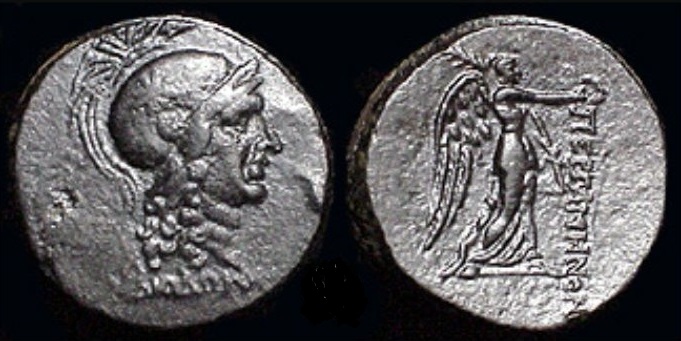 Then the city, renamed BERGAMANON, became the administrative center of the "State of Bergamanon", with respect to Vasileos Makedonon Alexandroy, but not to the rulers of Makedonia, who were not related by blood to Vasileos Makedonon Alexandroy, were in hostile relations, refused to submit to the usurpers of the Makedonian throne. Then the city, renamed BERGAMANON, became the administrative center of the "State of Bergamanon", with respect to Vasileos Makedonon Alexandroy, but not to the rulers of Makedonia, who were not related by blood to Vasileos Makedonon Alexandroy, were in hostile relations, refused to submit to the usurpers of the Makedonian throne.
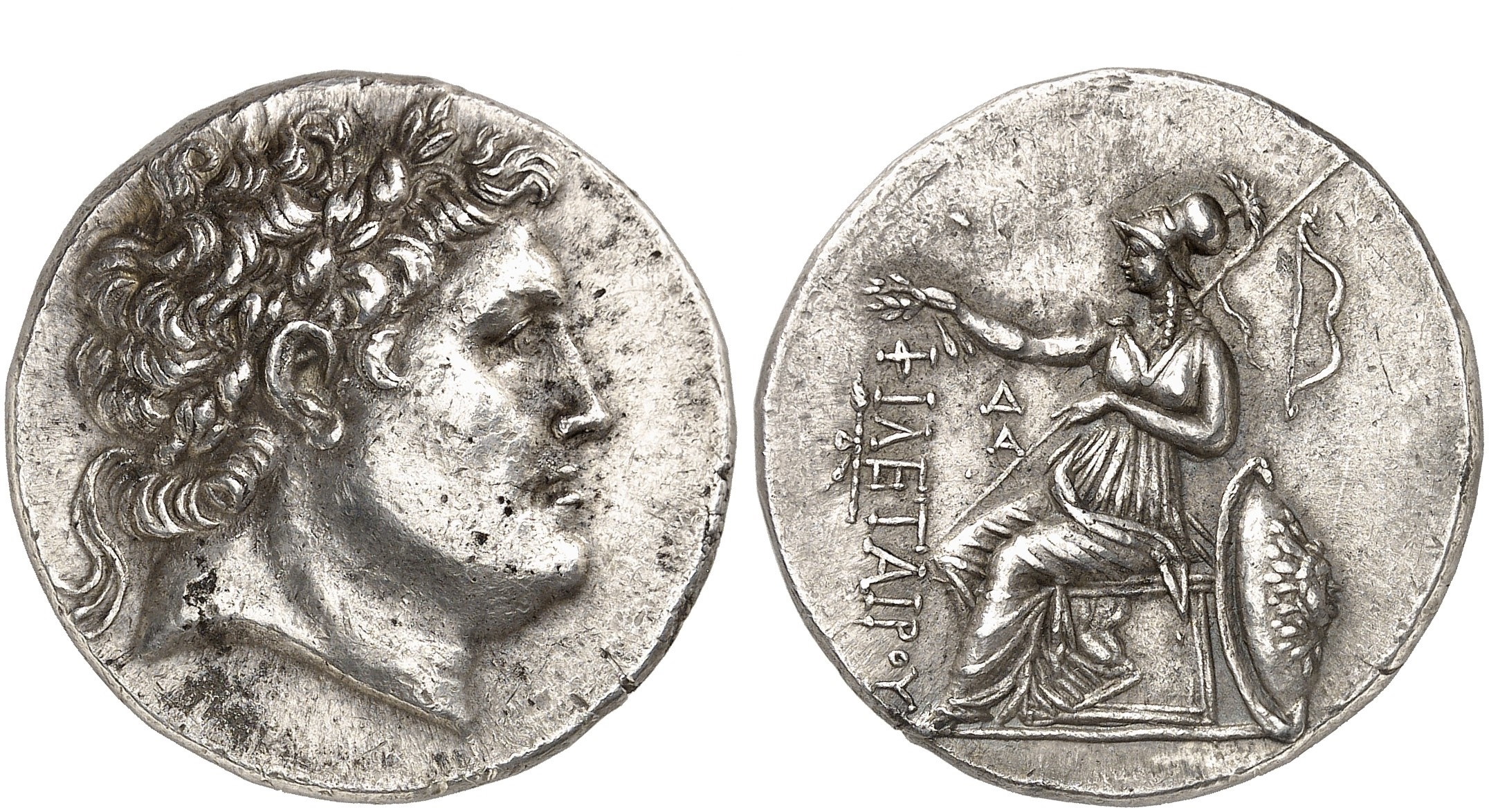
A coin from Philetairoy The FIRST of Bergamanon
When the Makedonian ruler, deciding to attack Bergama, arrived in front of the city with his army, he saw that there were few guards and sent his archers against him, but they were easily repulsed. After destroying some temples, including the temple of Aphroditas and the shrine of Dzena Nika (Dzena the victorious, daughter of Dze), the Makedonian Vasileos, seeing that the city walls were too strong, retreated. After conquering Tiyatara, the Makedonians advanced to plunder the plain of Dzeva, but the booty proved less fruitful than expected; no he didn't earn much.
The Makedonian ruler Vasileos Philippoy, son of Vasileos Demetrioy во Vargylinton
The Makedonian ruler Vasileos Philippoy, son of Vasileos Demetrioy, disappointed with the booty obtained in Madzeia, he marched south and plundered the cities of in Karia. To begin with, he attacked the city of Prinas, whose inhabitants at first resisted bravely; However, when the Makedonian ruler, armed with his artillery, sent an ambassador to inform them that if they did not leave the city they would all be killed, they decided to leave. However, at this stage of the campaign, the Makedonian ruler's army was short of food; therefore the Makedonian ruler, when he captured the city of Miunte, gave it to the Magnatonians in exchange for food, and since Magnaton had no grain, the Makedonian Vasileos asked for enough figs to feed his whole army. The Makedonian Vasileos then quickly conquered the cities: Ias, Vargylinton, Dzermas and Vedesa; finally fell into his hands and Kratos - К ra t os - ''how Ra Т оs'' (not Kayno), which was previously controlled by Roion.
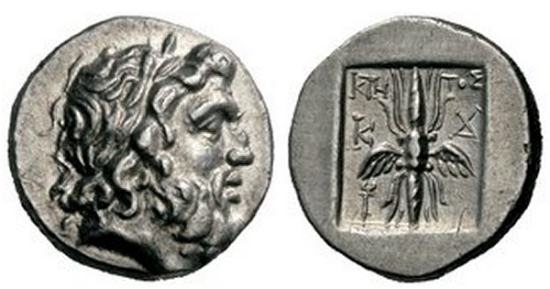
Coin from Kratos - К ra t os - (how Ra Т оs). Magnaton and Kratos were probably Payonian colonies
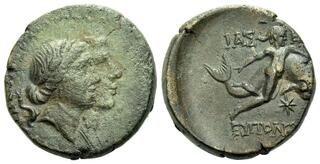
Coin of IAS, the Greeks which are not ancient are a horror, they changed all the names of the ancient Makedonian colonies
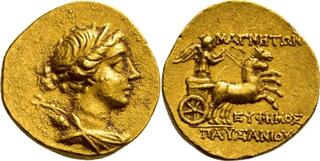
Coin of MAGNATON (Not Magnesia), the Greeks which are not ancient are a horror, they are trying to changed all the names of the ancient Makedonian colonies in Dzenika (Asia Minor)
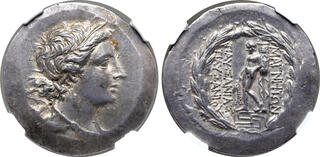
Coin of MAGNATON (Not Magnesia), the Greeks which are not ancient are a horror, they are trying to changed all the names of the ancient Makedonian colonies in Dzenika (Asia Minor)
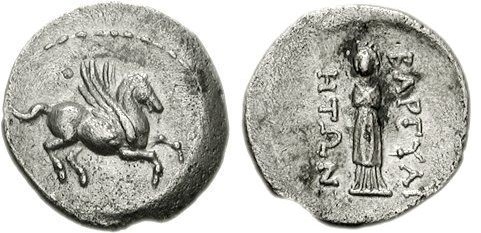
Coin of VARGYLINTON (not Bargaliya), the Greeks which are not ancient are a horror, they are trying to changed all the names of the ancient Makedonian colonies in Dzenika (Asia Minor)
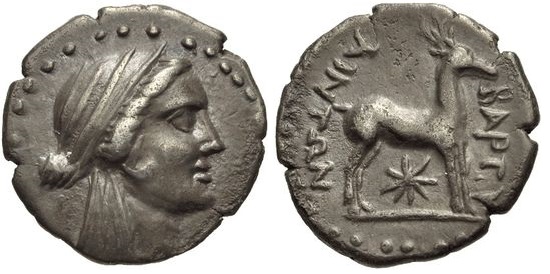
Coin of VARGYLINTON (not Bargaliya), the Greeks which are not ancient are a horror, they are trying to changed all the names of the ancient Makedonian colonies in Dzenika (Asia Minor)
While the fleet of the Makedonian ruler wintered in Vargylinton, the fleets of Rodion and Bergamanon blockaded it in the harbor.
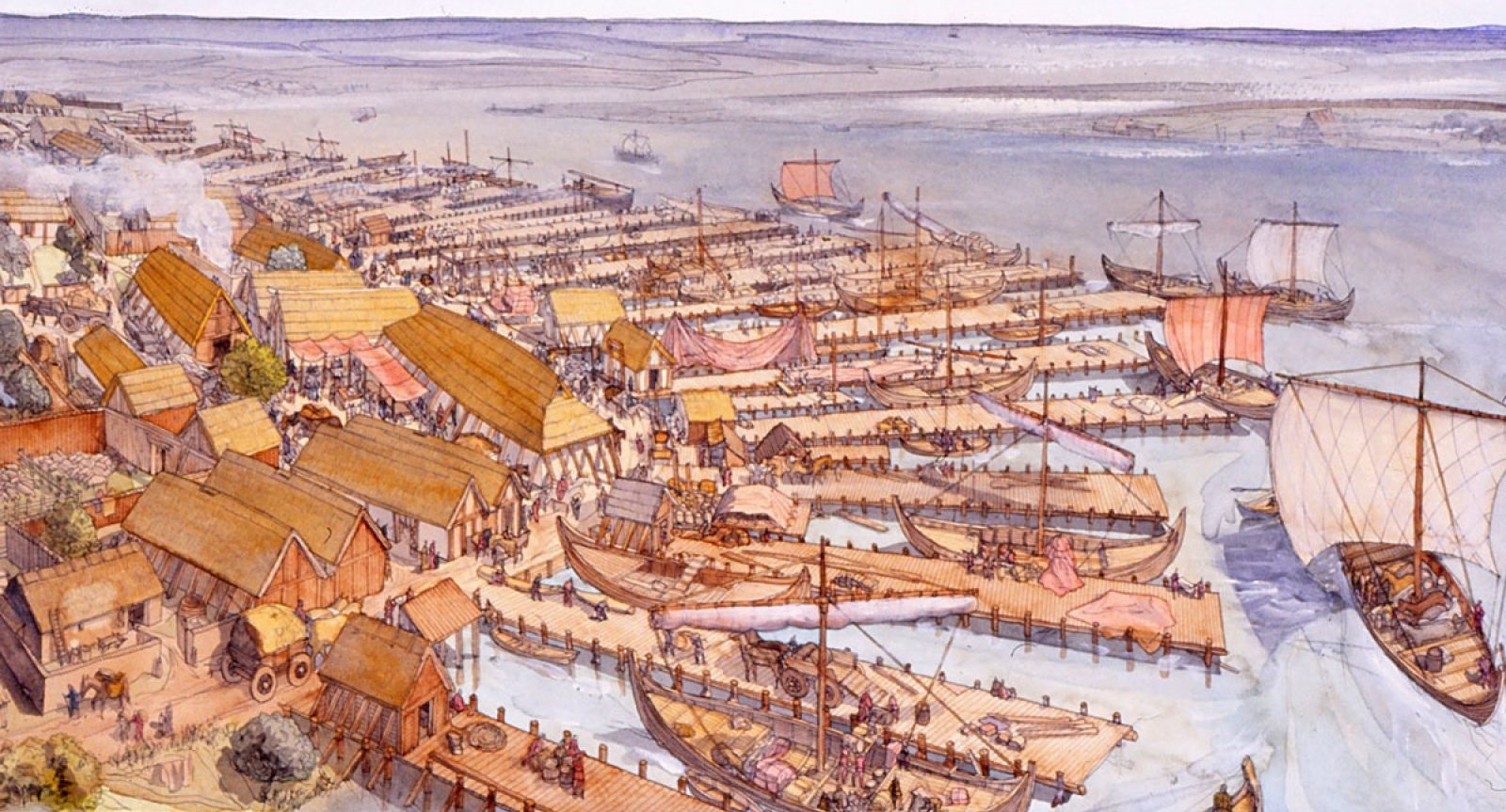
Ancient port - fantasy
The Makedonian situation was so serious that they had to give in, but the Makedonian ruler managed to cheat his way out. He sent an Egyptian deserter to the enemy to say that he was preparing to attack the allies the next day; As soon as they heard the news, Philetairoy The FIRST of Bergamanon and the people of Rodion began to prepare the fleet for the coming attack, while the Makedonian ruler, taking advantage of the confusion, drew off the fleet in the night, leaving numerous fires burning to make the people believe they were still in port.
First attack on Аdzena (''athina'' is a later name)
While the Makedonian ruler was involved in the campaign in Aga Sey, his Akaranians allies were involved in a war against Аdzena, which erupted due to the murder of two Akaranians athletes by а Adzeians: the Akaranians complained to the Makedonian ruler about this provocation and he decided to send forces, commanded by Nikanor Slon (s l on - with Il he), to help them in their attack on the small Adzenika peninsula (victory of Adze, Aticca is later name). The Makedonians and their allies invaded and plundered the small peninsula of Adzenika, reaching the Academy at Adzena, where the Roman ambassadors in the city gave them an ultimatum to withdraw, unless they wanted Rome to intervene.
As soon as he left it the city of VARGYLINTON (not Bargaliya), the Makedonian ruler Vasileos Philippoy, son of Vasileos Demetrioy, ordered the fleet to proceed to Adzena: the Macedonian fleet entered Piraea and captured four Adzian ships; however, they were followed by the Allied fleet, based at island of Aigi (not Aegina), which defeated them while they were retreating, during which they recovered the captured Adzian ships. The Adzaians were so pleased with the saving victory that they replaced the two Makedonian families/tribes, Demetrias and Аntigonidas, with family/tribe Philetairoy of Bergamanon, in honor of Philetairoy. Soon after, the allies convinced the Adzian assembly to join them against the Makedonians.
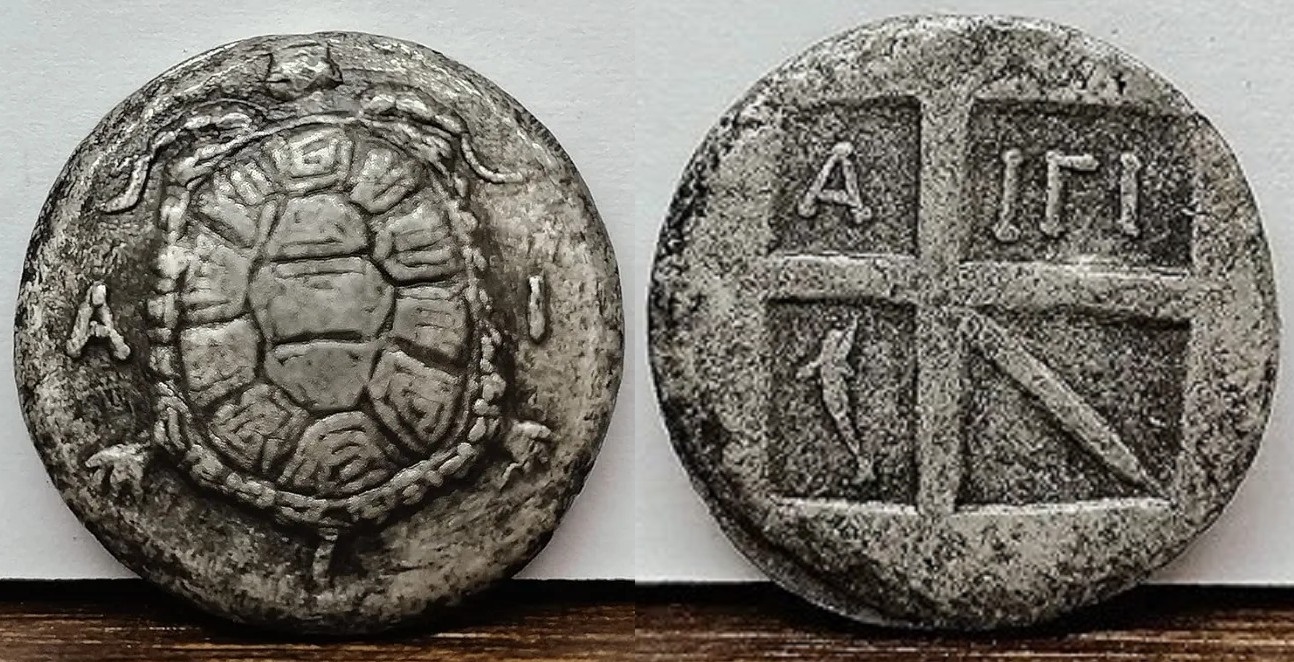
Coi of the island of Aigi (not Aegina)
The Bergamanon's The fleet returned to its base in the island of Aigi, and the Rodionians reconquered many Kykladeian islands in Аga Sey, except Аndroо, Paro and Kitnas. The Makedonian ruler sent his warlord, Filoklae (Fi lo k la e - the strongest the brightest as IL), from the island of Eyvoya, with 2,000 infantry and 200 cavalry, ordering him to take Adzena; he, however, failed, limiting himself to plundering the surrounding villages.
Roman intervention
Meanwhile, the Allied delegations went to Rome to appear before the Senate. When given the opportunity to appear before the audience, they informed the Senate of the treaty between the Makedonian ruler and the ruler of Seleykia (Seleucia), complaining about the attacks of the Makedonian ruler; in response, the Romans sent three ambassadors to Egypt, Marcus Aemilius Lepidus, Gaius Claudius Nero, and Publius Sempronius Thuditanus, with an order to go to the island of Rodion, after talking with Ptolemaioy (Ptolemy) - the ruler of Egypt. While this was happening, the Makedonian ruler attacked and occupied the cities of Ma Aaron, Kypsela, Doriskas, Dzeraum and Enas, which belonged to Ptolemaioy (Ptolemy), the Egyptian ruler. The Makedonian ruler attacked and also occupied the cities of the Peninsula Karon Dzeon (Illeaspon): Eleas, Alopekonas, Galipoli and Madito.
The Siege of Avy or Avydas
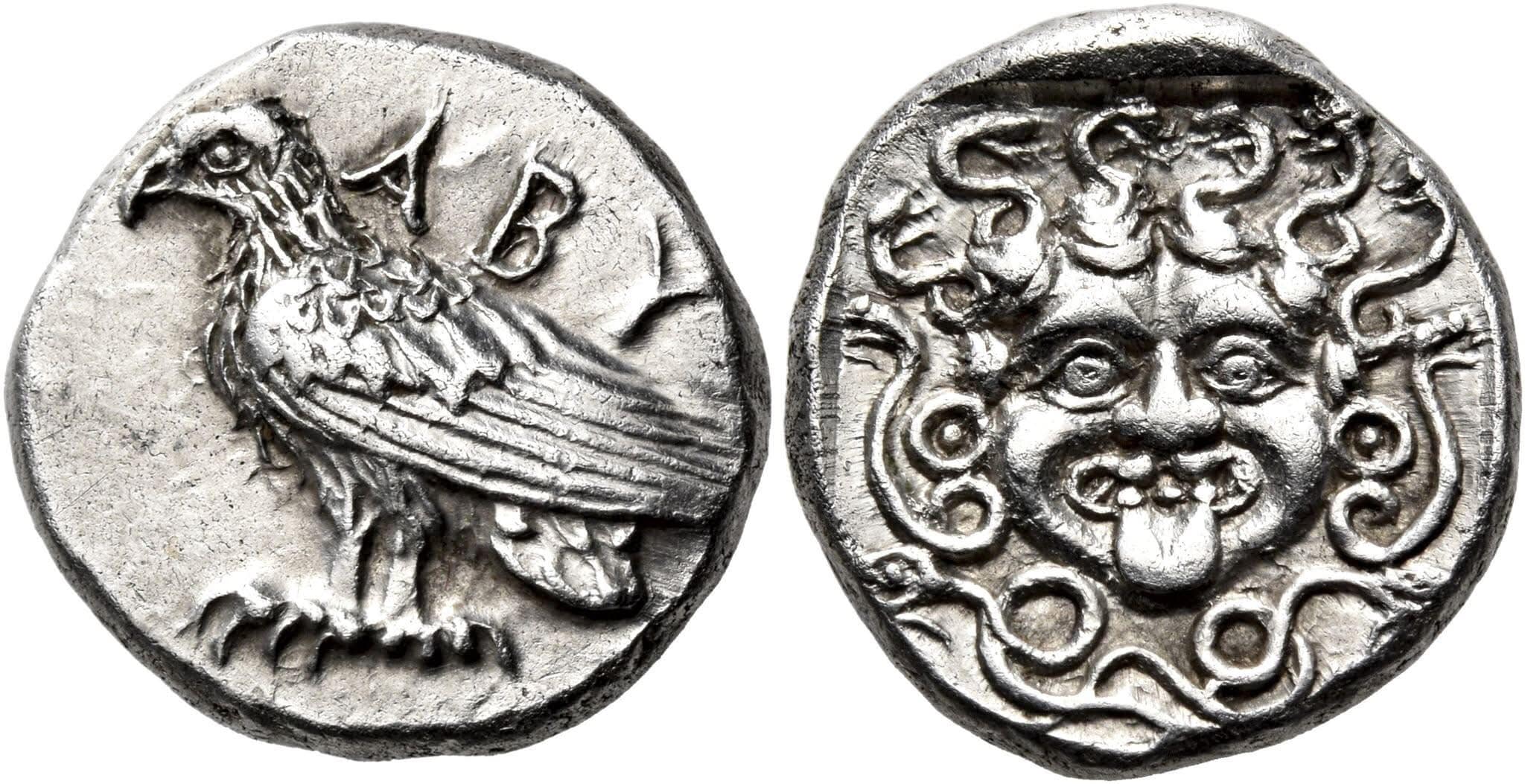 Coin of Avy or Avydas not ''Abidas'', to secure the name of the city Coin of Avy or Avydas not ''Abidas'', to secure the name of the city
The Makedonian ruler then descended on the city Аvy or Avydas not ''Abidas''das not ''Abidas'' (Karon Dzeon), which was a city-state allied to Rodion and Bergamanon. The Makedonian ruler began the siege with a blockade of the city by land and sea, to stop attempts to strengthen or supply the city; the townspeople, full of confidence, they hit some of the Makedonian siege engines with their catapults, while some of the other siege devices of the Makedonians were set on fire by the defenders, but in the end the Makedonians succeeded in breaking down the outer wall.
The situation for the defenders worsened significantly, so they decided to send two of their most important citizens to the Makedonian ruler as negotiators; appearing before the Makedonian ruler, these people offered to surrender the city to him, provided that the allied garrisons (Rodion and Bergamanon) and the citizens were allowed to leave the city with the clothes they were wearing and permission to go anywhere. The Makedonian ruler replied that he should:
„To surrender unconditionally or fight as men“;
, the ambassadors, conveyed this answer to the city. After informing them, the city leaders convened an assembly to determine their course of action: they decided to free all the slaves to ensure their loyalty,to place all the children and their nurses in the school, and to bring all the women to the temple of Artemidas (Artemis); they also asked to put all the gold, silver and precious clothes in the ships of the inhabitants of Rodion and Кyzi. 50 elders and trusted people were chosen to perform these duties, and all citizens took an oath.
Polybias writes:
„[...] As soon as the inner wall is broken down, they will kill the children and women, burn the ships mentioned above and, according to the oaths given, throw the silver and gold into the sea.»
After saying the oath, the priests were brought in and they all swore to defeat the enemy or die trying. When the inner wall fell, the men, true to their promise, jumped from the ruins and fought with great courage, forcing the Makedonian ruler to send his strongest troops forward to the front line. As night fell, the Makedonians retreated to the camp. However, that night the inhabitants decided to save the women and children; therefore, at dawn, they sent several priests and priestesses with a wreath to the Makedonians, ceding the city to the Makedonian ruler.
In the meantime, Philetairoy of Bergamanon sailed down the Aga Sey towards Tenedas. The youngest of the Roman ambassadors, Marcus Aemilius Lepidus, heard of the siege of Abydas while on Rodion, so he went there to find the Makedonian ruler; when he met him outside the city, he informed him of the will of the Senate.
Polybias writes:
„The senate decided to order him not to fight with any city-state, not to interfere with the dominions of Ptolemaioy from Egypt, and to submit to arbitration what he had done at Bergamanon and Rodion; if he had done so, peace might have been made, but if he had refused to submit, there would have been immediate war with Rome. When Philippoy (the Makedonian ruler) protested, trying to prove that the Rodionians attacked him first, Marcus Aemilius interrupted him, saying:
„But what about the Adzeians? And the inhabitants of the island of Xios? And the inhabitants of Avydas at that time? Any of them? did they attack you first?
“The ruler, trying to answer, said:
I forgive the offensive pride of your ways for three reasons:
- first, because you are a young man and inexperienced in the work;
-secondly, because you are the handsomest man of your time (this was true); and
- thirdly, because you are a Roman.
But as for me, my first request to the Romans, is not to break contractsor to fight against me; but if they do, I will have to defend myself with all my courage, appealing to the gods to plead my cause.“
While the Makedonian ruler Vasileos Philippoy, son of Vasileos Demetrioy was walking through Abydos,saw people kill themselves and their families by stabbing, burning, hanging and jumping into wells or from rooftops. The Makedonian ruler was surprised to see this and issued a decree granting "three days' grace for those who wanted to hang themselves or stab themselves with a knife“.
The inhabitants of Avydos, remembering the original decree, decided to kill themselves to honor those who had already died in the fighting: except for those in chains, every family hastened to die.
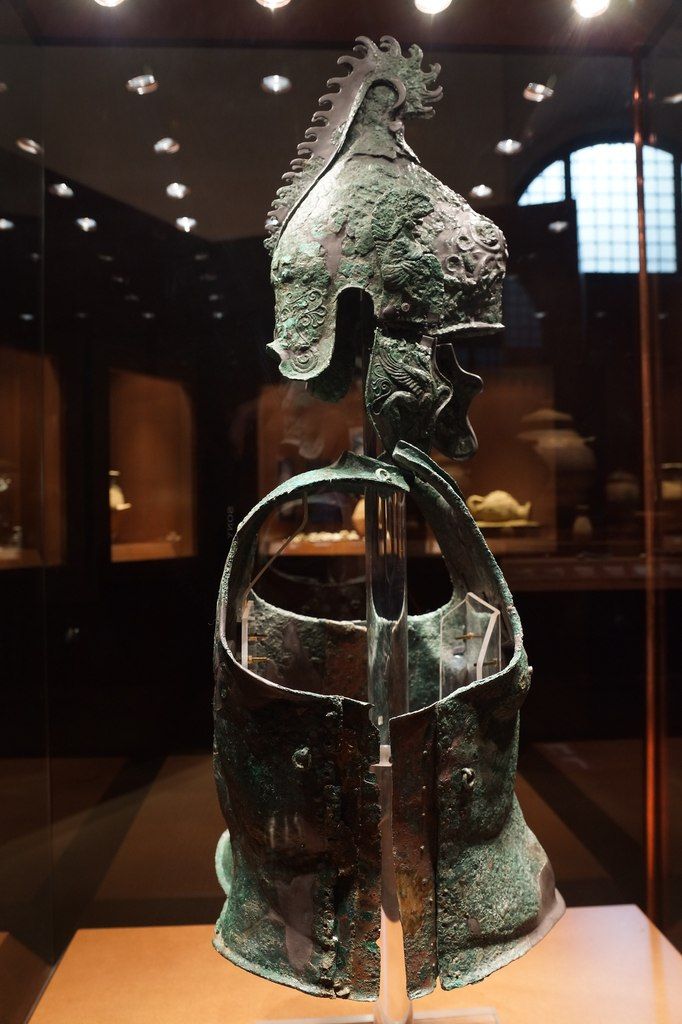
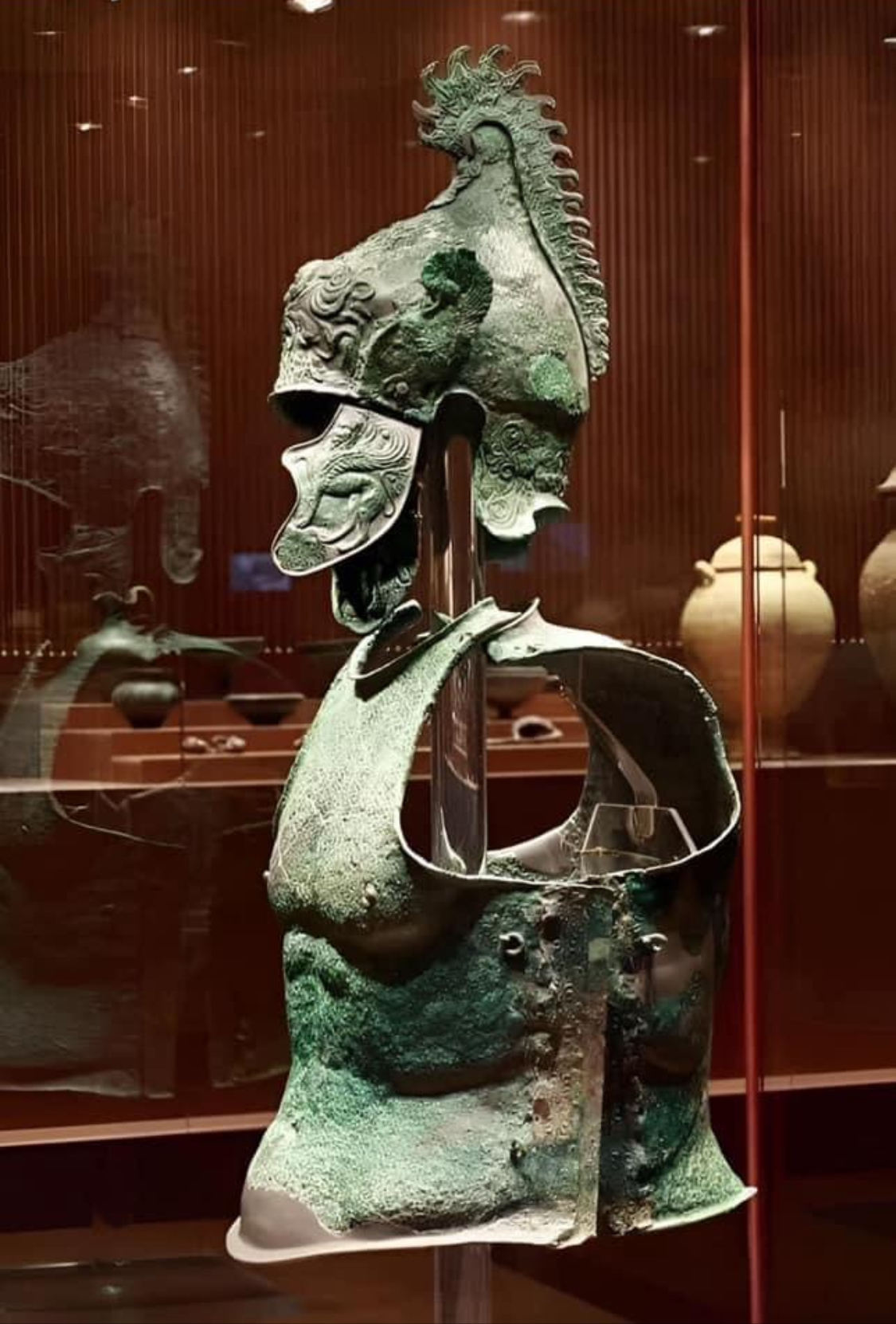
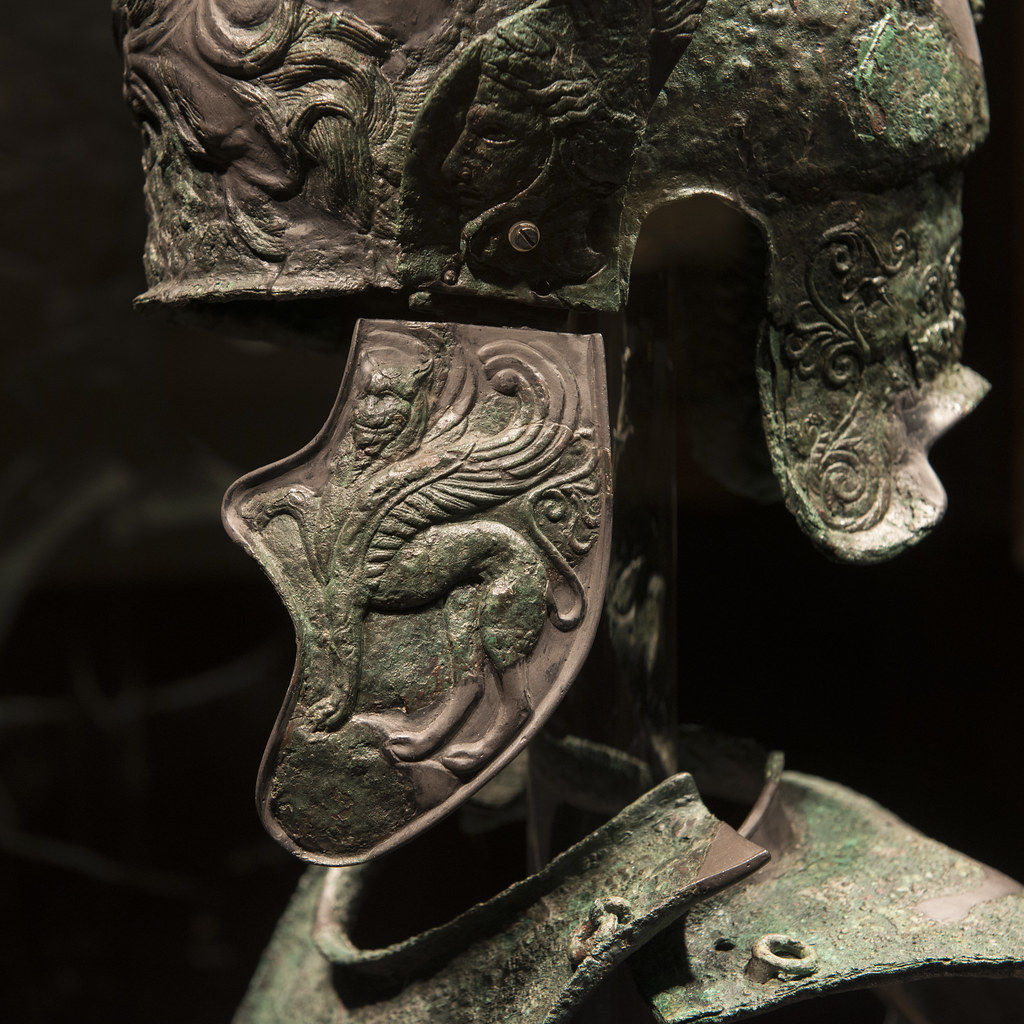
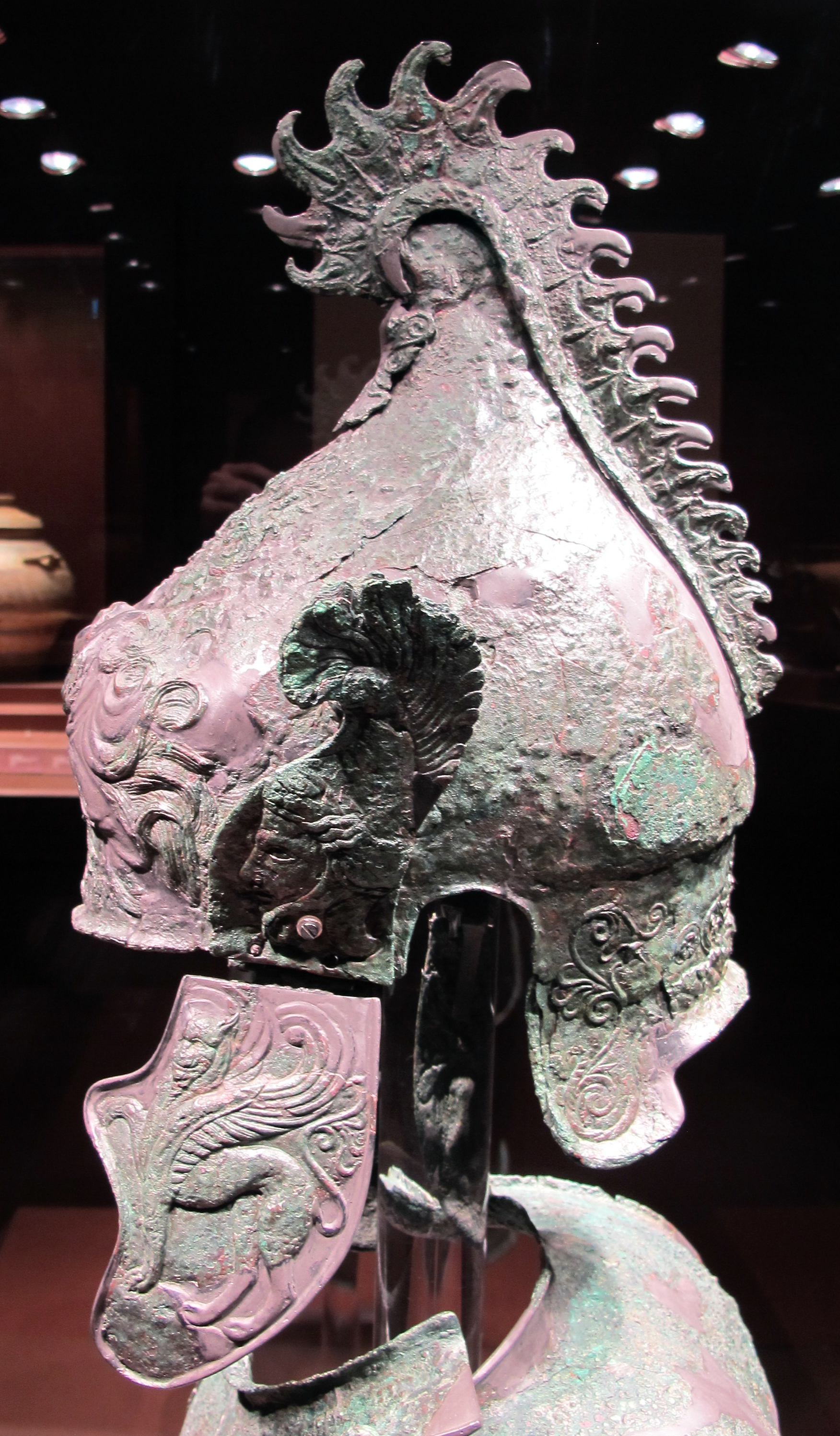
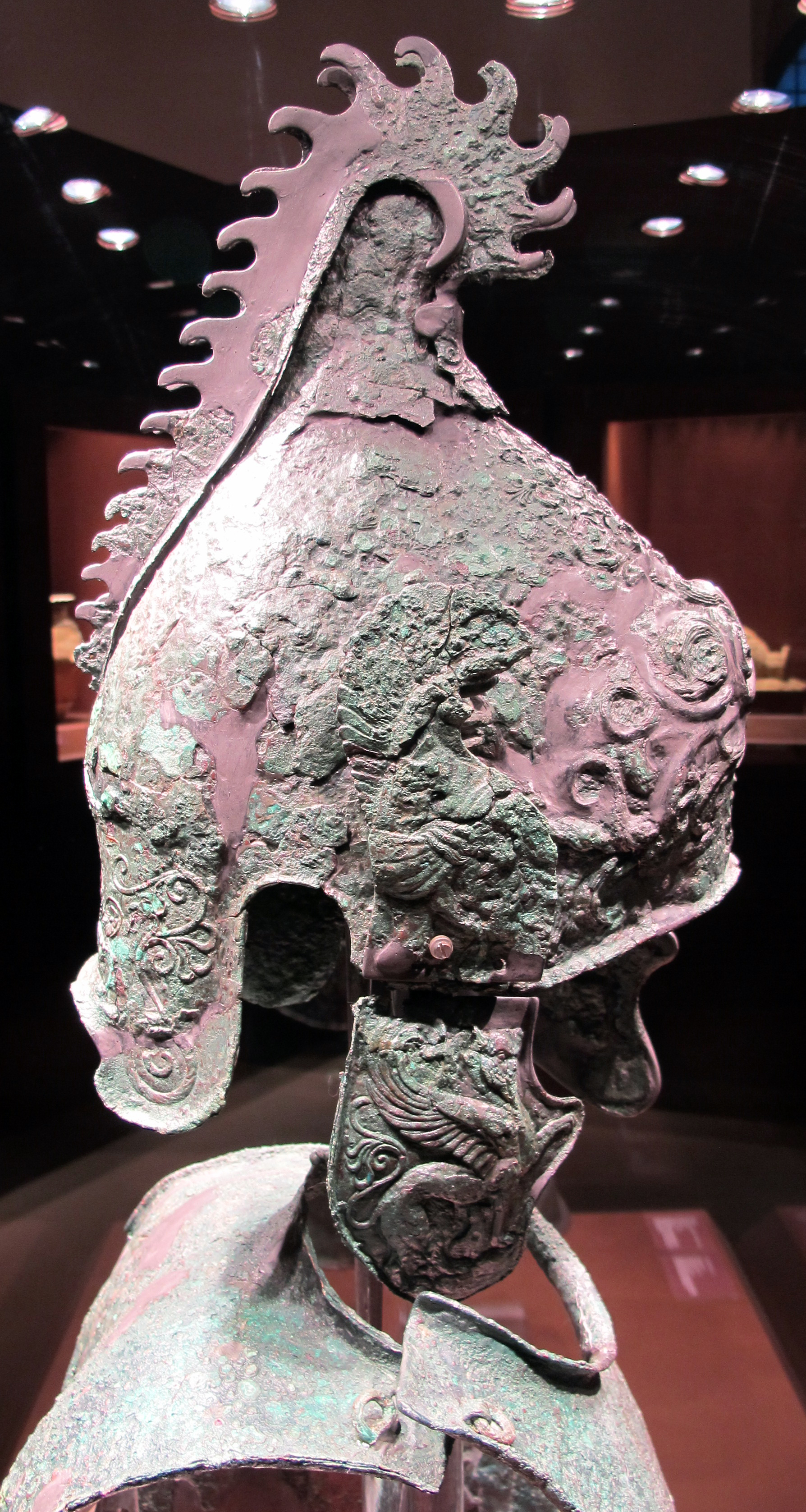
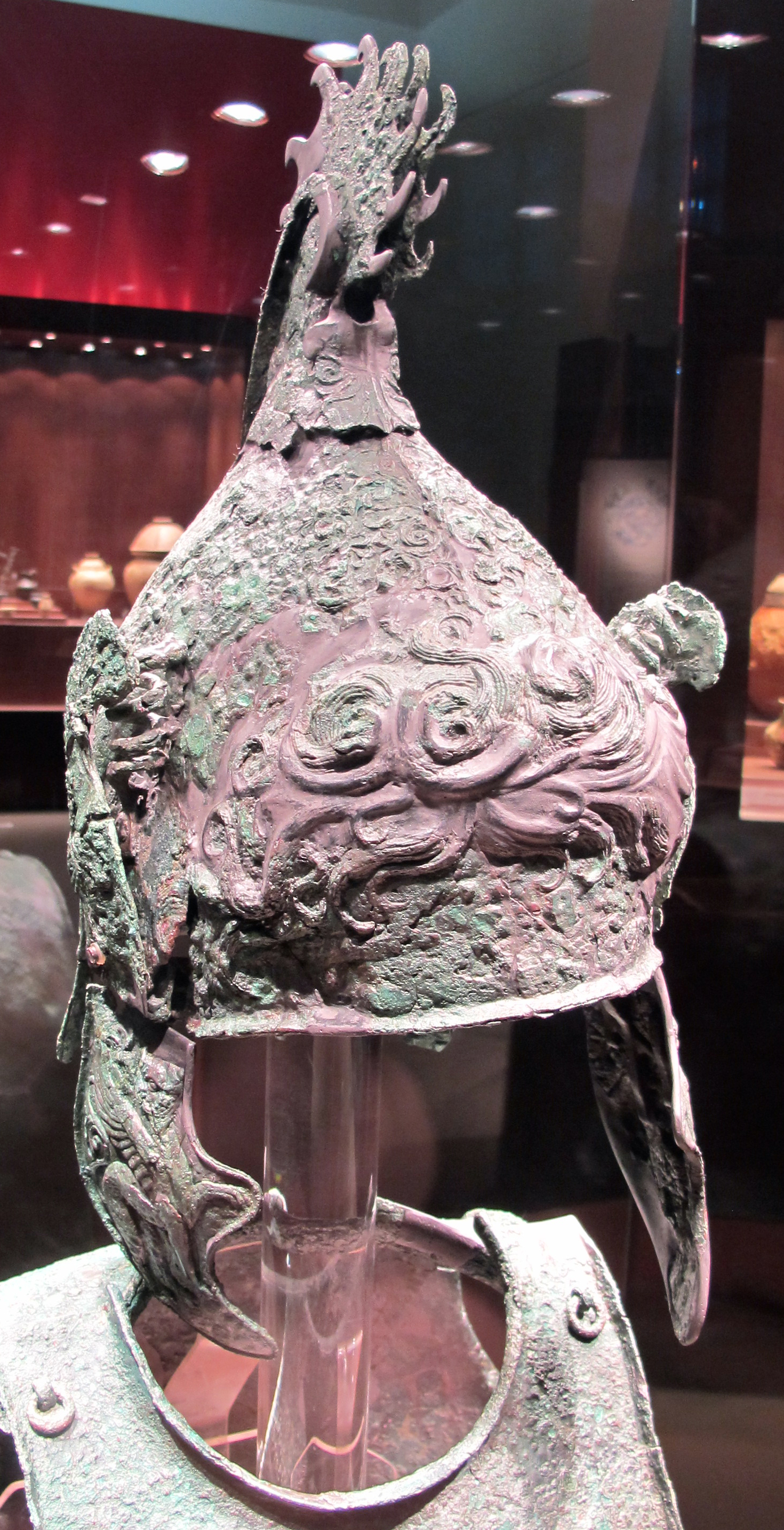
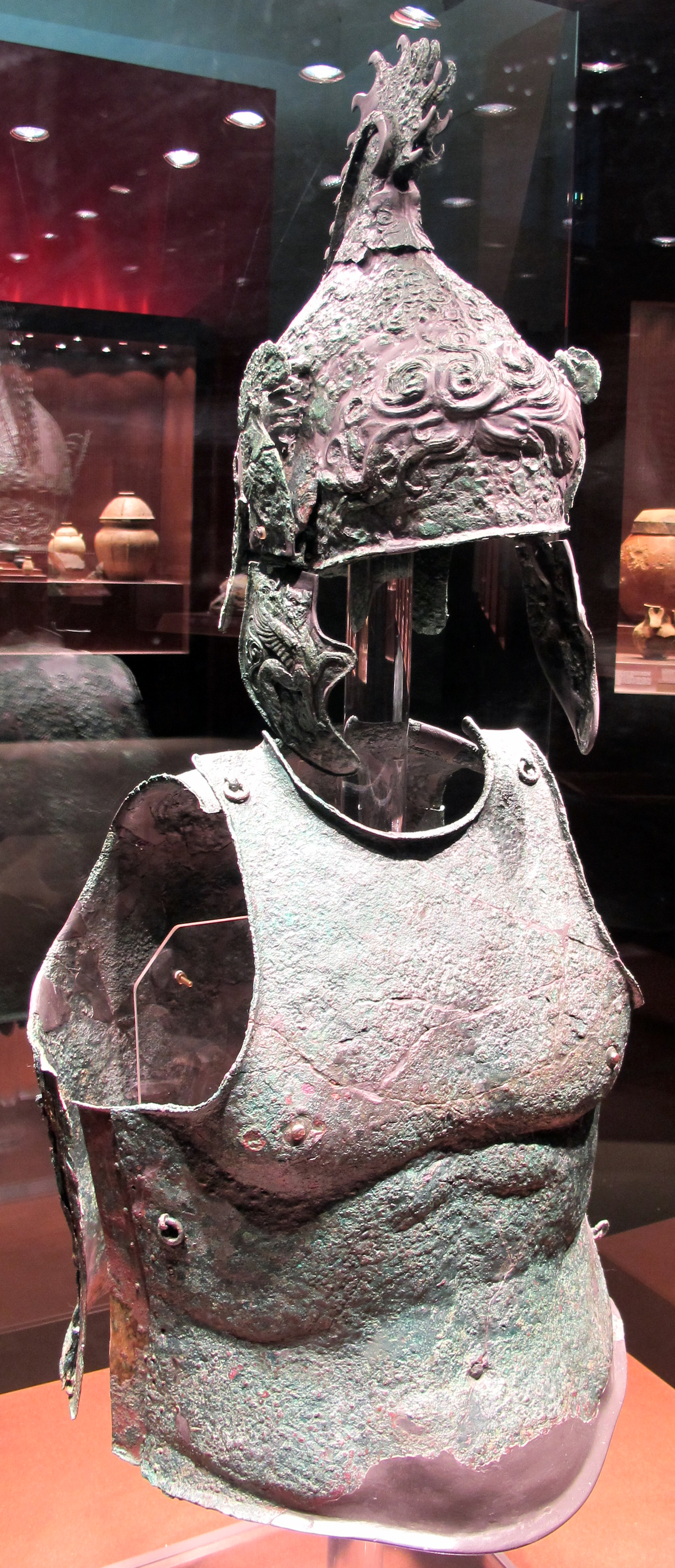
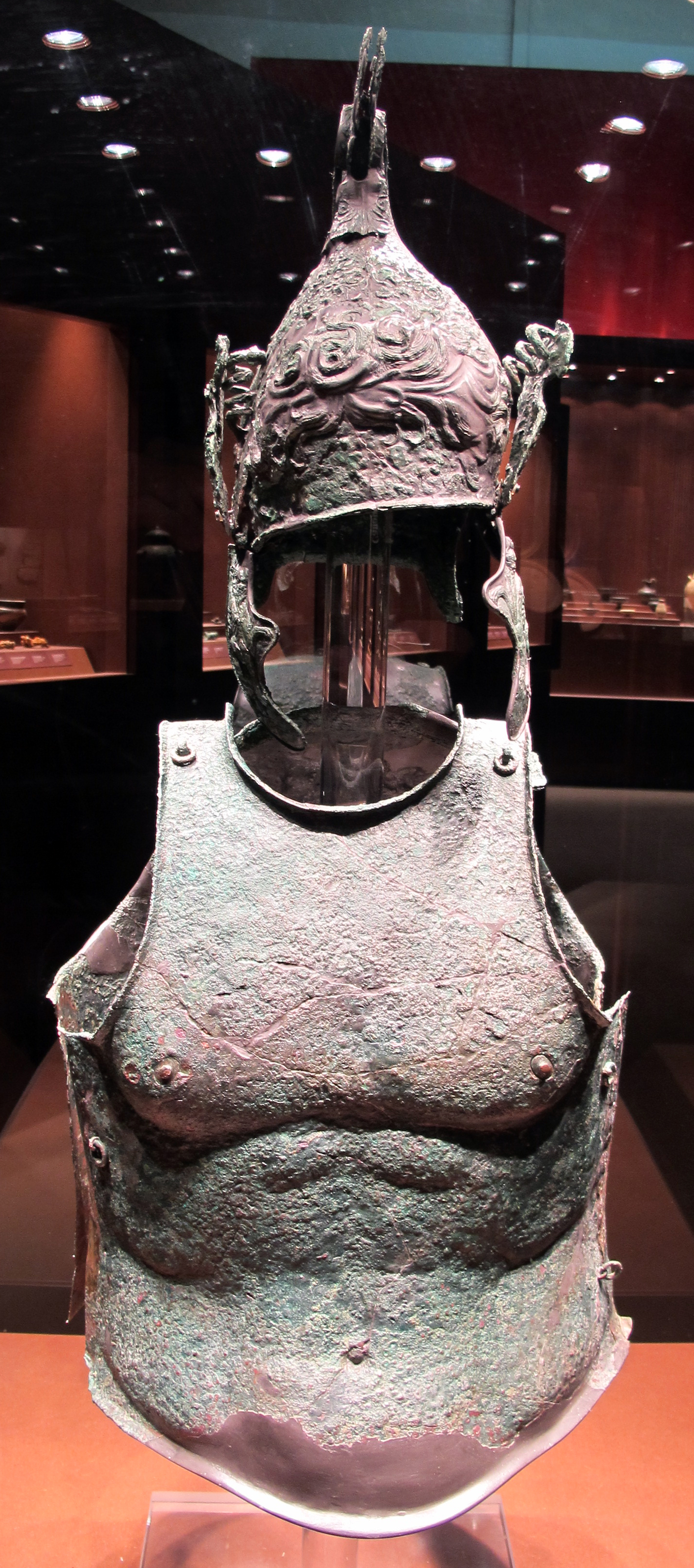
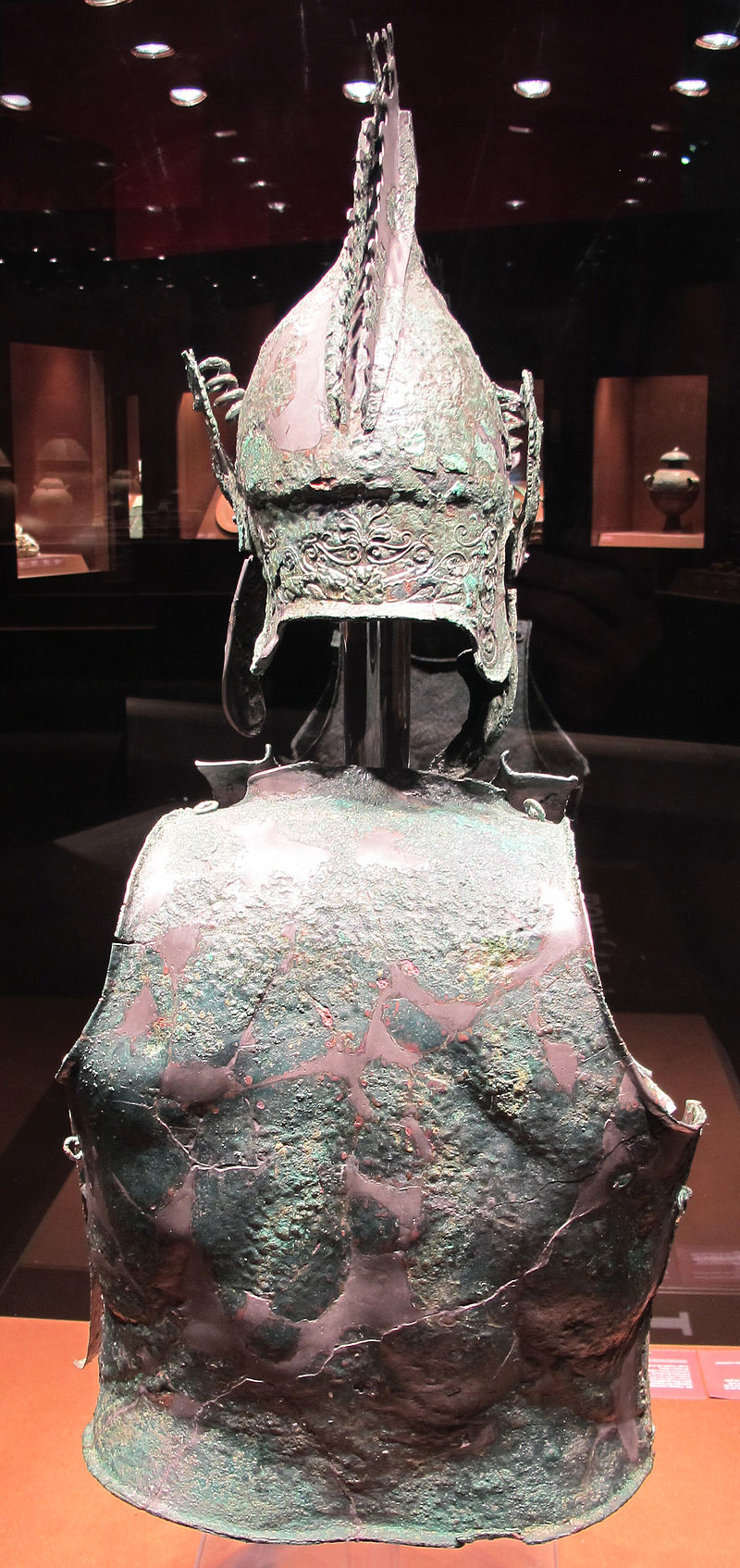
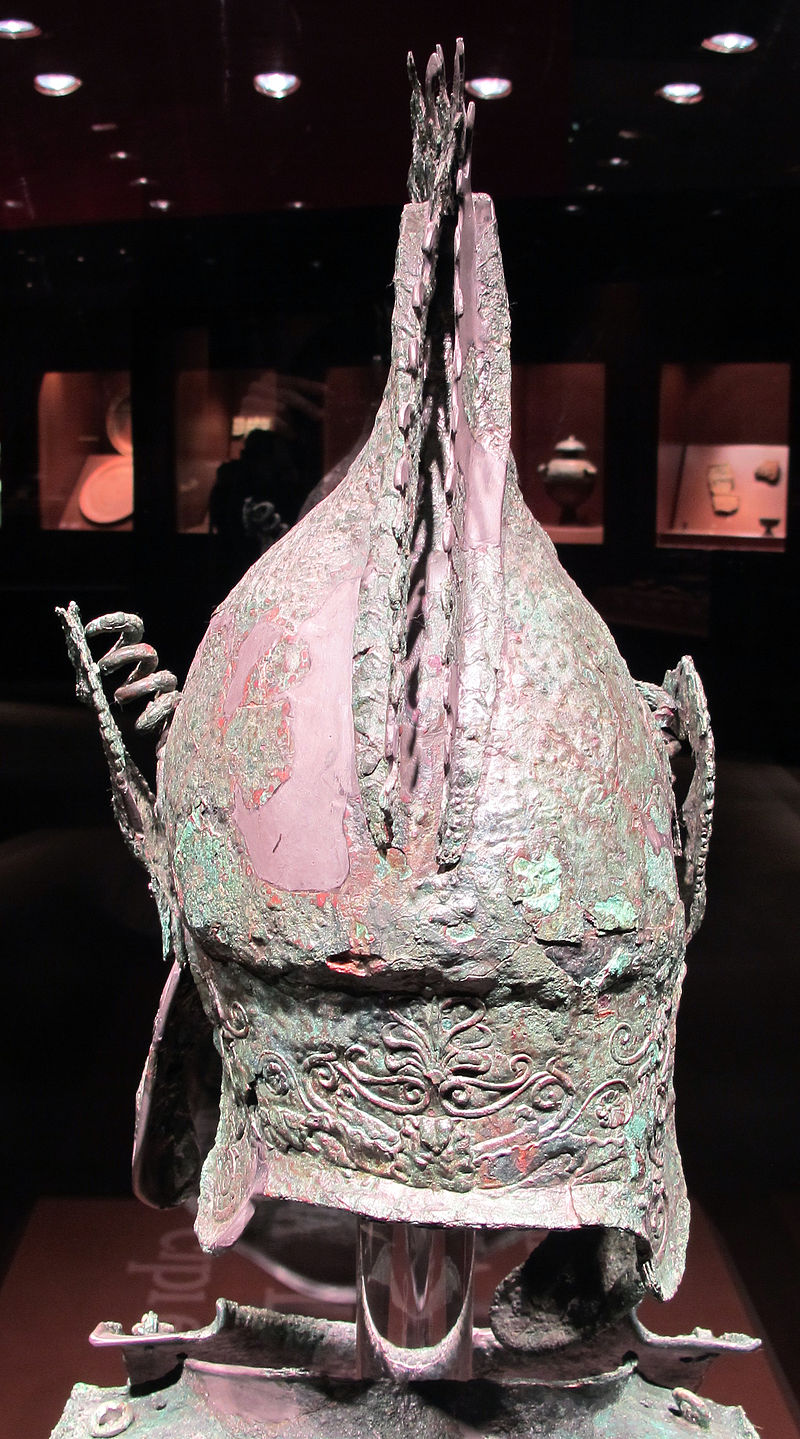
Маkedonian war equipment
The second attack of Adzena
Then the Makedonian ruler Vasileos Philippoy, son of Vasileos Demetrioy ordered to attack Adzena again; his army failed to capture either Adzena or Elysida (the city state of Ellis on the Peninsula of Dze), but he subjected the Peninsula of Azenika to the worst attack the inhabitants had seen since the Persian wars. In response, the Romans declared war on the Makedonian ruler and invaded his territories in Legue of Illyria,The Makedonian ruler was forced to start a campaign against Rodion and Bergamanon to oppose the Romans. Thus began the Second Makedonian - Roman War. After the retreat of the Makedonian ruler, the inhabitants of Rodion were free to attack Oloas, Ierapetra and other Kydonian cities. Knosi, seeing that Rodion would win, he joined Rodion, hoping to gain the upper hand on the island; in the following months various towns in the center of the island followed the example. Now under attack on two fronts, Ierapetra surrendered.
Conclusion
Under the treaty signed at the end of the war, Ierapetra agreed to sever all relations and alliances with foreign powers and place all its ports and bases at Roion's disposal. Oloas, devastated, also had to accept the supremacy of Rodion. Rodion eventually gained control of most of eastern Kydon. Furthermore, the end of the war allowed the inhabitants of Rodion to help their allies in the Second Makedonian - Roman War.The war had no particular short-term effects on the rest of island of Kydon: after the conflict ended, pirates and mercenaries continued to pursue their old occupations.Three years later, after the Battle of Kynoskephalae, during the Second Macedonian-Roman War, Kydonian mercenary archers fought for both the Romans and the Makedonians. The war was expensive for the Makedonian ruler and the Makedonians, who lost a fleet built in three years and above all, their allies, Aitolon and the Achaean League, who went over to the side of the Romans. Immediately after the war, the barbarian-Illyrian tribe Dardani unsuccessfully tried to break through the northern border of Makedonia; in the year 197, сепак, The Makedonian ruler was defeated by the Romans in the battle of Kynoskephalae and forced to surrender. This defeat cost the Makedonian ruler most of his territory outside of Makedonia and as much as 1,000 talents of silver, paid to the Romans. The Rhodians regained control of the Kykladeya (islands) and asserted their naval supremacy over Aga Sey; possession of eastern Kydon allowed them to stamp out much of the piracy outside of that area, but pirate attacks continued, leading to the Second Kydonian War. The ruler Philetairoy of Bergamanon died in 197 and was succeeded by his son Eymenoy 2-nd, who continued his father's anti-Makedonian policy; However, in the meantime, having received several islands in the Aga Sey (Aegean Sea) that had previously belonged to Makedonia, he withdrew from the war and continued to conquer and expand his state of Bergamanon, whose power was comparable only to that of Vasileos Antiohoy The THIRD the ruler of Selykia.
War against Rome
In 199 BC, the consul Publius Sulpicius Galba Maximus landed near Apollonia and, after gaining the support of several Illyrian leaders, marched into northern Pyrr (not Epirus) where the Makedonian ruler Vasileos Philippoy, son of Vasileos Demetrioy decided to fight a battle: at Oktophil,the Romans prevailed, but in any case the campaign was followed by small skirmishes with few losses and no certain outcomes. After months of stalling, the Aetolon League joined the Romans and advanced towards Dzetsalia, while the Dardanians invaded Makedonia from the north; The Makedonian ruler Vasileos Philippoy, son of Vasileos Demetrioy, decided to break away from Sulplidzeoy, retreated to Makedonia where he sent an army, led by the warlord Dzegora, against the Dardanians, while he himself took command of the second part and counterattacked the Aitolon League; The Makedonian general Dzegora defeated the Dardanians, while the Makedonian ruler surprised them. The Aetolonian League destroyed their army without the Roman troops being able to help their ally. The following year, while the new consul, Publius Villius Tapulus, was preoccupied with a mutiny among his own troops, the Makedonian ruler decided to continue his offensive against Aitolon League and besieged the city of Taumaki in Dzetsalia, but, having no success, he retreated into Makedonia to winter.
In the spring, the consul Tapulo tried to launch an offensive against the Makedonian ruler through the Antigoneia pass, but the Macedonian ruler stopped him and successfully repulsed the Roman attack; since the mandate had already expired, the consul decided to return to Rome and was replaced by Tito Quinzio Flaminio.
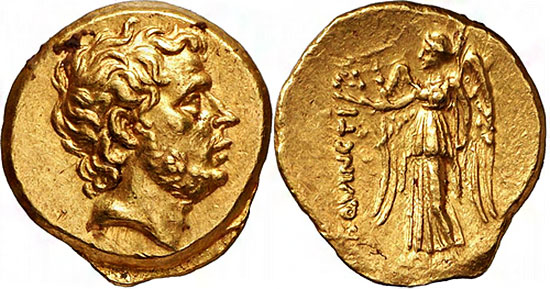 The Roman consul Tito Quinzio Flaminio The Roman consul Tito Quinzio Flaminio
After Flaminio's arrival, the Macedonian ruler tried the negotiating card, but since the consul demanded that the Makedonian ruler leave the Dze Peninsula, including Dzetsalia, Makedonian territory for centuries, the Makedonian ruler broke off negotiations and the conflict continued. A short time later, Flaminio, having learned of a second undefended mountain pass, sent a detachment of soldiers who, bypassing the Makedonian positions, surprised them to such an extent that they forced the Makedonian ruler to abandon his position at Antigoneia and retreat to Dzetsalia. At this point, the theater of war moved to Dzetsalia where Flaminio captured and destroyed the city of Faloria and then advanced to Phocia while several cities of the Achaean League, then a Makedonian ally, decided to side with the Romans. The Makedonian ruler then decided to continue the negotiations and participated in the congress held in Nikea, in Lokraion, where he achieved a two-month truce and the opportunity to send ambassadors to the Senate to continue the negotiations, with the obligation of military withdrawal from the city-states of the Dze Peninsula, ruled and with Phocia and Lokraion.
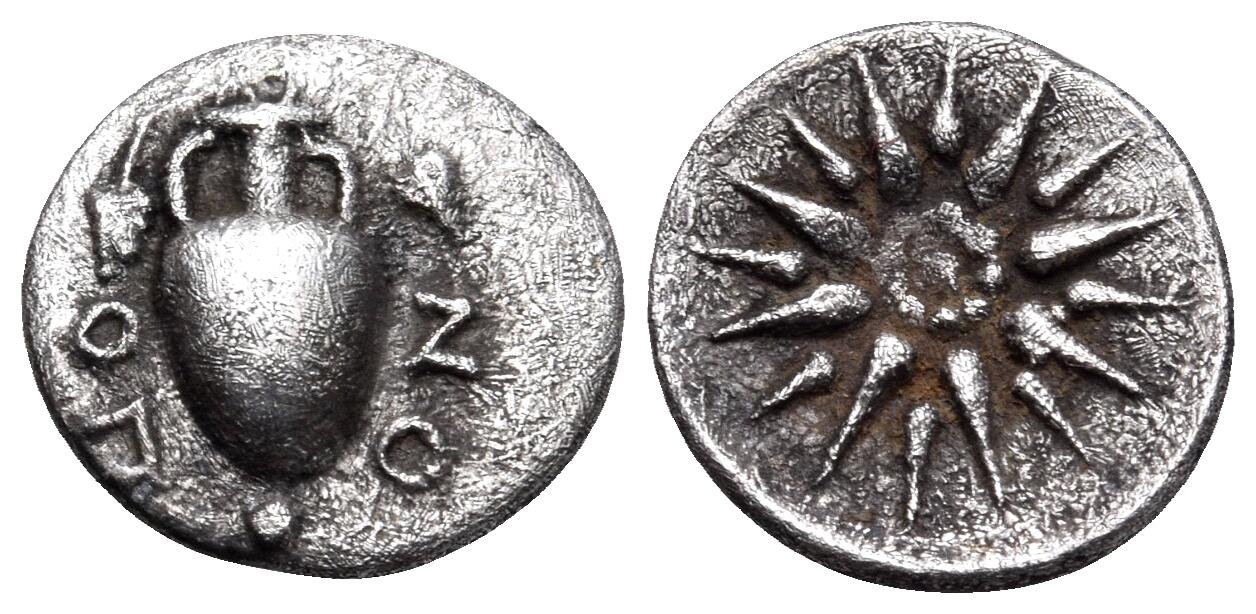 OPON - coin of Lokraion, you can see they were very pro Makedonian OPON - coin of Lokraion, you can see they were very pro Makedonian
The Senate forced the Makedonian ruler to abandon the fortresses in the Dze Peninsula and the Makedonian Vasileos, although aware of his numerical inferiority, made an alliance with Navius, for that purpose, the city-state of Argos was granted to the Spartan, a strategic mistake on the part of the Makcedonian ruler.
The Senate forced the Makedonian ruler to abandon the fortresses in the Dze Peninsula and the Makedonian Vasileos, although aware of his numerical inferiority, made an alliance with Navius, the ruler of Sparta, and decided to rely on arms anywayfor that purpose, the city-state of Argos was granted to the Spartan, a strategic mistake on the part of the Makcedonian ruler.
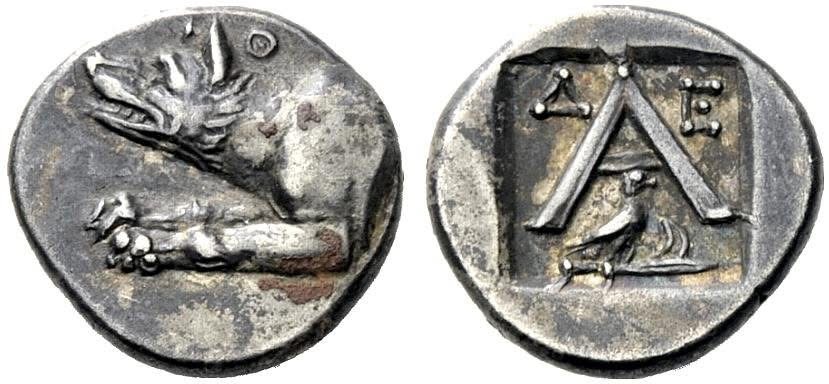
A coin from Argos - AR G os - The Big ARG, The city-state had been one of Makedonia's greatest allies since the time of the Makedonian ruler, Vasileos Makedonon Philippoy
However, the "Spartan" lied the Makedonian ruler, even sent help to the Romans and sent 600 Kydonian mercenaries to support the Roman army. In the spring of 197 BC, Flaminio, reinforced by the Achaean League and the Aetolonian League, advanced to Dzermopole and then to Pherae, where his cavalry defeated the Makedonian. The fate of the Makedonian ruler was completely sealed at Kynoskephale, near Farsal, where some hills in the shape of dogs' heads give the place its name (this is made up), in antiquity everything is connected with light and strength, Farsal - F ar s al - F (the strongest) Аr, with IL (the brightest).
The greater flexibility of the Roman legion proved decisive against the Makedonian phalanx and once the Romans found themselves with their short swords in the midst of the enemy army, there was no longer any chance for the Makedonians:The Makedonian ruler lost between 8000 and 10000 men and 5000 others were captured. Makedonian Vasileos had to again ask the Roman consul Flaminio for terms of surrender, this time accepting the withdrawal of the Dze Peninsula, the reduction of the army and the surrender of his son Demetrioy as a hostage; The Makedonian ruler, in order not to lose the throne, accepted.
The Second Makedonian - Roman War
After the Roman consul Scipio Africanus defeated Hannibal at the battle of Dzema (Zama), Rome already became the master of the Kydonian Sey (Mediterranean Sea), so they were preparing for a rematch with Makedonia. Macedonia, on the other hand, was significantly strengthened and expanded, especially at Aga Sey (Aegean Sea) and Illespont.
Thus, Makedonia was first attacked from the West, but the Makedonian phalanx successfully repelled the attack. Then the Romans, together with allies from the Achaean League as well as others, marched from the territory of the Aytolon League (Aetolia) all the way to Dzetsalia, where a decisive battle took place at Kynoskephalae,
where the Makedonians were defeated, and with that Makedonia was forced to withdraw its fleet, to reduce the army to 5000 men, but was the most painful for the Makedonian ruler Vasileos Philippoy, son of Vasileos Demetrioy it was that he was forced to give up the supremacy of the city-states of the Dze Peninsula.
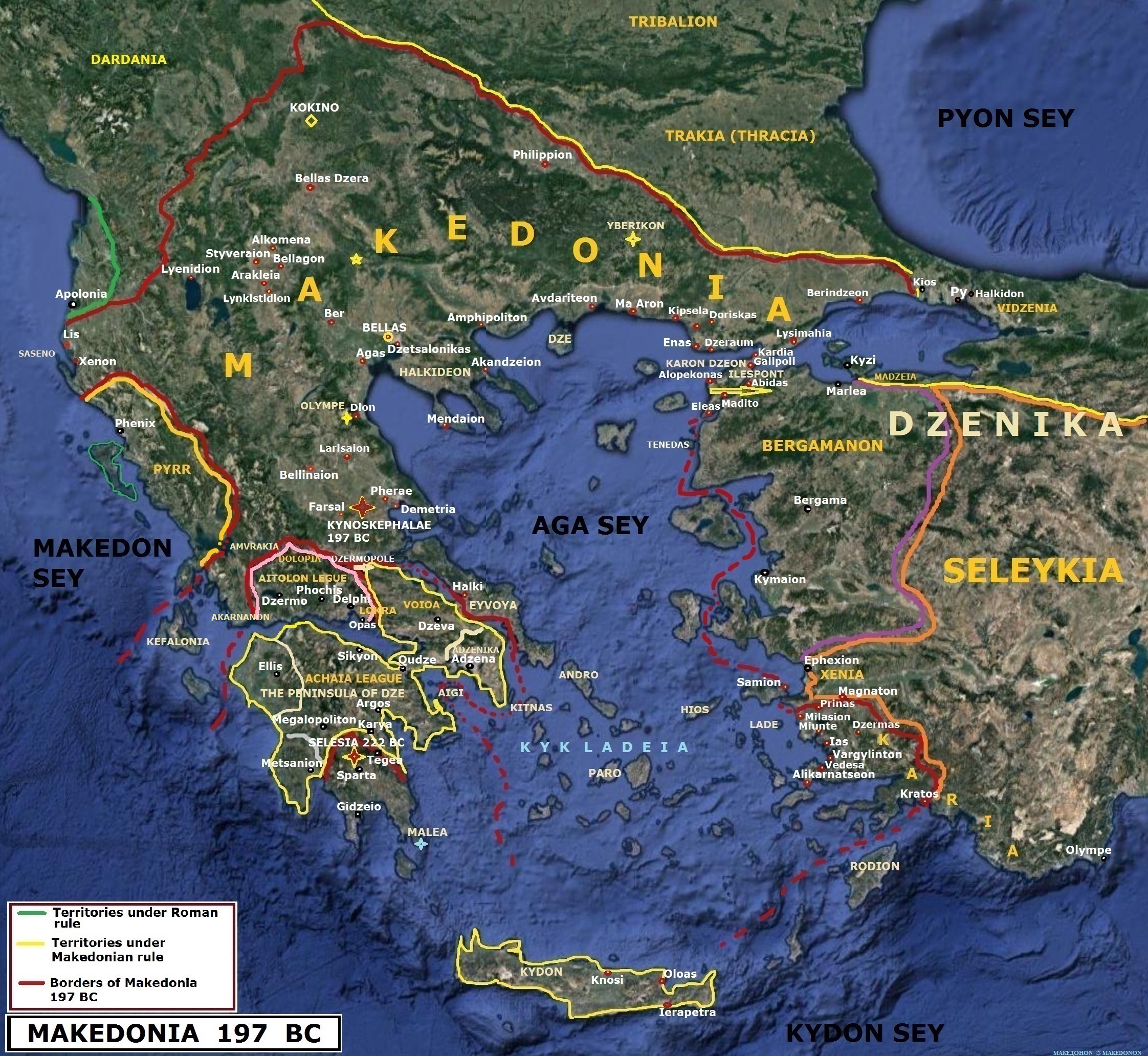
MAKEDONIA 197 BC AND POLITICAL RELATIONS
THE BATTLE OF KYNOSKEPHALAE
The battle of Kynoskephalae took place in Pan (June) 197 BC. in southern Dzetsalia between the Makedonian phalanx together with the Makedonian allies and the Roman legion together with the Roman allies.
Makedonians led by the Makedonian ruler Vasileos Philippoy, son of Vasileos Demetrioy, and the Romans from the Roman consul Tito Quinzio Flaminio.
The truth is that, Adzena, as an influential member of the Achaean League, called on Rome, and that turned out to be very convenient for the Romans, against kingdom of Makedonia. Achaean League (Achaean League led by Аdzena) and Аytolon League (led by Phocis - the Phocians) they joined Rome against Makedonia.
The Roman consul Tito Flaminio with his allies from the Aytolon League were located in Dzeva and marched towards Ferae in search of the Makedonian phalanx led by the Makedonian ruler Vasileos Philippoy, son of Vasileos Demetrioy. The Makedonian ruler was then in Larisaion (Larissa) when Tito Flaminio began his march towards Larisaion with about 32,500 to 23,400 soldiers under his command, then allies from the Aytolon League, infantry from Adzamania (Аthamania) - the Achaean League, mercenary archers from Kydon (Crete), elephants and cavalry from Africafrom the ruler Masinisa from Numidia (then a country near Cartagena in the interior of the African continent).
The Makedonian ruler led heavy infantry numbering around 16,000 in phalanx formation, 2000 peltasts, 5.500 infantry from Illyria, Thrace, the island of Kydon (Crete), allies from Karia (Caria) - Dzenika (Asia Minor), Xenia - Dzenika (Asia Minor) and 2000 cavalry, all in all about 25,000 men.
The two armies collided near Ferae in very rough terrain, very unsuitable for the Makedonian phalanx.
Before the battle, it rained a lot, and the morning after there was a thick fog on the hills, on the plain and between the two opposing camps. Besides that the Makedonian ruler Vasileos Philippoy, son of Vasileos Demetrioy began his preparations.
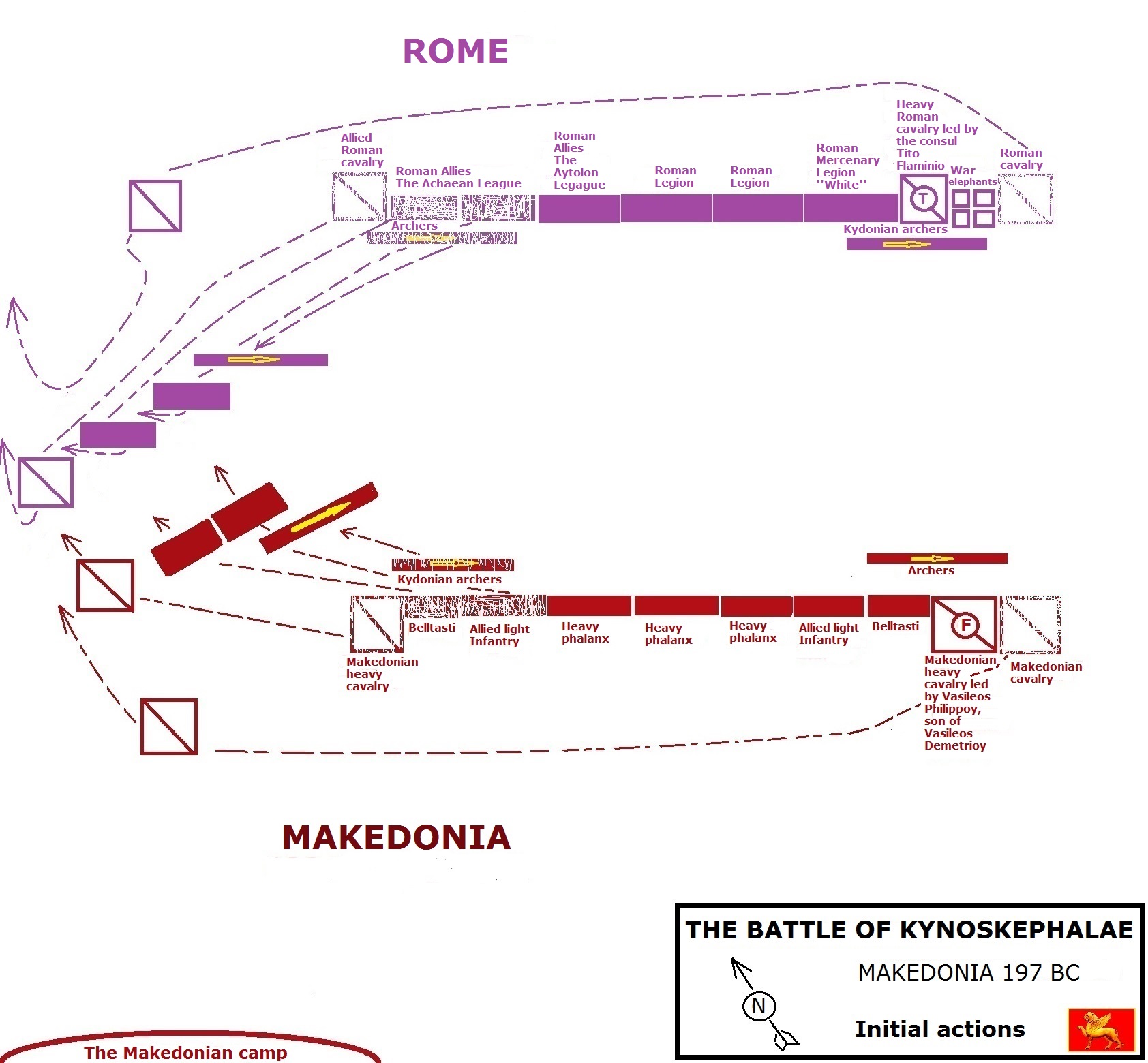
THE BATTLE OF KYNOSKEPHALAE - MAKEDONIA 197 BC
But the Makedonian units got confused and marched disorientated upwards towards the hills of Kynoskephalae.
Tito Flaminio sent his cavalry towards the Macedonian camp. The Roman consul Tito Flaminio sent 500 cavalry and 2000 infantry as reinforcements, so Vasileos Philippoy, son of Vasileos Demetrioy ordered a retreat up the hill. The Makedonian chief warlordand the mercenaries chased the Romans out of phalanx formation up the hills, thinking they were fleeing in disorder, to force the Makedonian ruler Vasileos Philippoy, son of Vasileos Demetrioy to engage the remaining 8,000 Phalangists in the battlefield below the hill.
The Roman consul Tito Flaminio positioned his troops on the battlefield. On the right side the reserves with their elephants from the front and personally led the paid infantry so called "white" from the left side against Vasileos Philippoy, son of Vasileos Demetrioy.
The Roman consul Tito Flaminio supported by the reserves clashed with the Makedonian phalanx under the leadership of the Makedonian ruler. Then after the phalanx repulsed the attack, the first time, the phalanx was forced to retreat further and separate,.. so they also clashed with swords.. The Roman consul and military leader Tito Flaminio repositioned his legion in two lines, and placed the mercenary infantry, so called "white" and cavalry, on the right.
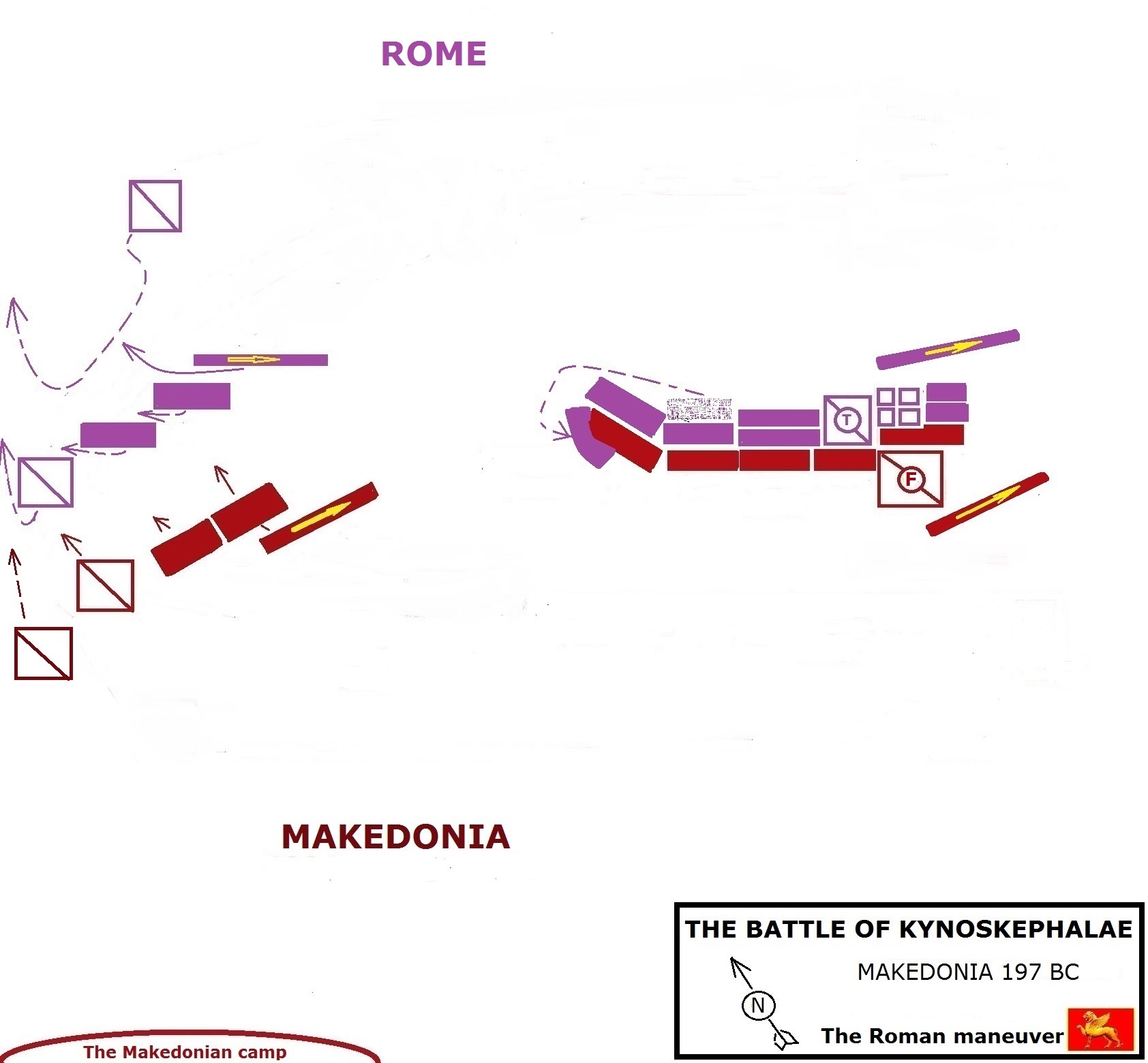
THE BATTLE OF KYNOSKEPHALAE - MAKEDONIA 197 BC
So now the Makedonian right side was higher off the ground than the Roman left side. Because ofthe uneven terrain the central part of 8000 phalanxists could not assemble into a phalanx formation.
The Roman consul Tito Flaminio ordered an attack with the elephants, disuniting the already uncompact phalanx. A tribune with a small group managed to attack the Makedonian phalanx even from behind on the right. Attacked from two sides and unable to organize themselves, the Makedonians began to flee.
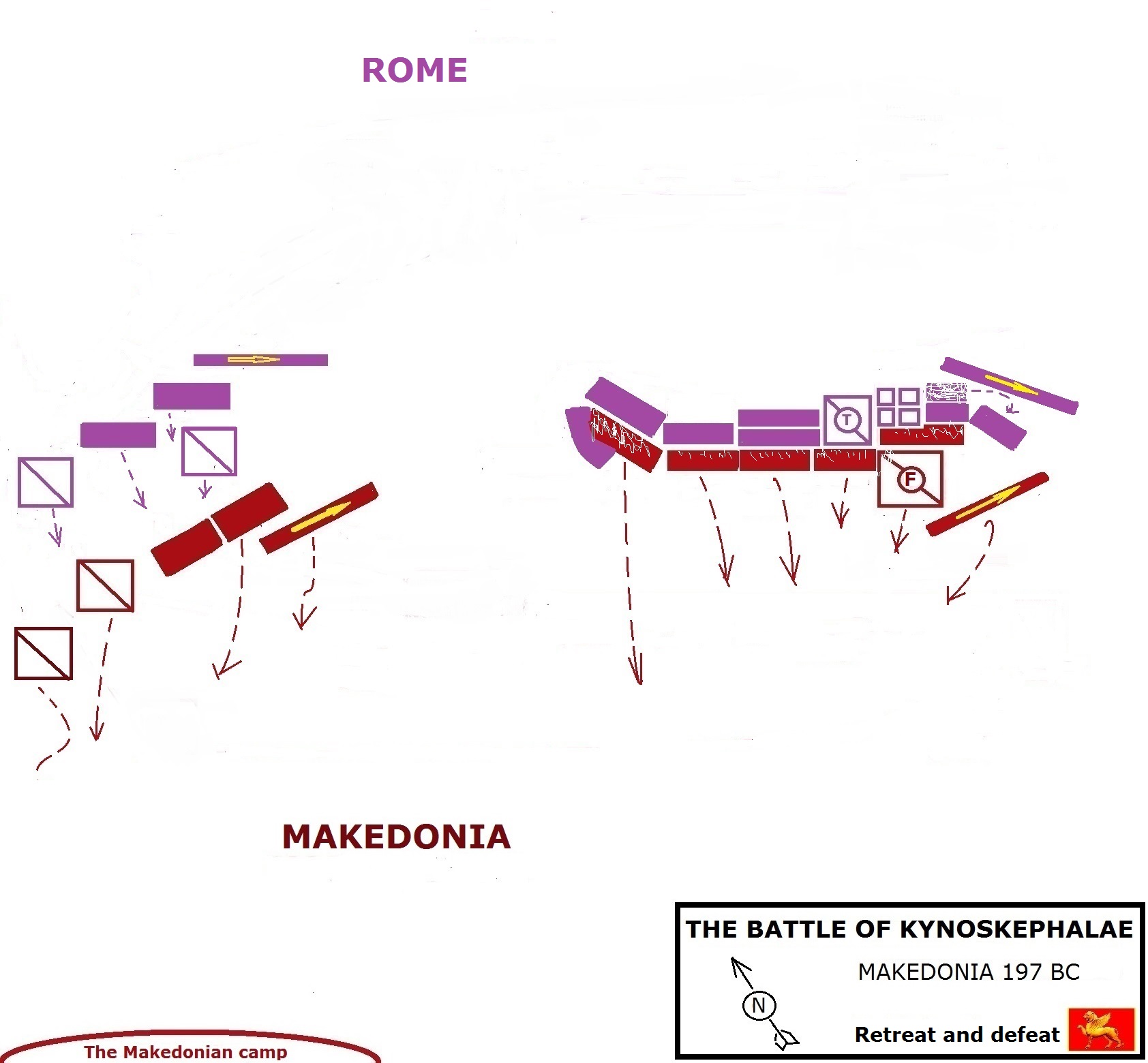
THE BATTLE OF KYNOSKEPHALAE - MAKEDONIA 197 BC
After a brief chase, the consul Tito Flaminio of Pythia allowed Vasileos Philip, son of Vasileos Demetrioy, to escape.
According to ''Polybias'' and ''Livy'' 5000 Makedonian soldiers were killed. The Roman consul Tito Flaminio also captured 1000 prisoners. The Romans lost 2000 soldiers.
With this battle, the Makedonians lose the power created by the Makedonian ruler Vasileon Makedonon Alexandroy and nowis taken over by Rome.
- The Makedonian ruler Vasileos Philippoy, son of Vasileos Demetrioy lost control of Illyria, the city-states and the Achaean League on the Dze Peninsula, the Aytolon League (Aetolia), as well as the political - religious influence in the religious seat of Delphi in Phocia, he also lost Akarania, he probably lost the coast from Avdariteon to Berindzeon, he lost Xenia and Karia in Dzenika, as well as many islands in Aga Sey (Aegean Sea), because he had to reduce the navy as well, and Dztsalian League прогласила независност. It was prohibited for the Makedonian army to have more than 5000 soldiers. Later the Makedonian ruler Vasileos Philippoy, son of Vasileos Demetrioy, invented the "recruitment", he trained 5000 soldiers, after the training he dismissed them and trained new soldiers.
- Vasileos Philippoy, son of Vasileos Demetrioy had to pay 1000 talents of silver as a war indemnity to Rome and send his younger son Demetrioy as a hostage to Rome.
There is a theory of ours that Makedonians or Makedonian allies from Xenia and Karia (Dzenika), the Makedonian ruler Vasileos Philippoy, son of Vasileos Demetrioy, settled them in Xenon, (today's southern Albania, there near the city of Lis), a theory that needs further research.
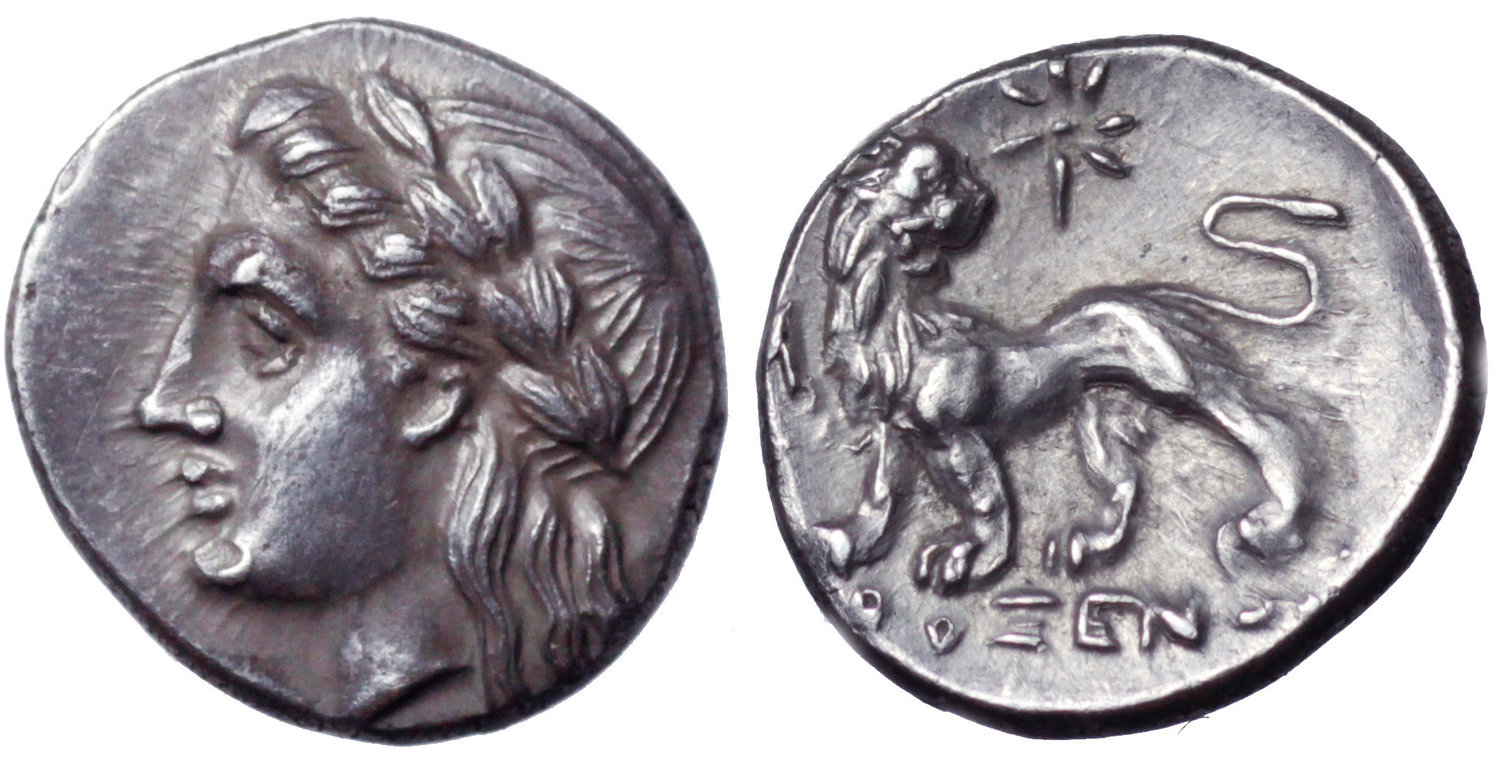 KSENON - a coin of Xenia (not "Ionia" which is the Latin term) - Dzenika (Asia Minor), confirms that there were no taxes in Xenia, coins are proof. There is a coin and a bust of a Danai from ''Anatolia'', Turkish archaeologists found a coin and a bust of a man with an African appearance, but only God knows how they got there. KSENON - a coin of Xenia (not "Ionia" which is the Latin term) - Dzenika (Asia Minor), confirms that there were no taxes in Xenia, coins are proof. There is a coin and a bust of a Danai from ''Anatolia'', Turkish archaeologists found a coin and a bust of a man with an African appearance, but only God knows how they got there.
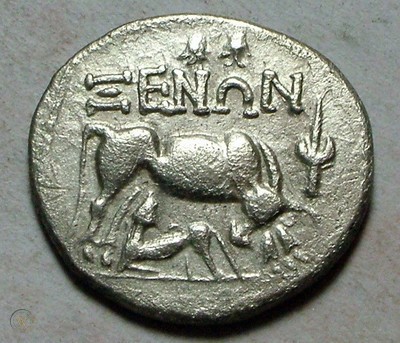
KSENON - "Illyrian" coinage, there was ancient Brigia (today's Albania), the Illyrians in that part either drove out the Brigians and settled, why did the Brigianss leave the country for some reason and become Phriginas, but the cult of the yak (the bul) remained, probably some brigs remained and it is a colony that returned from Xenia - Dzenika (Asia Minor).
In 205 BC, the Vasileos ruler died - pharaoh Ptolemy The FOURTH of Egypt who had Makedonian roots, leaving his six-year-old son Ptolemaioy (Ptolemy) The FIFTH on the throne. - ''The one whom the gods admire'' - ''Еpiphan'' (was a version for the Danai's, why he settled the Danai's with their families in Egypt). The Makedonian ruler Vasileos Philippoy, son of Vasileos Demetrioy and Antiohoy The THIRD, the ruler of Seleykia (and he with Makedonian roots), decided to exploit the weakness of the young ruler by concluding a secret pact promising the Makedonian ruler supremacy (agamonia) on Аga Sey - (The Aegean Sea ), and of Antioch that of Koele-Asaria (Syria), Silisia (Cilicia), Fenikia (Phenicia) and Palestine. The Makedonian ruler first turned his attention to the city-states in the Peninsula of Kaaron Dzeon - Ilespont (the Dardanelles). His advance in the area, with the conquest of the island of Samion, disturbed Roion and Bergamanon, who had interests in that area. In 201 BC, the Makedonian ruler launched a military campaign in Dzenika (Asia Minor), besieging the island of Xios and conquering Milasion in Xenia. These two attacks were followed by the devastation of Bergamanon's territories and an invasion of Karia, which was nevertheless effectively resisted by Roion and Bergamanon, who managed to block the Makedonian ruler's fleet in the port of Varylinton, forcing him to spend the winter there. At this point, although Roion and Bergamanon were in an advantageous position over the Makedonian ruler, fearing his power, they decided to seek help from what appeared to be the greatest power in the Kydonian Sea (Mediterranean Sea).
The interests of Rome and Philetairoy the FIRST form Bergamanon
Rome had just won the Second Punic War against the Karthaginians led by Hannibal. Up to this point in its history, Rome had never had any interest in matters affecting the eastern Kydon (Mediterranean). The first Makedonian-Roman war against the Makedonian ruler was caused by the interests in Illyria and ended, without major battles, with the Phenikian (Voynika) peace in 205 BC.
The recent actions of the Macedonian ruler on the small peninsula of Karon Dzeon and Dzenica may have been of interest to the Romans, if not very marginally. Nevertheless, the Roman Senate listened to the ambassadors of Rodion and Bergamaion, and then decided to send three ambassadors to the east to find out what was going on. The ambassadors found no other supporters for war against the Makedonian ruler until they arrived in Adzena. Here they met the ruler Philetairoy the FIRST form Bergamanon and some diplomats from Rodion. At the same time, Adzena declared war on Makedonia, so the Makedonian ruler launched an invasion of the small peninsula of Adzenika (not Attica). At that moment, the Roman ambassadors met with the Makedonian military leaders who asked them not to attack the city-states and to start talks with Bergamanon and Rodion, to discuss the damages of the war.
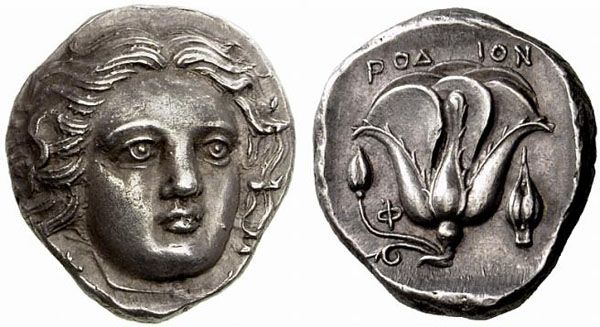
A coin from the island of Rodion
The Makedonian warlords left the Adzaian territories and took the Roman demands to the Makedonian ruler. For his part, the Makedonian ruler, who managed to avoid the naval blockade and return to Makedonia, rejected the Roman ultimatum and renewed the attacks on Adzena,as well as starting another military campaign in the area of the Karon Dzeon Peninsula - Illespont (Dardanelles). On the other side, near the Illespont, he conquered the important city state of Abydas, where he entered after the inhabitants, besieged, had all committed suicide. Here, in the autumn of 200 BC, a Roman ambassador reached the Makedonian ruler to deliver a second ultimatum, urging him not to attack any city-state on the Dze Peninsula, nor any territory of Ptolemaioy (Ptolemy) the FIFTH and to accept arbitration with Rodion and Bergamanon; at the same time that the Roman ambassador was talking to the Makedonian ruler, Roman contingents landed in Illyria. The Makedonian ruler refused the ultimatum claiming that he did not violate any condition of the "Phenikian Peace" signed with the Romans (and he had the right).
The Roman consul Tito Flaminio launched a vigorous military campaign against the Makedonian ruler in 198, forcing him to retreat to Dzetsalia. Many cities of the Achaean League, traditionally favorable to Makedonia, until then too busy with the campaign against Sparta to participate in the Second Makedonian-Roman War, after this Roman success they were convinced to abandon their pro-Makedonian attitude; others, like Argos, remained loyal to the Makedonian ruler Vasileos Philippoy.
At this point, the Makedonian ruler declared that he was ready to negotiate peace with the Romans, but this opening came at a critical moment for Flaminio, who wanted to end the war, but he was not sure that after the new elections in Rome, he would be able to command confirmed in the Dze Peninsula. He decided to start negotiations while waiting for the election results; if his command was withdrawn, he would have negotiated a quick peace with the Makedonian ruler, otherwise he would have ended the negotiations in favor of continuing the war.
In November 198 B.C. the two commanders met at Locra (a city-state between Delphi and Voioa), but Flaminio, in order to gain time, required all his allies to be present at the negotiations. Flaminio asked the Makedonian ruler to withdraw all his forces from the Dze Peninsula, condition that the Makedonian ruler could not accept it, he could only abandon recent conquests in Karon Dzeon - Illespont (Dardanelles) and Dzenika (Asia Minor).
The Roman consul Tito Flaminio convinced the Makedonian ruler that the Roman position was dictated by the allied city-states and that this could only be overcome with a Makedonian embassy in Rome. The Makedonian ruler followed the advice of Flaminio, who, however, as soon as he learned that his command was renewed for the following year, saw to it that the negotiations in Rome failed, so that he could resume his campaign against the Makedonians.
After the termination of the negotiations, the Makedonian ruler was abandoned by many allied city-states, with the exception of Acarnania, so much so that he had to hire an army of 25,000 mercenaries. The Romans defeated the Makedonians for the first time in the battle of Aos (the Antigoneia mountain pass) and the second time in the battle of Kynoskephalae, which was fought in June 197 BC, where the Roman legionnaires defeated the Makedonian phalanx. At that moment, the Makedonian ruler was forced to negotiate peace with Rome.
A truce was declared at the Temple of Dze in Qudze to settle peace terms in the Tempe Valley. The Makedonian ruler Vasileos Philippoy, son of Vasileos Demetrioy was forced to accept the withdrawal of Makedonian military units from the newly conquered cities of Karon Dzeon - Illespont and Dzenikaand to leave the territories of the Achaean and Aytolon League, Akarania and the Dzetsalian League. Makedonia also lost the coast in Aga Sey from the city of Berindzeon to the city of Avdariteon, because it was left without a navy. The Roman allies from the Aytolon League also submitted their demands, which were however rejected by the Makedonian ruler. The treaty was sent to Rome to be ratified by the Senate. The Senate added two more conditions for the signing of the peace agreement; payment of military indemnity of 1000 talents of silver and surrender of the Makedonian fleet of the Romans.The agreement was signed only in 196 BC and during the Isthmian Games in honor of Poseidon, in that year Flaminio was able to declare freedom for the entire Peninsula of Dze, Aytolon League, Akarania and the Dzetsalian League. Despite this, the return of the Roman legions to the Apennine Peninsula was not completed until 194 BC. and the Romans maintained some garrisons in some cities of strategic importance, previously occupied by the Makedonians, such as Qudze (Peninsula of Dze), Halki (Island of Evoya) and Demetria (Dzetsalia).
FROM THOSE 1000 TALENTS OF SILVER AS WAR DAMAGES FROM MAKEDONIA, THE ROMANS INTRODUCED THEIR "ROMAN DENAR" FOR THE FIRST TIME''.
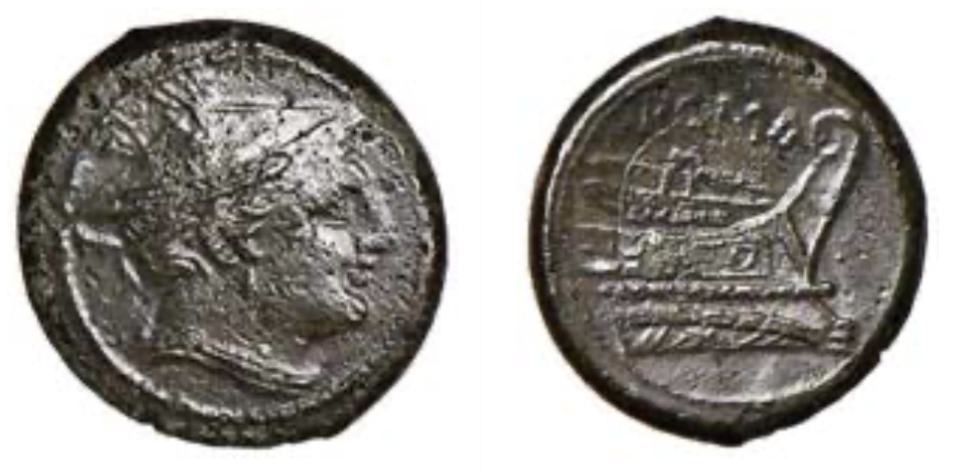 Roman coin from the period 217 - 215 BC, indicates that the Romans used the alphabet ''KOINON MAKEDONON'', they probably started using the alphabet in the time of the Makedonian ruler the Vasileon Makedonon Alexandroy when they established diplomatic relations with Makedonia. But after 197 BC, after the victory of the Roman consul, later tyrant "Tito Quinzio Flaminio" over Makedonia, and with that Makedonia was forced by the Roman Senate to pay 1000 talents of silver as a military indemnity to Rome. With those financial assets, Tito Quinzio Flaminio introduced the "Roman denarius" with a new alphabet, which is actually the Makedonian secret alphabet - ''The Alphabet of the Blooms" and the Makedonian numbers - ''The Numbers of the Spring" used by the Makedonian Phalanx.. Roman coin from the period 217 - 215 BC, indicates that the Romans used the alphabet ''KOINON MAKEDONON'', they probably started using the alphabet in the time of the Makedonian ruler the Vasileon Makedonon Alexandroy when they established diplomatic relations with Makedonia. But after 197 BC, after the victory of the Roman consul, later tyrant "Tito Quinzio Flaminio" over Makedonia, and with that Makedonia was forced by the Roman Senate to pay 1000 talents of silver as a military indemnity to Rome. With those financial assets, Tito Quinzio Flaminio introduced the "Roman denarius" with a new alphabet, which is actually the Makedonian secret alphabet - ''The Alphabet of the Blooms" and the Makedonian numbers - ''The Numbers of the Spring" used by the Makedonian Phalanx..
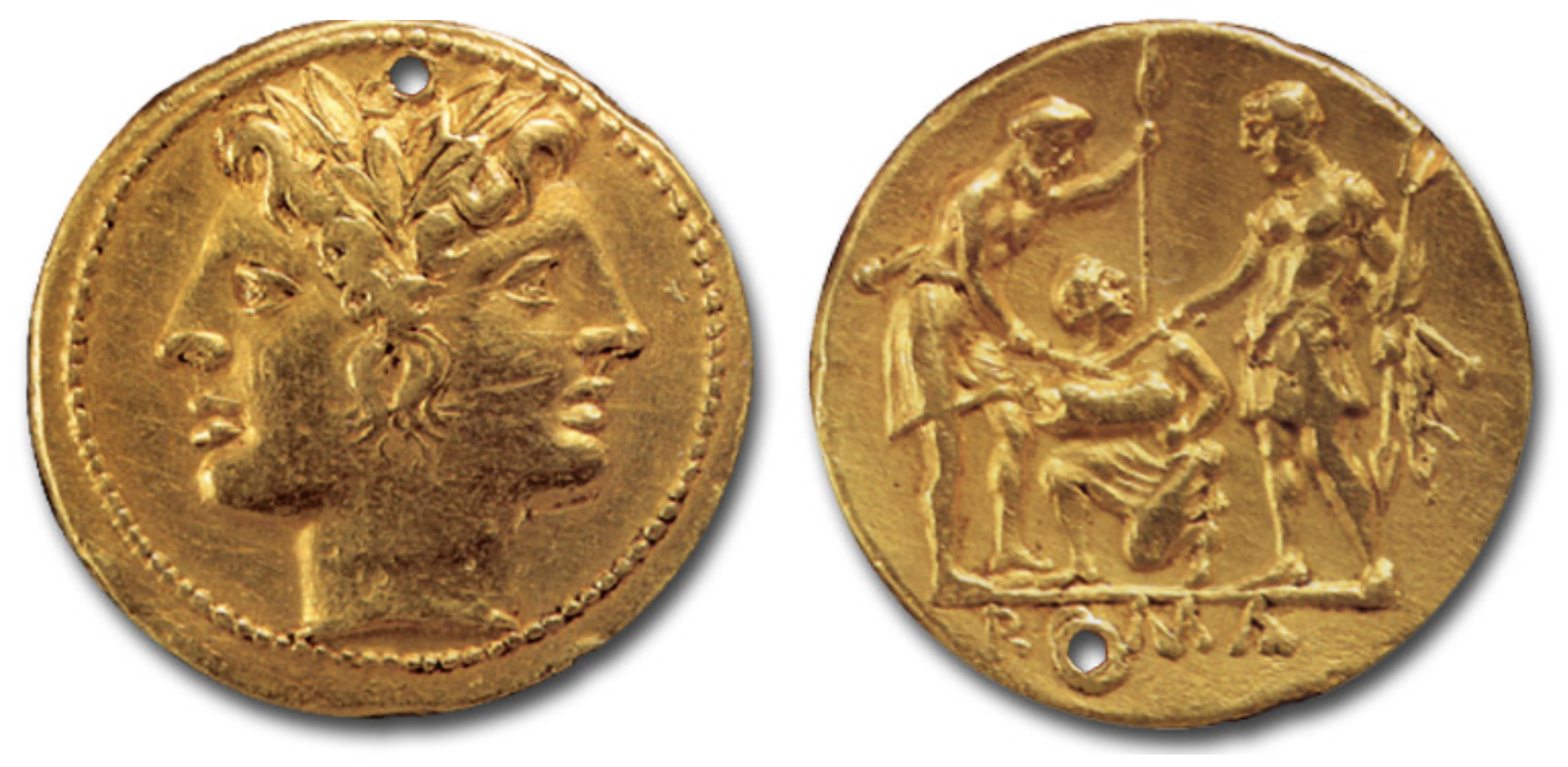 Gold Roman denarius with "their new script" introduced by Tito Quinzio Flaminio after 197 BC. Gold Roman denarius with "their new script" introduced by Tito Quinzio Flaminio after 197 BC.
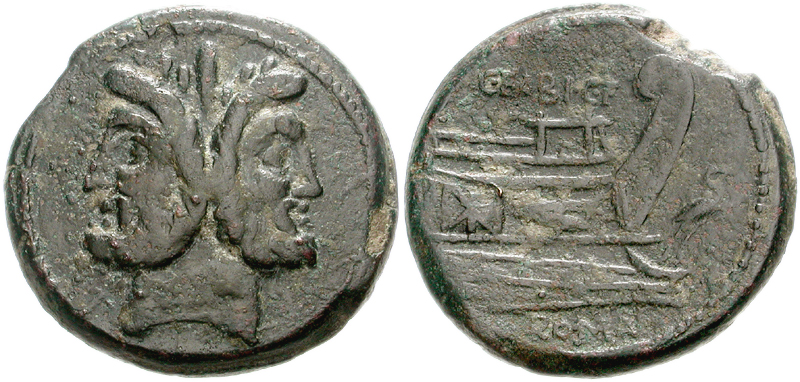 Roman denarius with "mixed scrip'' Roman denarius with "mixed scrip''
The final years
The power of the Makedonian ruler Vasileos Philippoy, son of Vasileos Demetrioy was destroyed, but he still did not give up. He replaced his 5000 soldiers after the acquired military training thus increasing his army without violating the treaty with Rome.
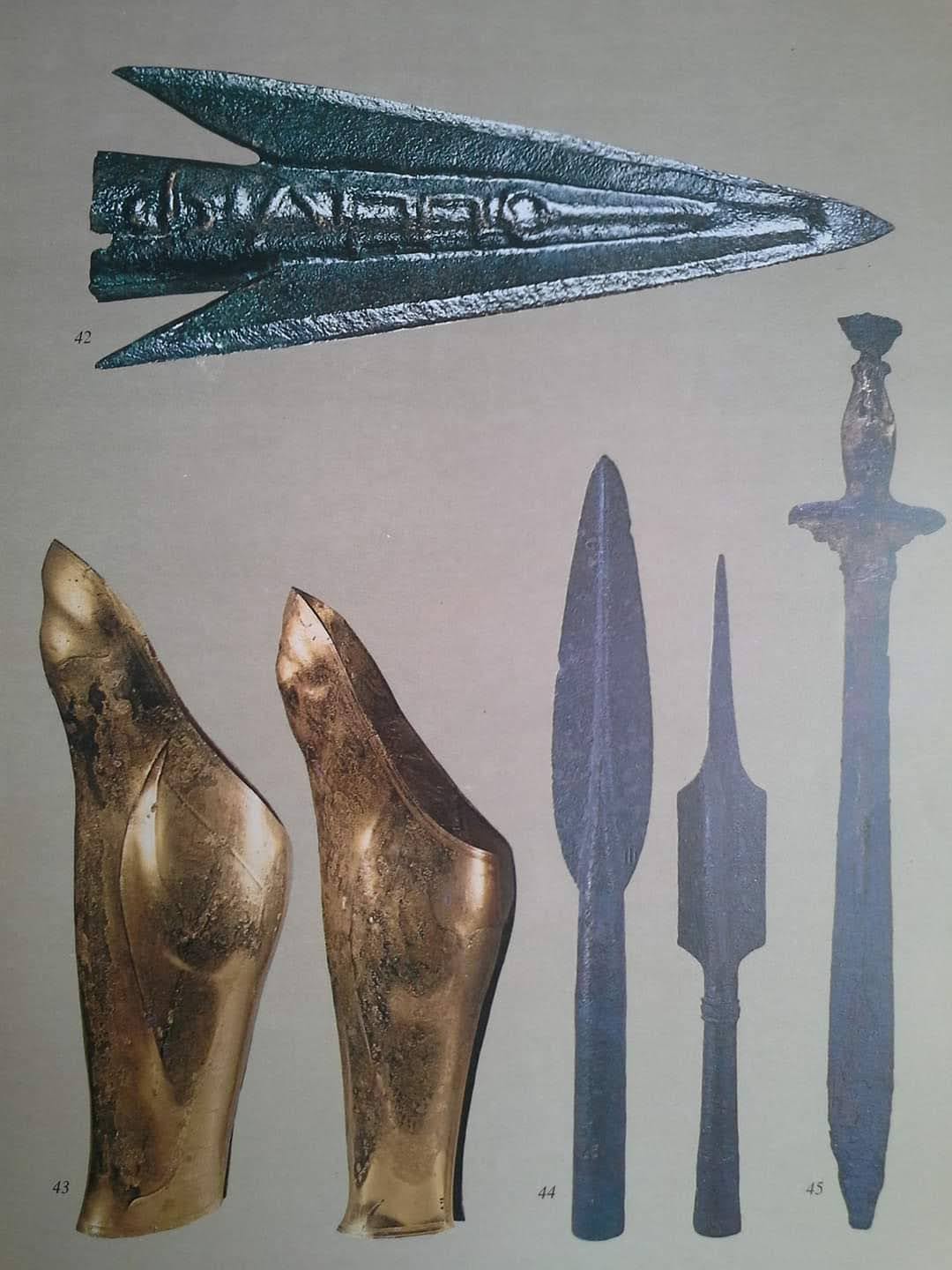
42. Spearhead probably devised by Vasileos Philippoy, son of Vasileos Demetrioy
Like every military leader and the Makedonian ruler Vasileos Philippoy, son of Vasileos Demetrioy tried to design new types of weapons.

A characteristic sword "with a hook", a trademark of Makedonian mints
The Makedonian ruler ordered his son Demetri to be poisoned (there are several versions) because he was accused of pro-Roman politics, and his son Berseos (not Perseos) succeeded him. More precisely, Vasileos Philippoy, son of Vasileos Demetrioy was in Amphipoliton, and Berseus and Demetri were in Philippi (Plovdiv today), when young Demetri was poisoned.
Tito Livy noted:
„ For the safety of Demetri's road in Makedonia, was in charge of accompanying Didas, the strap (governor) of Payonia, one of the archon officers / warlords, but not with a very large entourage “ .
Then, further down in the same book, he says how:
„ Demetri imagined an escape among the Romans; and the strap (governor) of Payonia appeared as a helper sent by the gods, because through his territory Demetri hoped to remain silent without exposing himself to danger “.
And in the third place Livy writes:
„ They were armed and gathered by Didas of Payonia, who killed the young Demetri “.
An ally of Rome
Theater of operations from the 191 BC campaign, including the site of the Battle of Dzermopole. In any case, after 196 BC, the Makedonian ruler maintained positive relations with Rome: the following year, in fact, Makedonia participated in the Council of Qudze where they discussed the possibility of declaring war on the Spartan Navioy, openly supporting the military option and sending 1,500 soldiers and 400 Dzetsalian cavalry to support Flaminino. Makedonian support for Rome was confirmed in 192 BC. when the ruler of Seleykia the Vasileos Antiohoy The THIRD and Aytolon League entered into hostilities against Rome. In fact, as soon as the Vasileos Antiohoy The THIRD attacked Dzetsalia, the ancient possession of the Makedonian ruler, the latter, fearing to be surrounded by the Seleykinians and Aytoloians, decided to send messengers to the consul Manius Acilius Glabrio and conclude a defensive alliance against Seleykia. The following year, Vasileos Philippoy, son of Vasileos Demetrioy, accompanied by the praetor Marcus Bebius Thamphilus, attacked Dzetsalia, forcing the Vasileos Antiohoy The THIRD to retreat to Halki while the Makedonian ruler besieged the fortress of Bellinaion which finally fell with the arrival of the army of the Roman consul Glabrio.
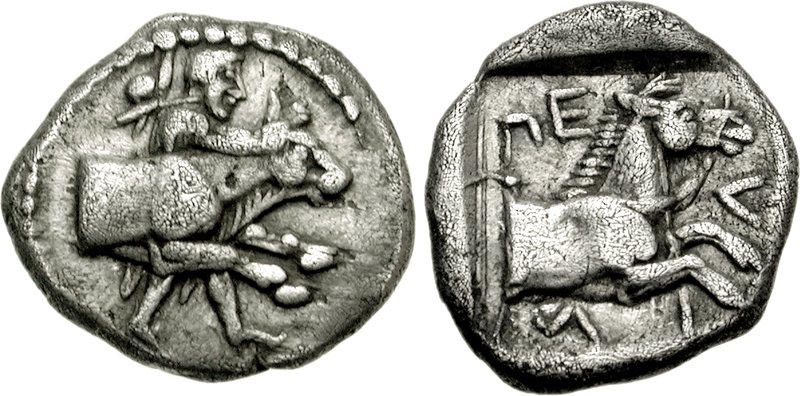
Coino of Bellinaion
In the following months, the Makedonian ruler continued to support the Roman military units and his behavior was rewarded when, after the victory at Dzermopole, the Senate decided to release Demetri; with the retreat of the Vasileos Antiohoy The THIRD, Vasileos Philippoy, son of Vasileos Demetrioy and the Roman consul Glabrion attacked the territories of the Aytolon League and the Makedonian ruler Vasileos Philippoy, son of Vasileos Demetrioy regained power over the whole of Dzetsalia.
Battle of Dzermopole (Thermopylae) 191 BC
The Battle of Dzermopole took place in April 191 BC. between the Seleykian army of the Vasileos Antiohoy The THIRD ruler of Seleykia and the Roman army, commanded by the Roman consul Manius Acilius Glabrion. This year's operations began first with the advance of the Vasileos Antiohoy The THIRD into Akarnania, where many of its cities were laid under siege by the ruler of Seleykia. However, after learning that the Roman troops had crossed the Makedonian Sea (Adriatic) and that the Makedonian ruler Vasileos Philippoy, son of Vasileos Demetrioy, accompanied by the Roman praetor Marcus Babius Tamphilus was heading towards Dzetsalia, he decided to return to Halki. A little later, with the beginning of spring, the consular army of Acilius Glabrio (consisting of two Roman legions and two Roman allies, a total of 20,000 infantry, 2,000 cavalry and some elephants) landed in Apollonia). In Illyria, joined the Roman army and the Makedonian ally. The union of the three armies at Bellinaion determined the success of the siege carried out by the Makedonian ruler and the escape of the ruler Amnandras to Ambracia. At that moment Acilius Glabrio took command of the Roman army and headed, with the approval of the Macedonian ruler, towards the southern part of Dzetsalia, where small Seleykian garrisons remained for expulsion. The Vasileos Antiohoy The THIRD the tuler of Seleykia,after learning about these events, he was terrified and understood what Hannibal predicted for him (after the war with the Romans he became Antiohoys' adviser). So he decided to send messengers to Adzena to request the arrival of Polyxenidas, while he stood with 10,000 infantry, 500 cavalry, as well as allies guarding the pass of Dzermopole (already the site of the famous battle between Sparta and Bersia), to prevented the enemy from penetrating to the south and here they await the arrival of reinforcements.
The battle
The ruler of Seleykia also had a double wall built on which to place his siege engines, while he ordered 1,000 Aytolons (members of the Aytolon League, not the people)to guard the top of the mountains nearby, and others to position themselves in Arakleia Trachinia, in order to prevent possible Roman attacks from behind. The Roman commander Acilius Glabrio, who knew ancient history, remembered the existence of a different way to overcome the Dzermopole pass that had already been used centuries earlier by the Bersians to surprise the Spartans. By chance, a Roman unit led by Marcus Porcius Kato encountered a scouting unit (1,000 Aytolonians) that the Vasileos Antiohoy The THIRD had set up to guard the route. He managed to capture one of the Aytolonians and discover the position of the main force of the Vasileos Antiohoy The THIRD and that the garrison stationed to defend the route numbered 600 armed members of the Aytolon League. The Romans attacked this small force, which immediately fled. Во меѓувреме најголемиот дел од римската војска ја нападна главната војска на the Vasileos Antiohoy The THIRD. At some point during the battle, the Aytolonians were seen fleeing from Kato, and then from Kato himself, the army of the Vasileos Antiohoy The THIRD was therefore greatly frightened by this sight, having heard of the deadly fighting method of the Romans and recognizing that they were spoiled by pleasures, that winter and caught between two fronts, was soundly defeated while trying to recover in his camp, pressed by the Romans. The Roman losses were very insignificant (about 200 men-at-arms), while most of the army of the Vasileos Antiohoy The THIRD was destroyed or reduced to slavery, so much so that the ruler of Seleykia managed to escape to Dzenika, in Ephexion, with only 500 men-at-arms . It is said that the Vasileos Antiohoy The THIRD himself was hit by a stone in his mouth and lost several teeth.
During the next two years, while the Romans were busy in Dzenika (Asia Minor) against Seleykia, The Makedonian ruler not only secured safe passage for the Romans through his territories, but provided them with food and supplies and continued the war against the Aytolon League with varying degrees of success: всушност, n 188 BC, the Aytolon League was repulsed by Makedonian military units and the Makedonian ruler had to ask for help from the consul Marco Fulvio Nobiliore who, after besieging the city of Ambrakia, received the definitive surrender of the Aytolon League. Во секој случај, The Macedonian ruler did not stop and undertook several military campaigns on the Pyonian coast (Thrace), including the important cities of Enas and Ma Aaron and in southern Dzetsalia which, however, worried the ruler of Bergamanon, Eymenoy The SECOND, who decided to inform the Senate: Rome forced the Makedonian ruler to give up these conquests and return to the borders given by Glabrio or suffer further Roman intervention; enraged (the inhabitants of Ma Aaron fell victim to his wrath and were massacred), but powerless, the Makedonian Vasileos complied with the demands.
The last years and the death of the Makedonian ruler Vasileos Philippoy, son of Vasileos Demetrioy
In these circumstances, the Makedonian ruler decided to send his son Demetrioy to Rome to forward his protests to the Senate; the prince was received with all honors and received a relaxation of relations between Rome and Makedonia. However, the embassy created strong conflicts between Demetriuy and the eldest son of the Makedonian Vasileos, Berseos (Ber Se - White as Dze) and these disputes contributed to make the days of the Makedonian ruler more and more bitter: the Makedonian Vasileos soon fell prey to the fear of conspiracies and intrigues against his authority, his person, state and became cruel. The ruler decided to undertake an expedition against the Payonians; Then Berseus, taking advantage of his younger brother's temporary absence, produced false letters to make his father believe that Demetrioy was involved in a conspiracy with Rome, to replace him. The Makedonian ruler Vasileos Philippoy, son of Vasileos Demetrioy, killed his son Demetrioy, but then learned of his eldest son's intrigues and was shocked with grief and remorse. Now ill, the ruler retreated to Amphipoliton where he was wrested from Berseos in favor of his cousin Antigon (son of Echestratas, brother of Antigon Doson), he died soon after, in the winter of 179 BC, of grief and a broken heart, cursing his son Berseos. He ruled for 42 years. Berseos, after executing Antigon, took power.
Historical judgment
Ancient historians, especially Polybius and Titus Livius, have left a light-dark portrait of the Makedonian Vasileos who is described as a person endowed with great virtues and equally great vices: he was a skilled commander, charismatic, generous, brave in action, a great orator.extremely dignified and bossy and at the same time rigid to the point of cruelty, suspicious, rather debauched and addicted to drink. As for his long-term goals, they remain unanswered: in fact, his initial military campaigns allowed a strong expansion of Makedonia, but led Rome and other states to unite against him; Furthermore, his nature inclined to cruelty and suspicion (especially in his later years) made any hope of gaining the favor of the Achaean and Aytolon League as well as the rest of the Dze Peninsula futile, a factor that would be decisive for the fall of the Makedonian state.
As for the Spartan "ally"
During the Second Makedonian-Roman War, the Spartan ruler Navioy had another opportunity to expand. The Makedonian ruler Vasileos Philippoy, son of Vasileos Demetrioy, offered him the city of Argos if Sparta renounced the Roman coalition and sided with the Makedonian alliance.
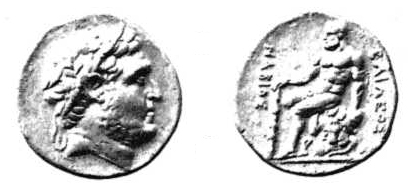
Navioy vasileos, it is thought that Navioy, (how legitimate he was, we are not interested), ruler of Sparta, assumed the title of "vasileos", not the Spartan "avahto".
Navioy accepted and gained control of Argos; when it became clear that the war would go badly for the Makedonians, Navioy returned to the Roman coalition and sent 600 Kydonian (Cretan) mercenaries to support the Roman army. The Makedonian ruler was then defeated by the Romans at the Battle of Kynoskephalae, but Sparta retained control of Argos. After the war, the Roman army did not withdraw from the Dze Peninsula, on the contrary, it deployed garrisons at strategic locations in the region to protect its interests.
In 195 BC, Tito Quinzio Flaminino, Roman commander in the Dze Peninsula, convened a council of the city-states of the Dze Peninsula in Qudze, Makedonia was also called, to discuss the possibility of declaring war against the Spartan Navioy. Among the states and alliances that participated in the council were: the Achaean League, the Aytolon League, Makedonia, Bergamanon, the Roman Republic, Rodion and the Dzetsalian League (meaning the Romans separated it from Makedonia the Dzetsalia). All present favored war, except the Aytolon League and the Dzetsalian League, who wanted the Romans to leave their territories immediatelyas well as from the Peninsula of Dze (All honor to their liberality). Both of these Leagues offered to try diplomatically to come to an agreement with the Navioy but were hindered by the Achaean League, which had no intention of accepting a possible increase in the power of the Aytolon League. The Romans used the war as an excuse to keep some legions in the Dze Peninsula to prevent the Spartans and the Aytolon League from allying with the ruler of Sekeykia the Vasileos Antiohoy The THIRD in the event of his invasion of the Dze Peninsula.
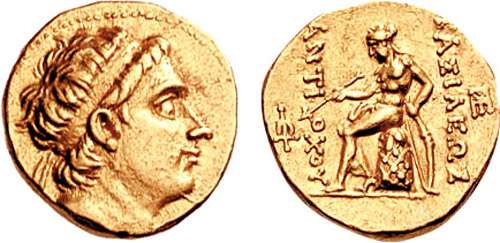 the Vasileos Antiohoy The THIRD the ruler of Sekeykia of Makedonian origin the Vasileos Antiohoy The THIRD the ruler of Sekeykia of Makedonian origin
The Roman consul Flaminio sent a messenger to Sparta, asking the Spartan ruler Navioy to return Argos to the Achaean League or face war against Rome and its allies; the Spartan ruler Navioy rejected Flaminio's ultimatum and 40,000 Roman soldiers, along with allies, advanced on the Spartan ruler Peluisland of Dze. At Kleona, the Romans under the consul Flaminio were joined by 10,000 infantry and 1,000 cavalry from the Achaean League under Aristaneas and Aristaeas. Navioy placed his son-in-law from Argos, Pythagoras, in charge of the Argos garrison of 15,000 men. As the Romans and the Achaean League advanced on the city, a young Argian named Damoclas tried to incite a rebellion against the Spartan contingent: with some followers, he stood in the city forum and called on the Argians to rebel against the Spartans. The rebellion did not materialize and Damoclas, with many of his followers, was surrounded and killed by the Spartan garrison.
The Roman consul Flaminio moved his camp to the place where the skirmish took place.One day, he waited for the Spartans to attack him, but this did not happen, and Flaminio then called a council to decide whether or not to besiege Argos; all the Achaean commanders, with the exception of Aristaneas, agreed that the city should be attacked, the capture of which was the primary object of the war; on the contrary, Aristaneus argued that it was necessary to strike Sparta and Laconia directly. Flaminio agreed with Aristaneas and the allied army marched towards Tegea, in Arcadia. The next day Flamino advanced to Karia (К аr i а), where he was quickly joined by a reinforcement of allies: they were made up of a contingent of Spartan exiles led by Agas (most likely) the 4th (the legitimate ruler "avahto" of Sparta, overthrown twenty years earlier by the first tyrant of Sparta, Lakargas - Lak arg as) and of 1500 Makedonian infantry and 400 Dztsalian cavalry, sent by the Makedonian ruler. News also arrived of the landing of several allied fleets on the Laconian beaches: a Roman fleet of forty ships led by Lucius Quincius Flaminio; a Rodian island fleet of eighteen ships led by Sosila, who hoped that a victory over Navioy would end piracy against Rodian ships;fleet of the State of Bergamanon of forty ships led by the ruler Vasileos Ejmenoj The SECOND, who intended to receive Roman protection in case of attack by the Vasileos Antiohoy The THIRD the ruler of Sekeykia.
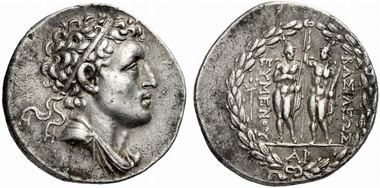 Coin of the Vasileos Ejmenoj The SECOND, the ruler of the State of Bergamanon. The Greeks today have no relationship with antiquity, they mixed up all the names of all the rulers from antiquity in order to "confuse" them. Coin of the Vasileos Ejmenoj The SECOND, the ruler of the State of Bergamanon. The Greeks today have no relationship with antiquity, they mixed up all the names of all the rulers from antiquity in order to "confuse" them.
Navioy ordered 10,000 citizens to be paid for his army, hiring another 1,000 Kydonian (Cretan) mercenaries. The Kydonian allies of the Spartan ruler Navioy, who profited from the exploitation of naval bases in his territory, sent 1000 elite soldiers in addition to the 1000 they had already sent to help Sparta. Fearing that the approach of the Romans might incite his subjects to revolt, Navioy decided to terrorize them by ordering the death of eighty prominent Spartan citizens.
During the siege of Gidzeio (Gytxeium), Pythagoras joined Navioy at Sparta, bringing with him 3,000 soldiers from Argos, where Navioy discovered that Gidzeio had surrendered, Flaminio led his force of 50,000 against Sparta and after defeating the Spartans in a battle outside the city walls, he began the siege. The Roman commander decided not to conduct a prolonged siege, but to try to take the city by assault. The Spartans initially held their ground against the allied attacks, but their resistance was weakened by the fact that the large Roman scutae (''scudi'' - Latin - shields) made throwing arrows and stones ineffective.
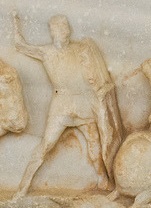
Roman legionnaire with their typical large shield - relief from the monument at Delphi commemorating the 'Battle at the Pind River''
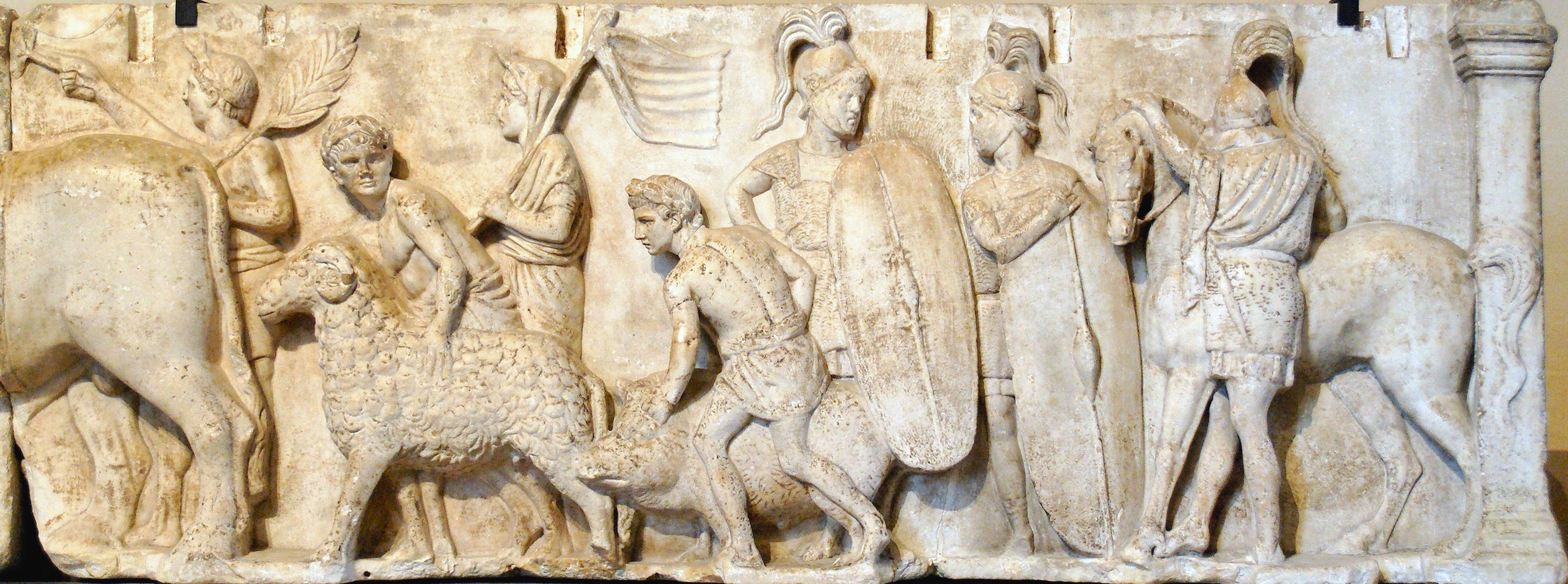
Detail from the Ahenobarbus relief showing (centre-right) two Roman infantry-soldiers c. 122 BC. Note the Montefortino-style helmets with horsehair plume, chain mail cuirasses with shoulder reinforcement, oval shields with calfskin covers, gladius and pilum.
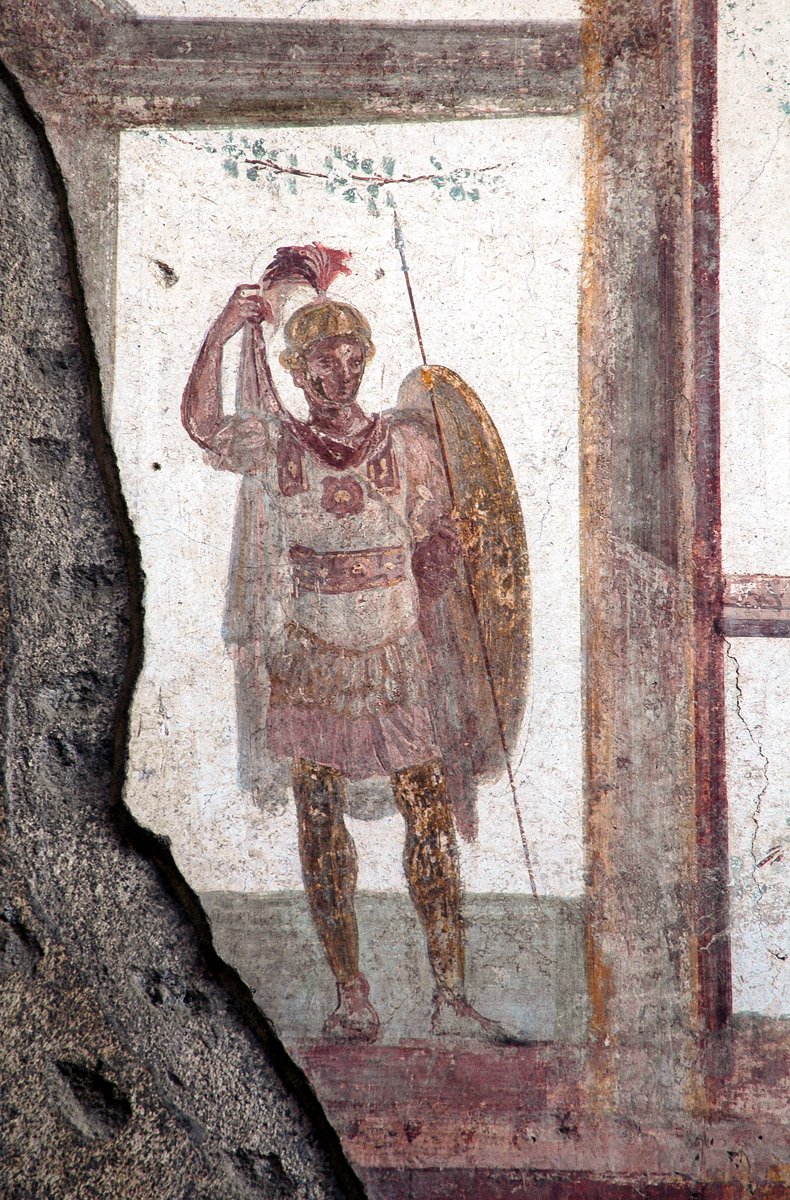
A fresco from the "House of Valerius Rufus" in Pompeii. This is presented as a "Roman legionnaire" from the time, a fresco, but according to the military equipment, it is surely a Makedonian soldier belonging to the "Silver Spears" (the Makedonian "Holy Company" or Guard)
The Romans attacked Sparta, conquering the walls, but their progress was difficult because of the narrow width of the streets on the outskirts of the city; However, the streets gradually widened as they approached the center of the city, and the Spartans were forced to retreat. Realizing that his forces were failing, Navioy tried to escape, but Pythagoras gathered his soldiers and ordered them to burn the buildings near the walls. Burning debris was hurled at the Roman allied soldiers entering the city, causing them many casualties; Flamino then decided to withdraw the soldiers to their camps.
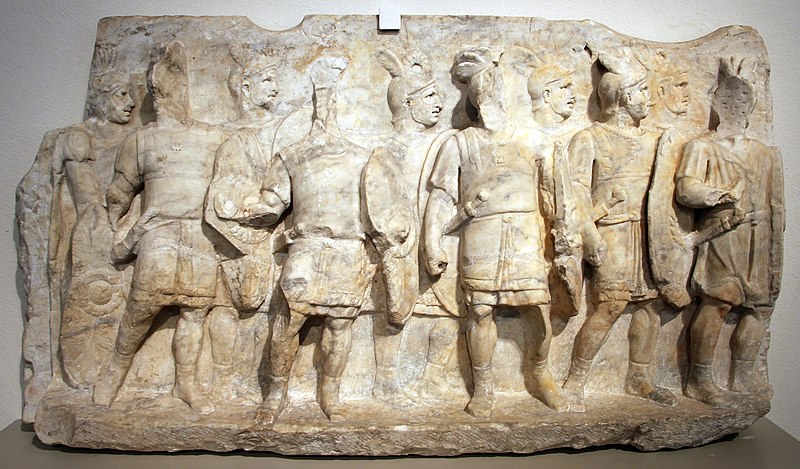
oman infantry from the 1st century AD, relief, it can be seen that the Romans were "inspired" by the Makedonian phalanx for a long time
During the next attack, the Spartans resisted the Roman attacks for three days, before Navioy, finding the situation desperate, sent Pythagoras with an offer of surrender. Flamino initially refused to grant an audience (meet) to the warlord, but when he returned a second time, the Roman commander said he was willing to accept the surrender on the same terms offered before the siege. The treaty was later ratified by the Roman Senate. Meanwhile, upon hearing the news of the siege of Sparta, the Argians led by Archippa rebelled against the Spartan garrison commanded by Timocratas of Belan, who surrendered the fortress on the condition that all the Spartans in the garrison could leave Argos unharmed; in return, all Argians who served in the Navioy army could return home.
**** In other historical "books" you will find "Greeks'', ''Greece'', ''Hellens'', but they did not exist before 148 BC, while ''хелените'' they invented the Latin pops and refers to religion.
In 146 - 148 BC. the Achaean League declared war on Rome, which revolt was suppressed by P. Chaechelius Metellus and L. Mummius. The city of Qudze was ravaged and destroyed, the League of Achaia was dissolved and declared a Roman province, and to that province of Achaia, the Romans added the territories of Laconia (Sparta). THEN THE ROMANS INVENTED THE GREEKS AND GREECE'', after the battle site of the city of Grekoy, between the Roman legions and their allies, against the insurgents of the Achaean League. The names "Greeks" and "Greecia" were a reproach and were not used by the "Achaeans", but by "Achaia", also in the holy scriptures (the Bible), there is Achaia, not "Greece". , of course in those Bibles printed before 1830.
Quotes from the Makedonian ruler Vasileos Philippoy, son of Vasileos Demetrioy
1. Vasileos Philippoy, son of Vasileos Demetrioy, ruler of Makedonia filled with anger; he added that the sun had not yet set.
'' Filippo 5 Re di Macedonia in un empito di furore, aggiunse che ancora non era calato il sole di tutti i giorni''.
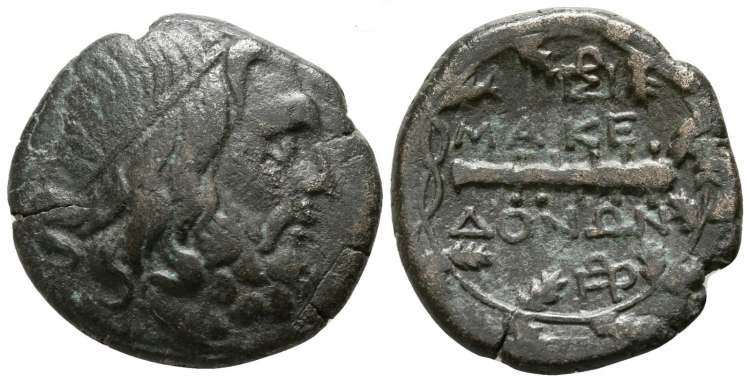 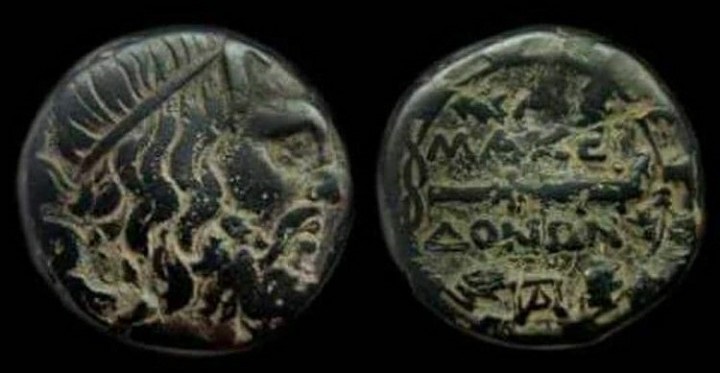

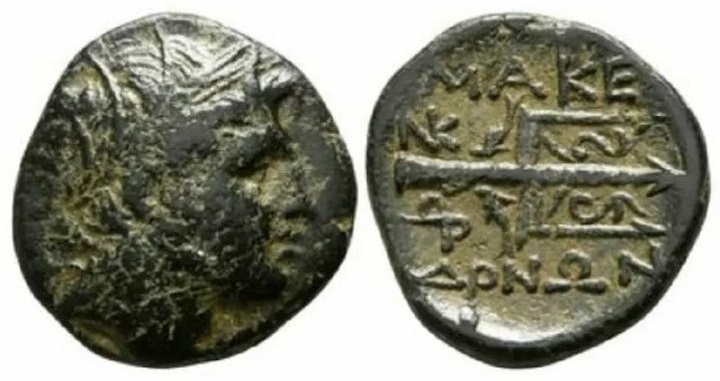 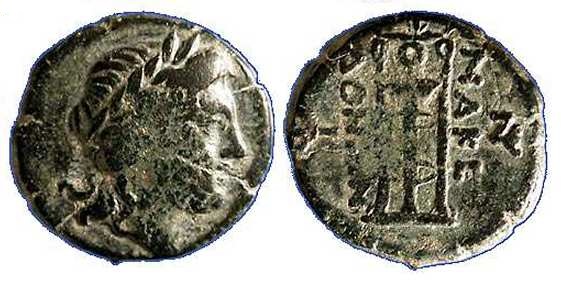
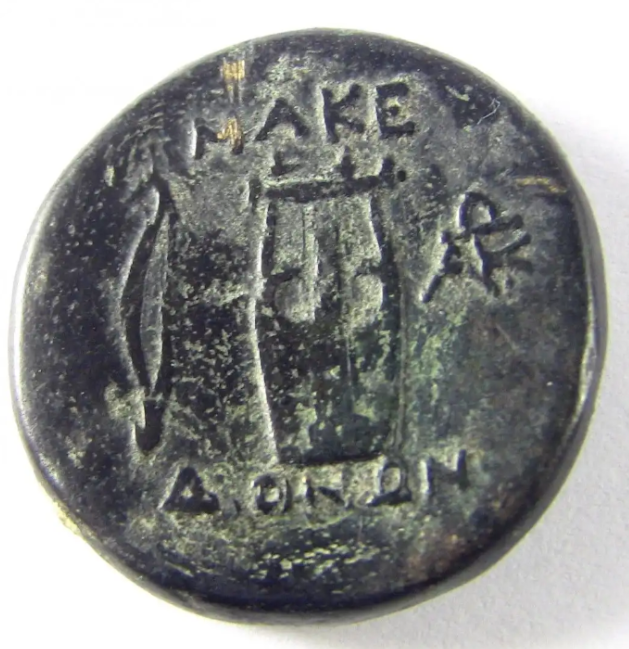
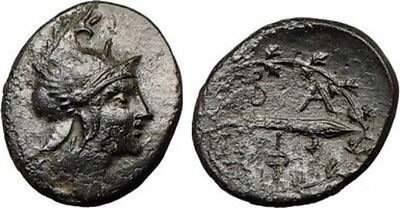 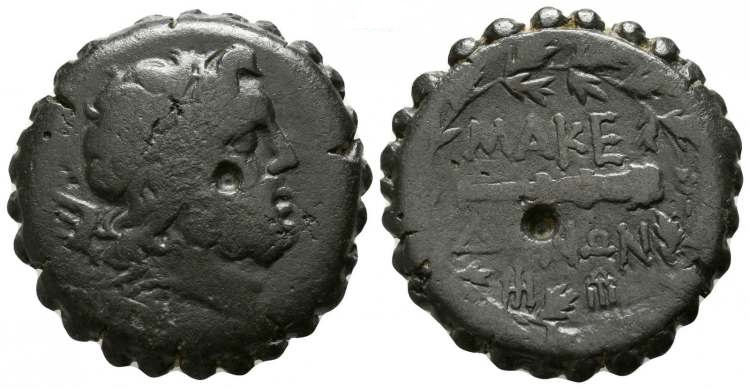
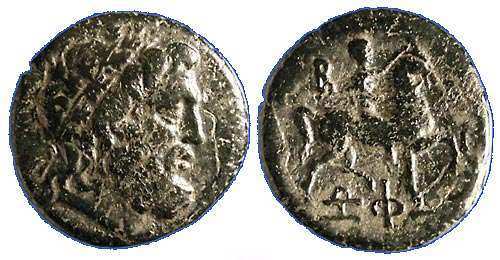 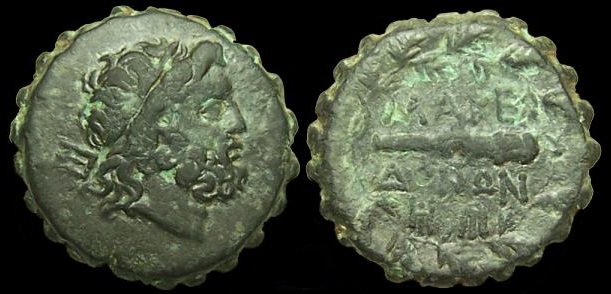
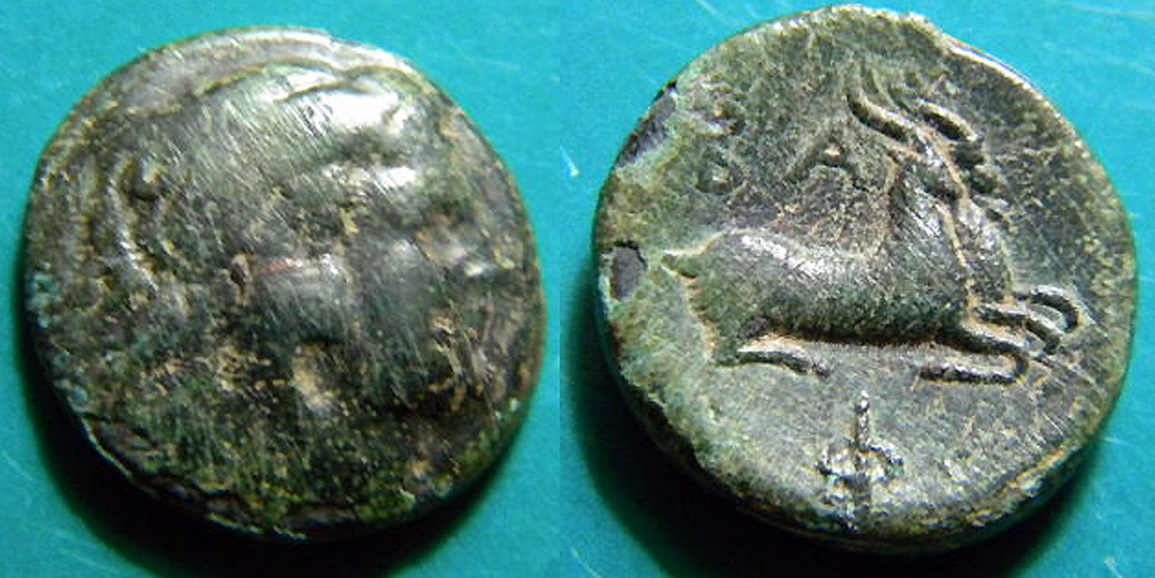
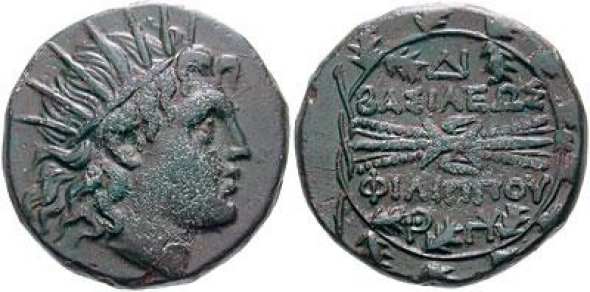 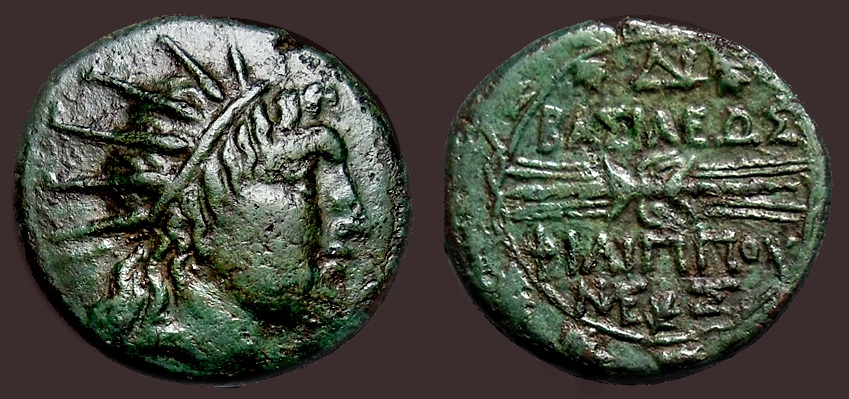

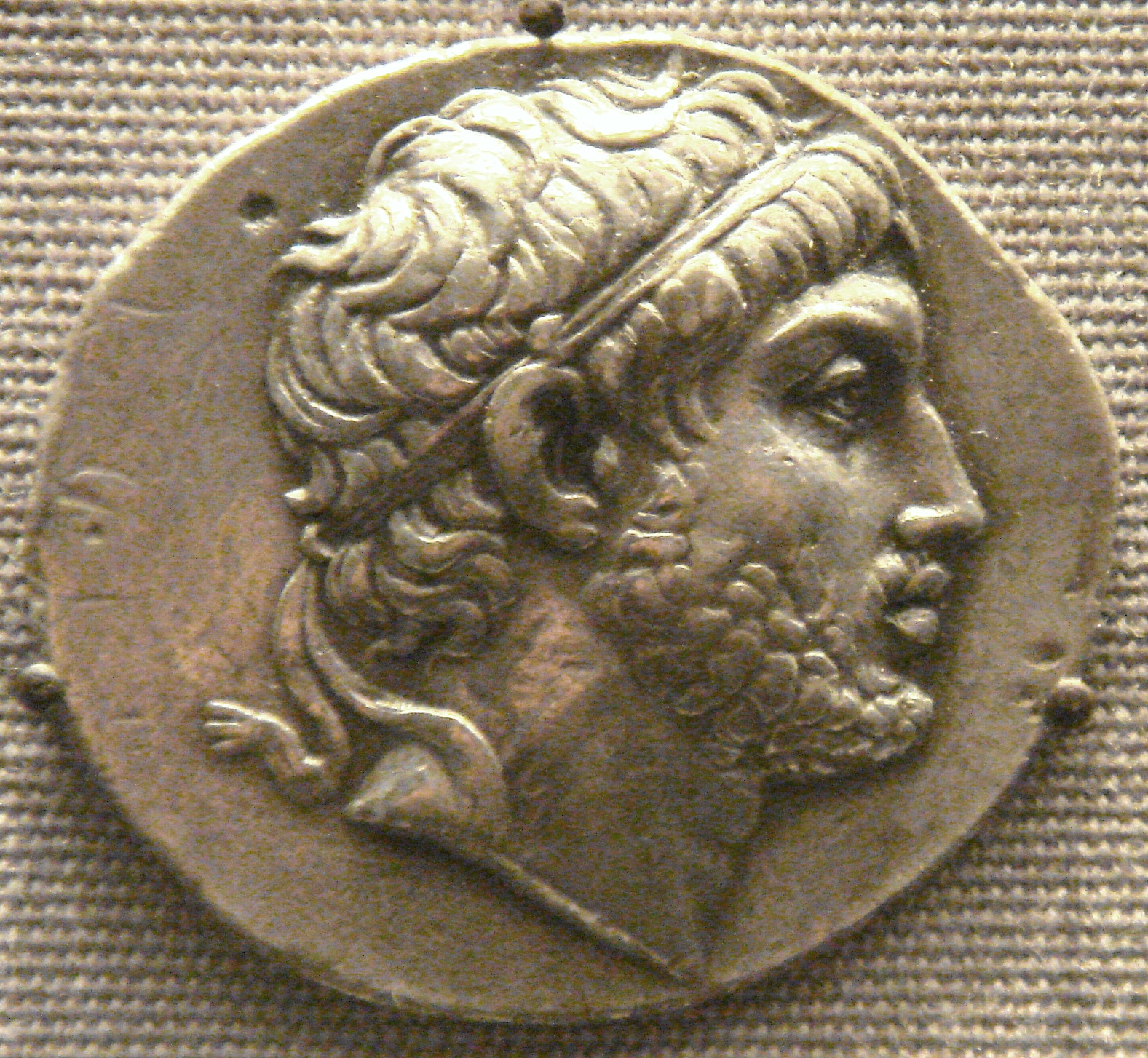 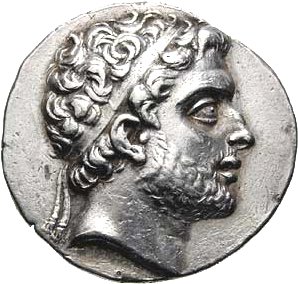 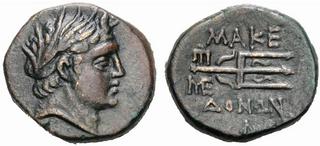
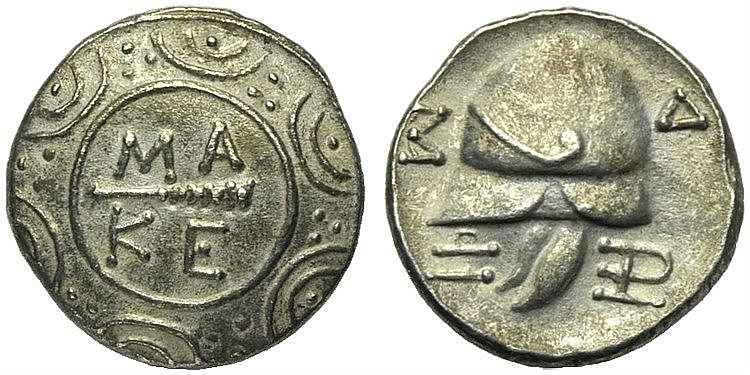
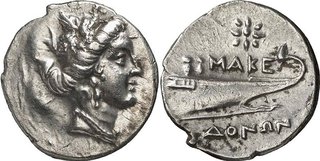
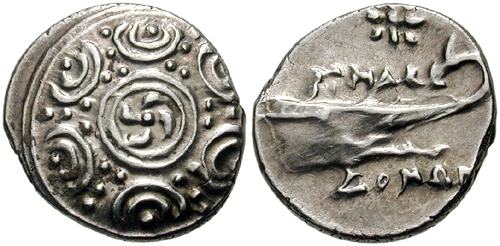
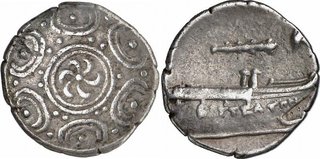 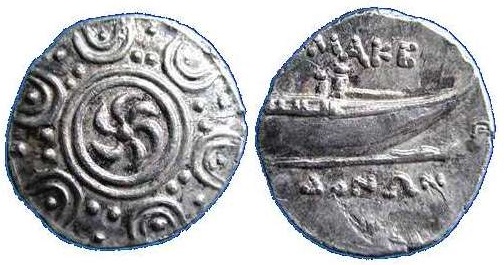
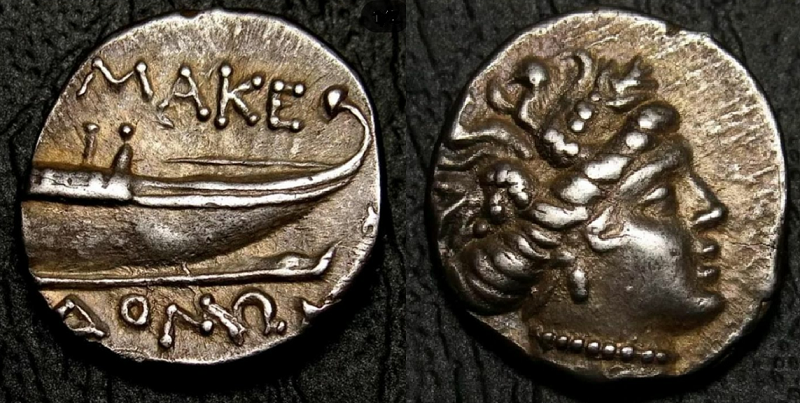 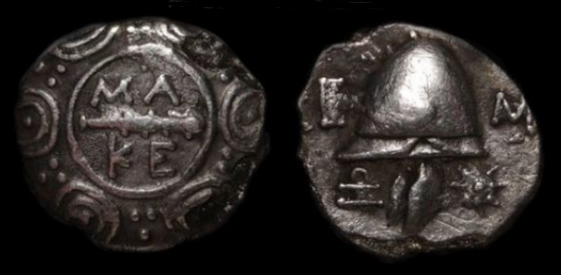
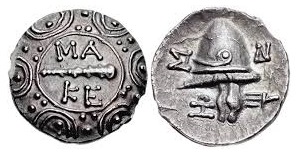 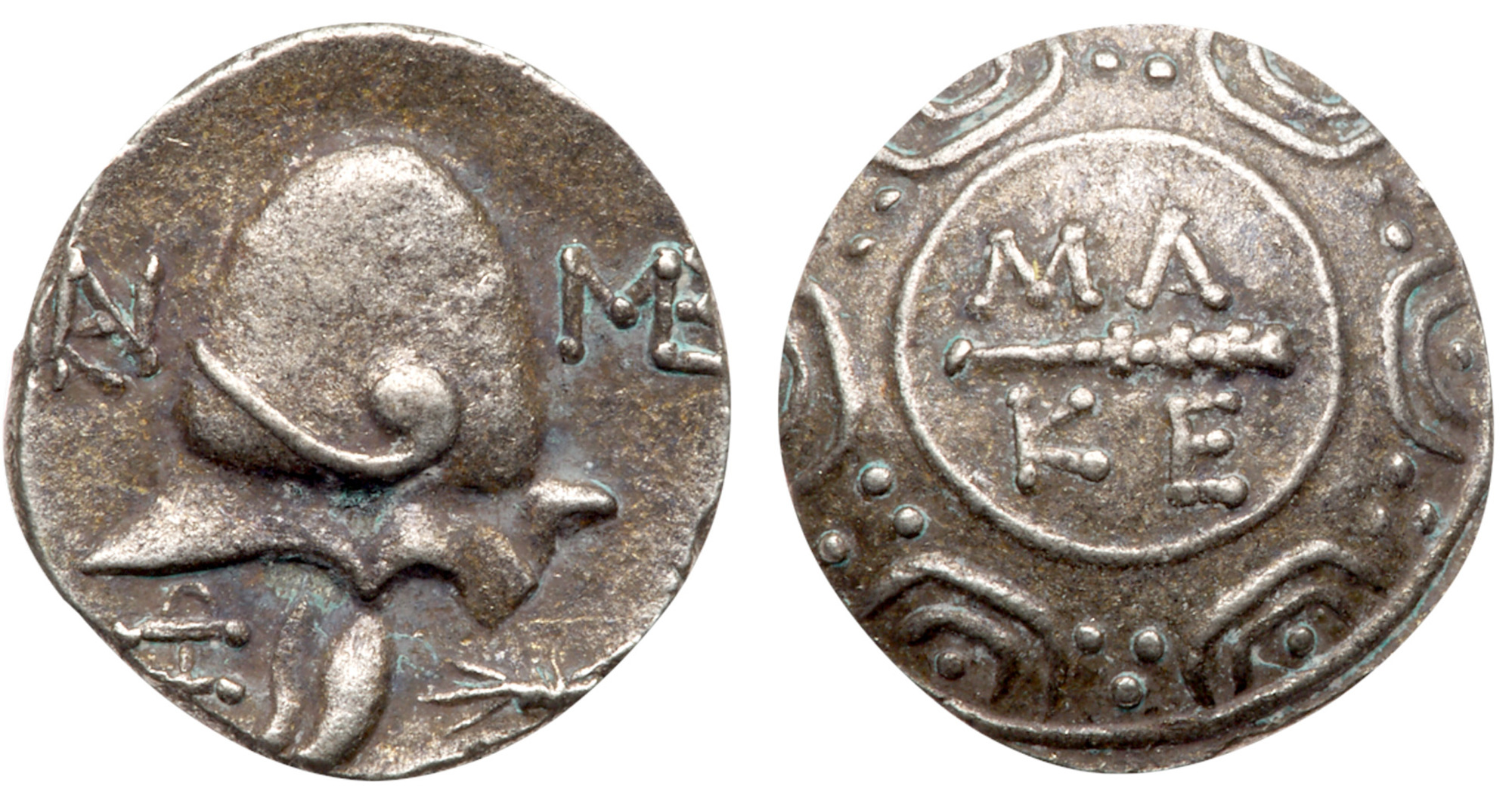
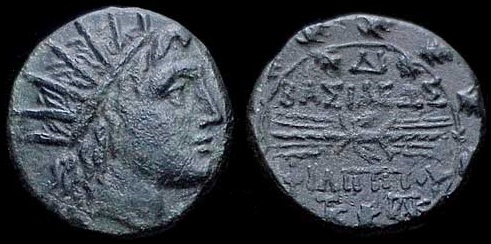 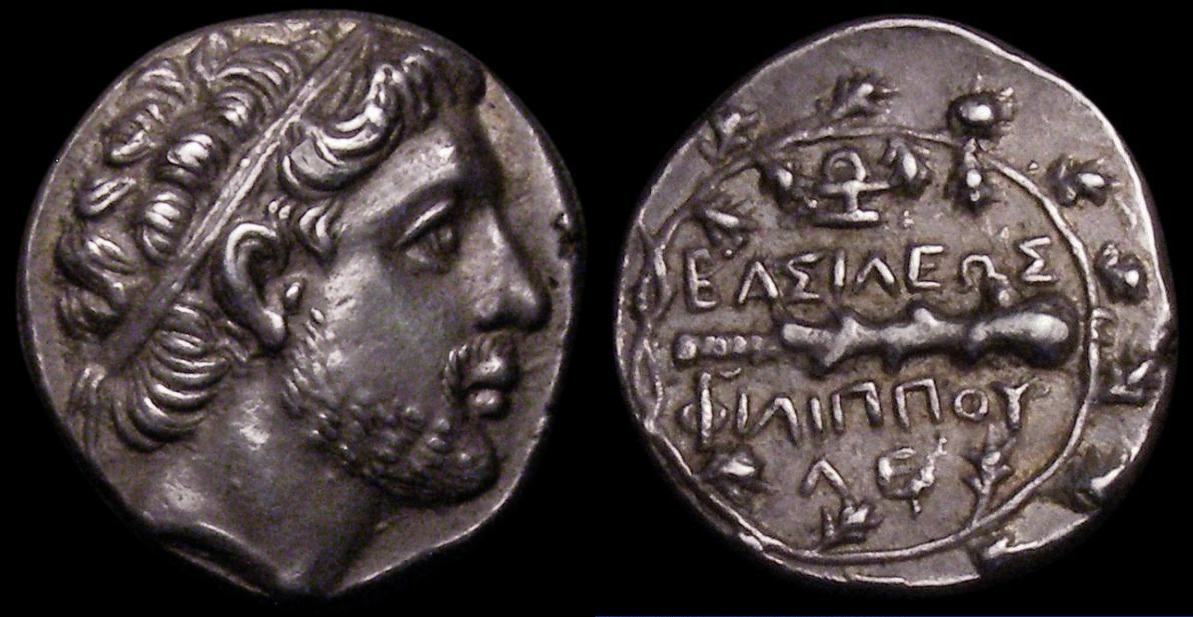

 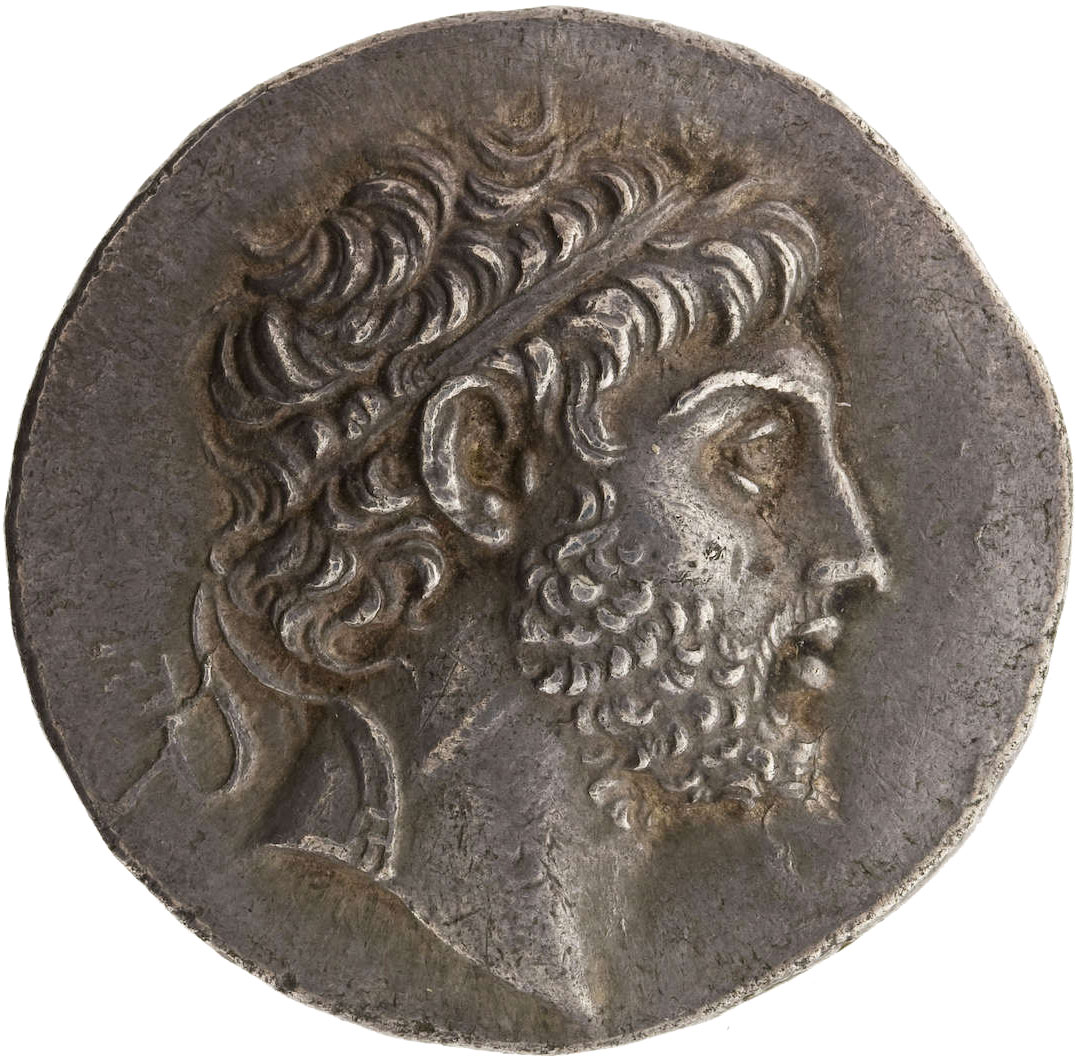 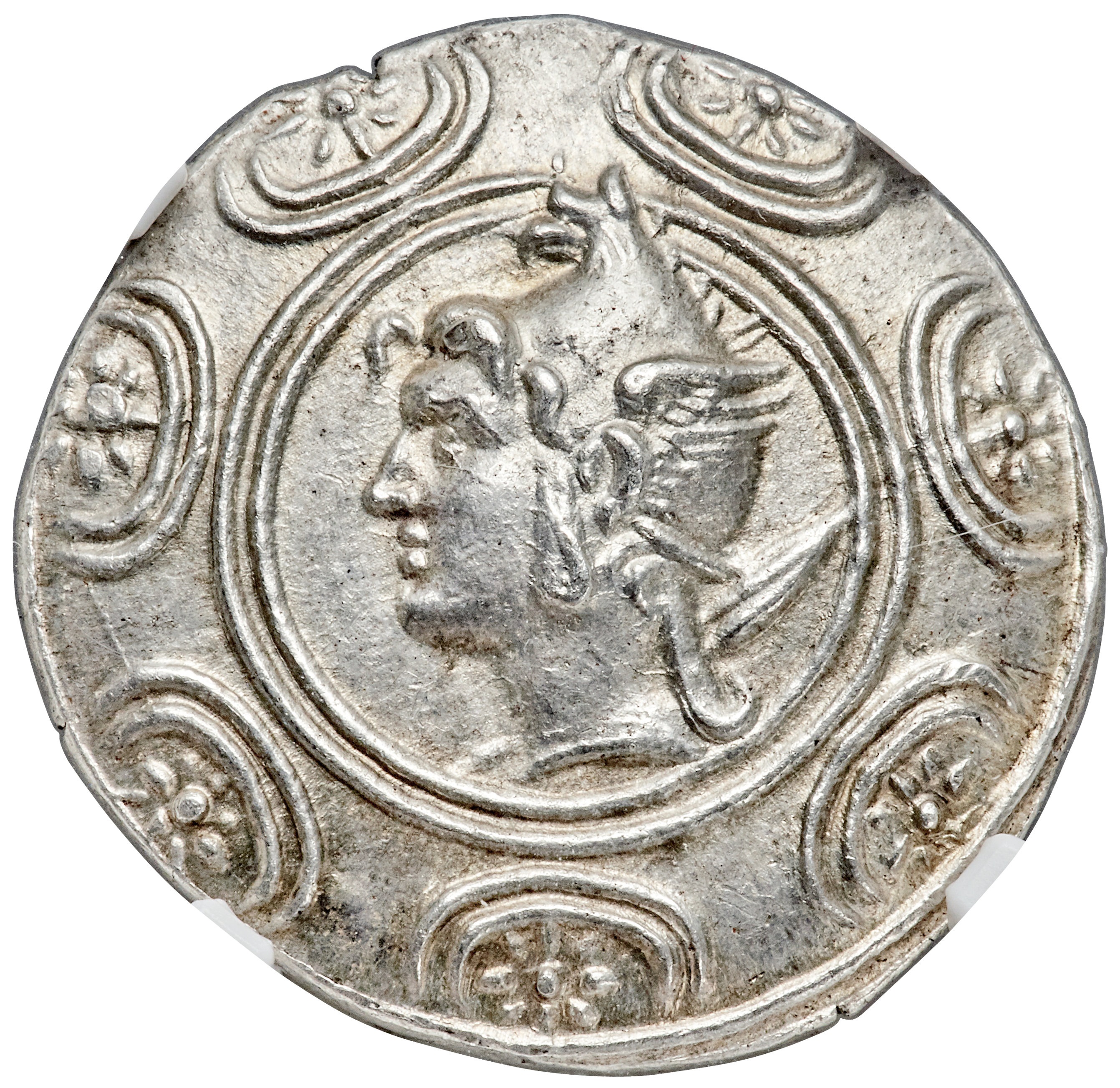 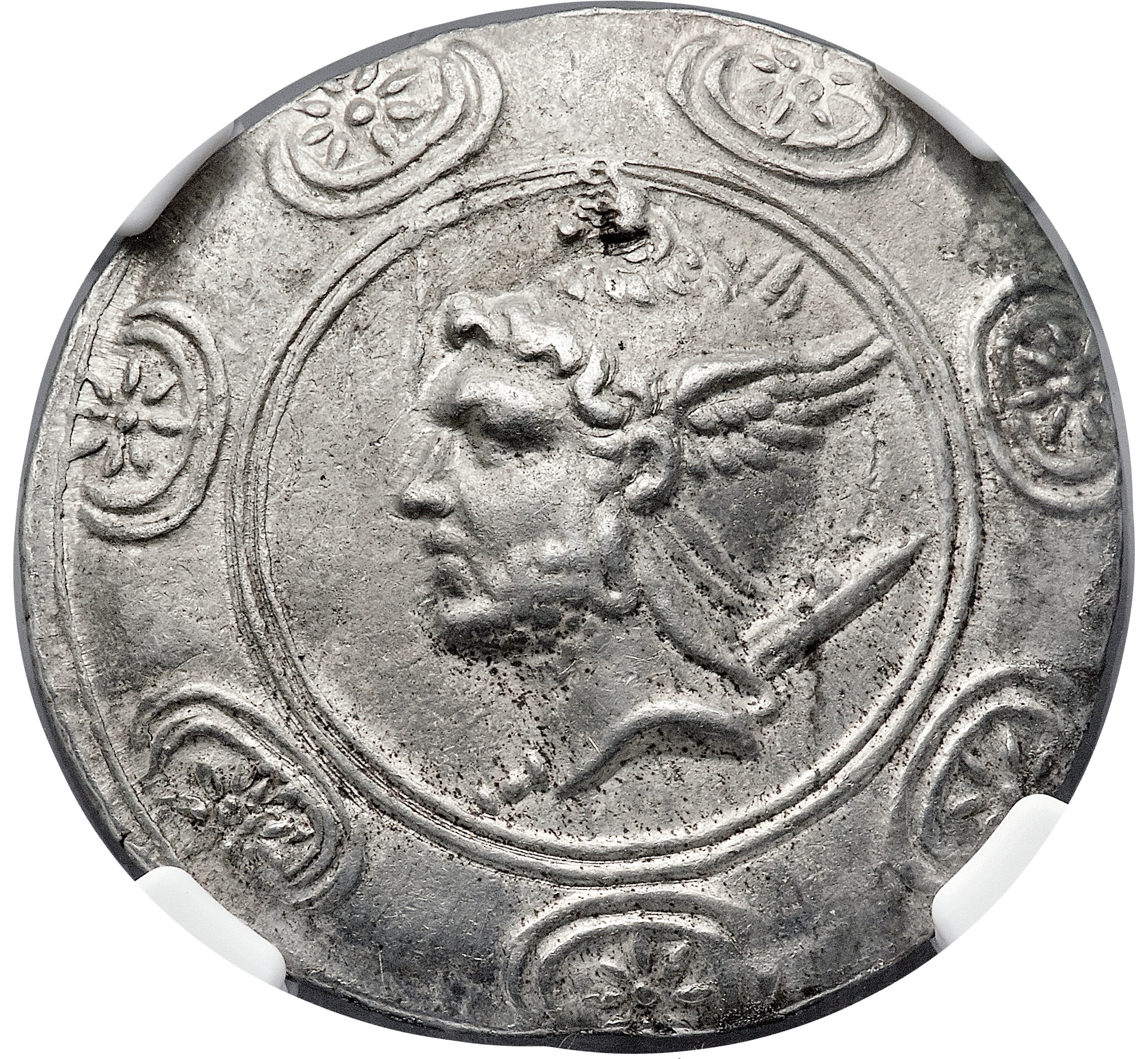
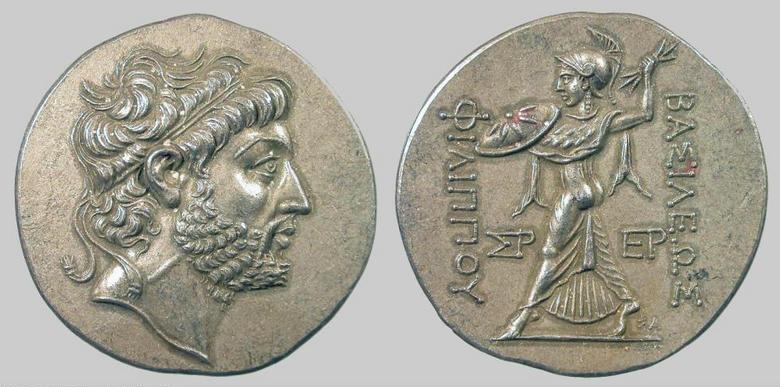 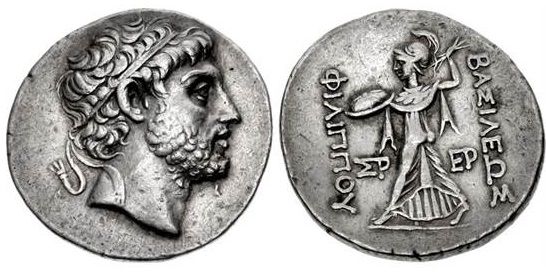

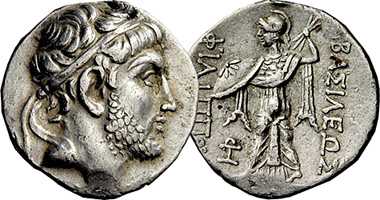 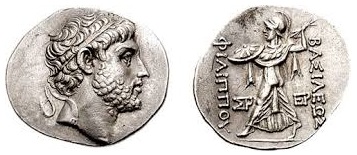
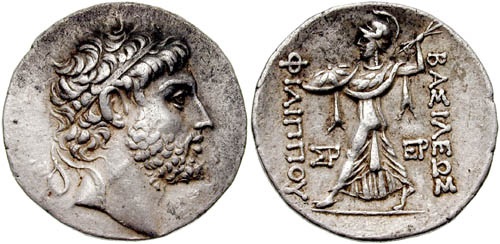 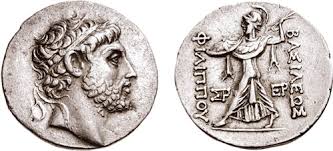
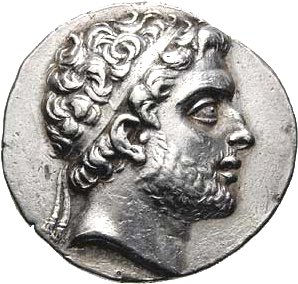
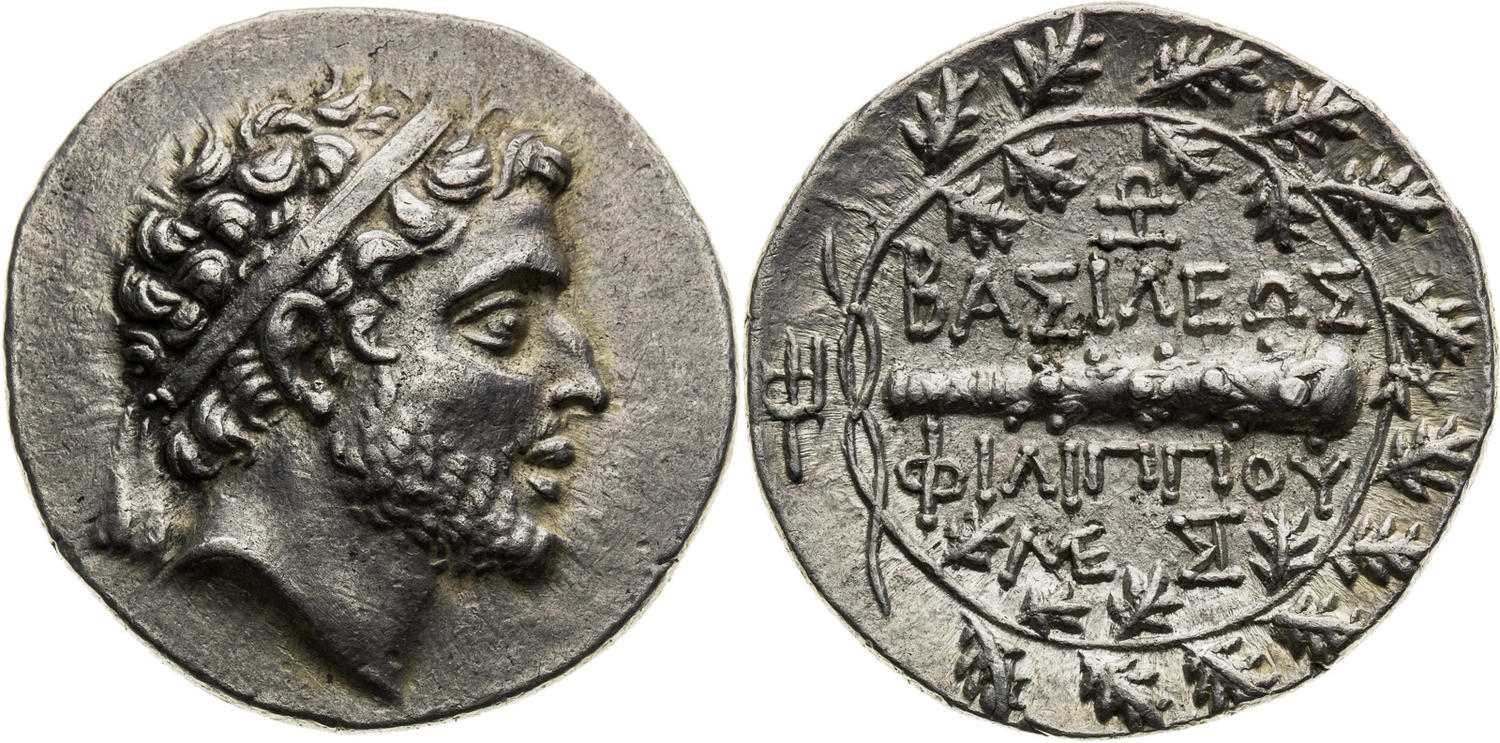 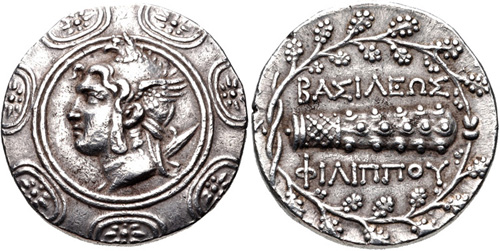

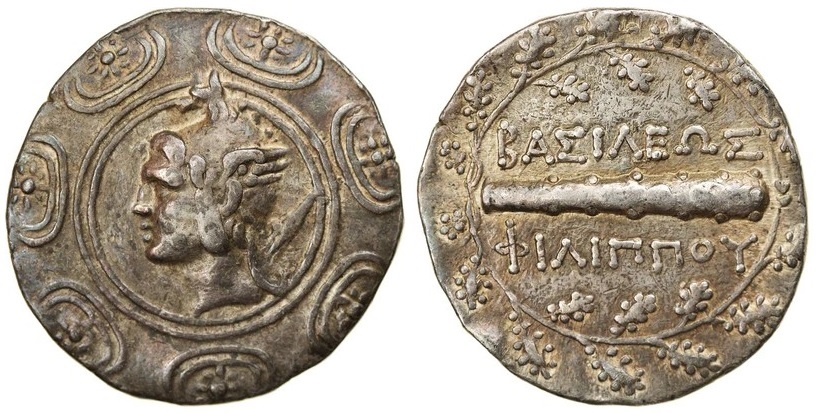

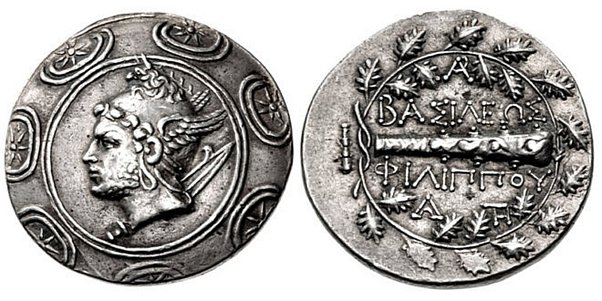
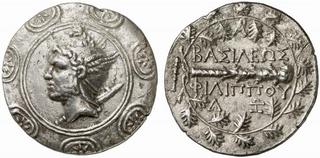 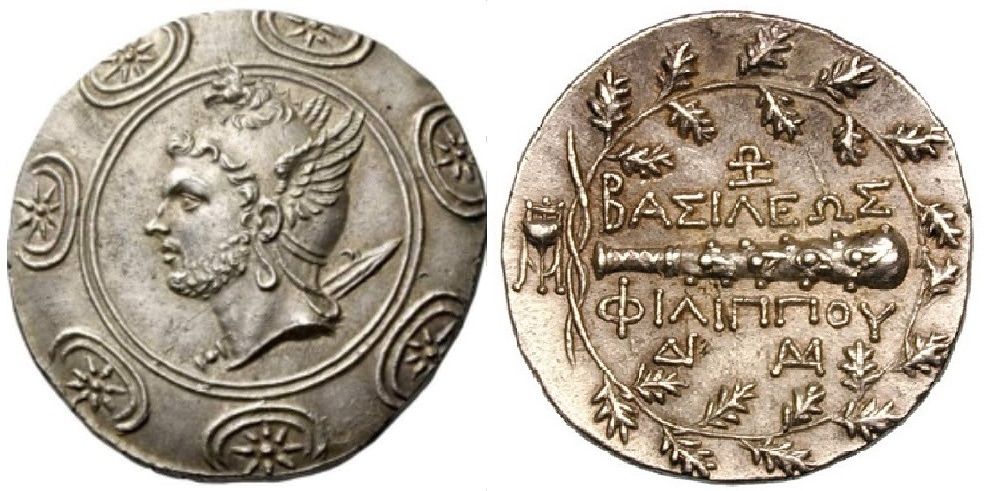
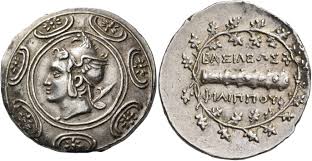 
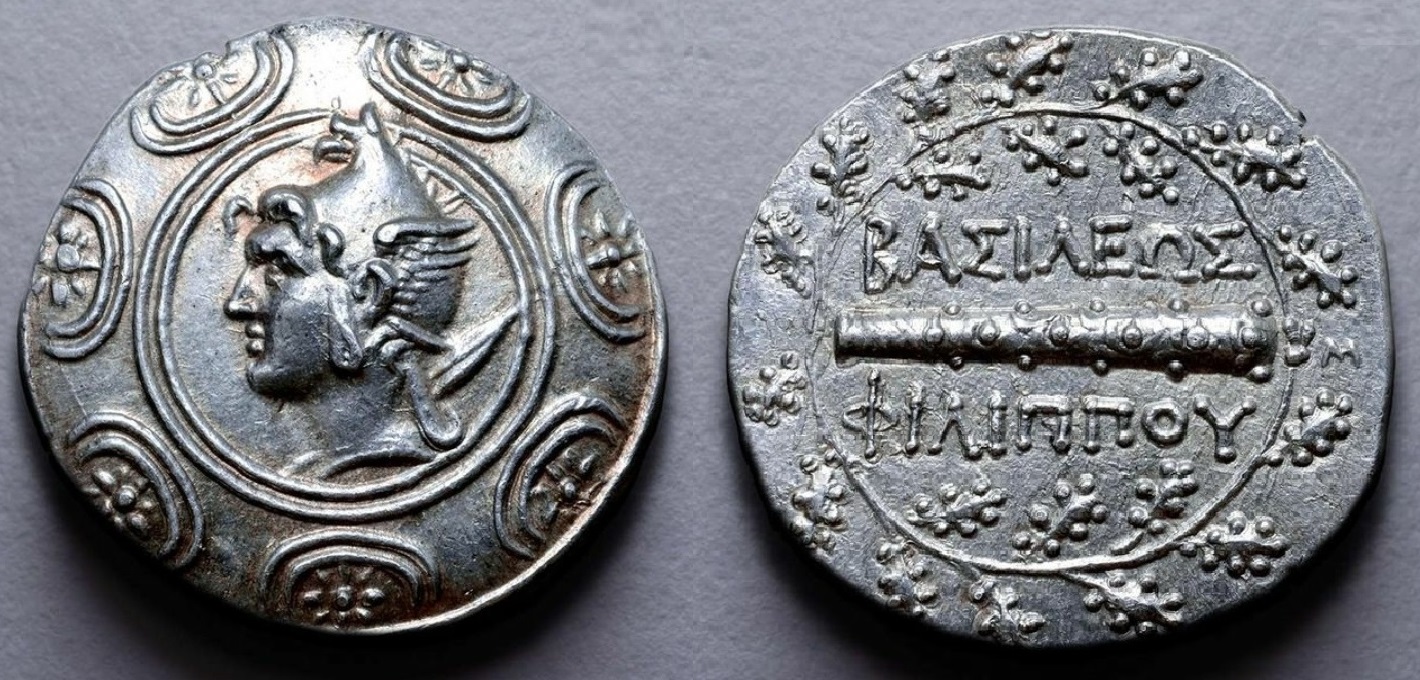
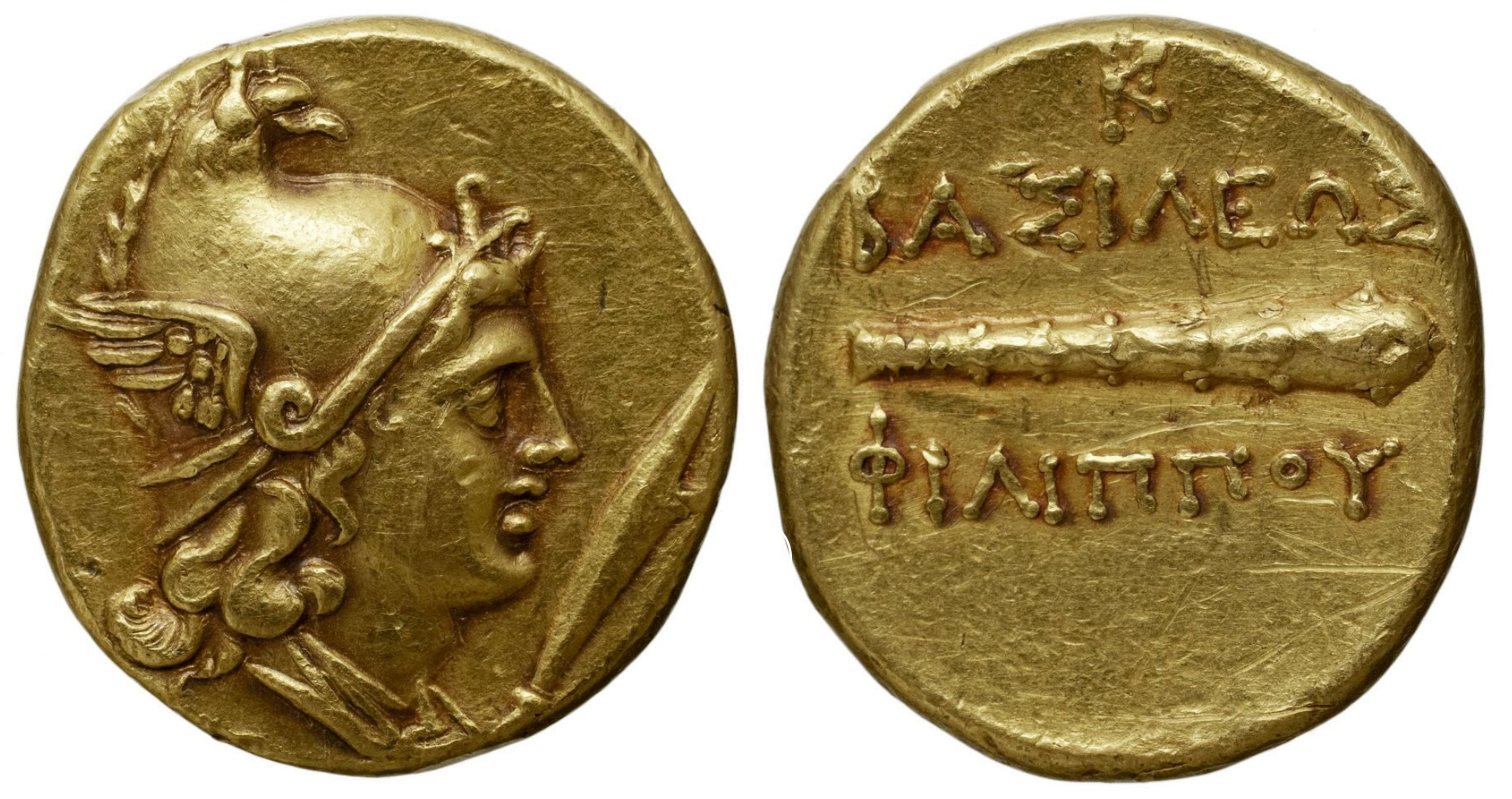
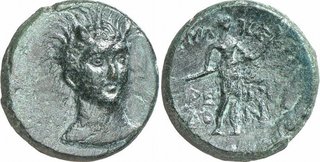
Other coins
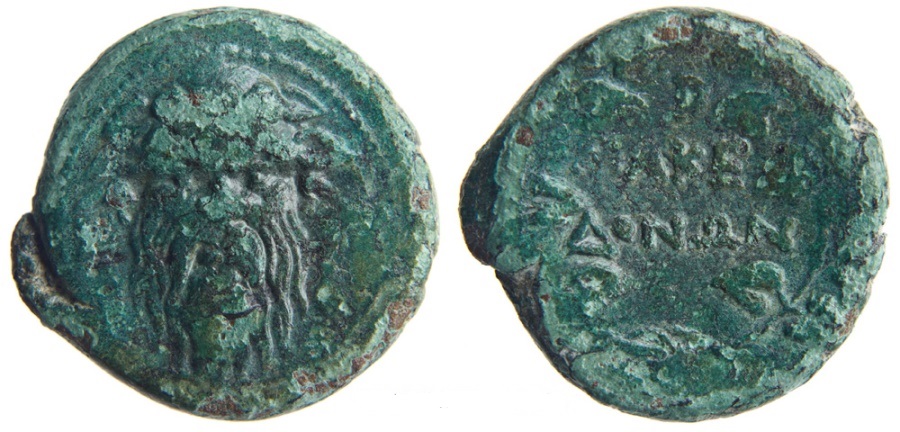 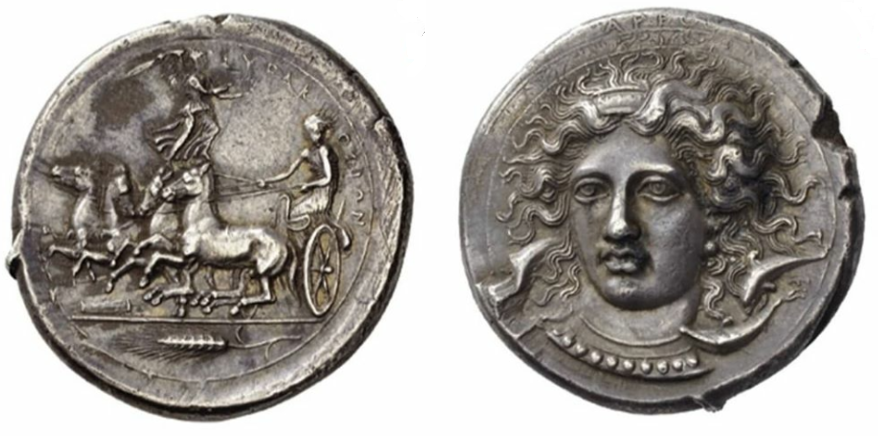
Other coins

Copyright © Makedonia is ALL ☼ MAKEDONIAeSE.com ☼ All rights reserved
Copyright ©
Makedonia is ALL ☼ MAKEDONIAeSE.com ☼ All rights reserved
v
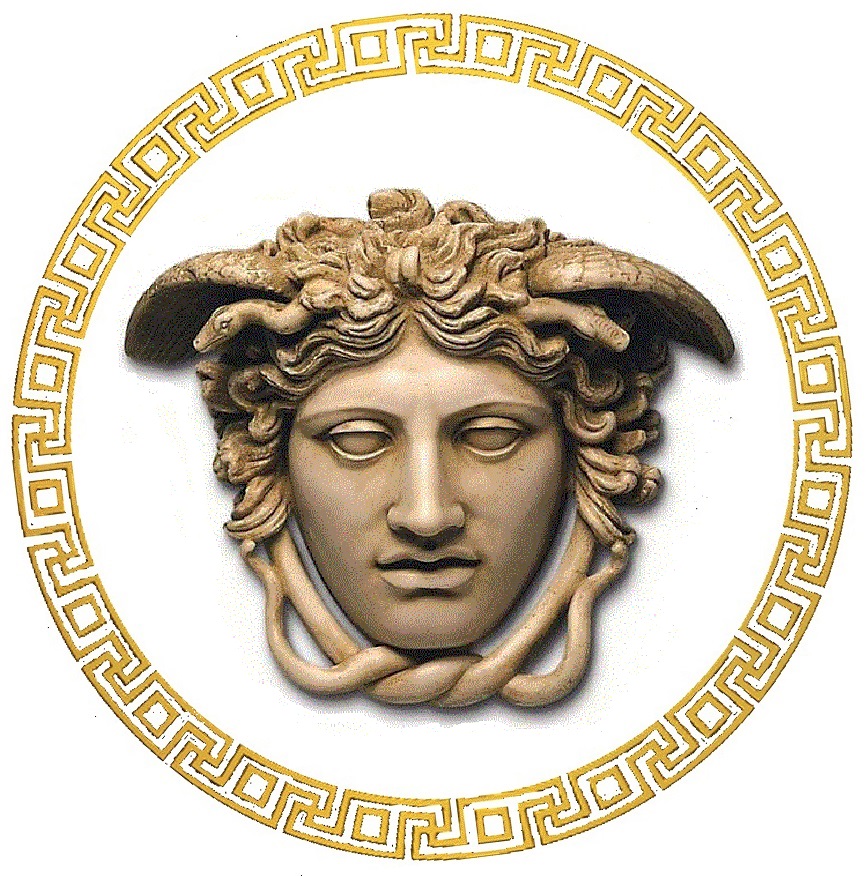

  
Vasileon
Makedonon Alexandroy gave it the world to the
Makedonians, and they how returned it to him,.. they
poisoned him, destroyed his family,... and
today instead Makedonon (he is the
Makedon) erase
his real name call
it ''veliki'' or ''the great'', while
the state of Latin they
call it ''Мacedonia- Matzedonia'' - name
that foreigners have given them, and
they do not understand it and do not
understand it ,.. and
yes I
would forget,... they permit someone else to choose her name of the state.
Will
anyone be found to "fix" things?
'' ,.. THE
LION'S SKIN OF BLOOD, IT WILL BE ROTTEN
BY BLOOD AND WILL BE DO IT IN PIECES.
HOW
MANY GIANTS, THEY WILL BE MADE BY SELFE DWARFS, SO
MANY THIEVES, WHAT
THEY WILL STOLE AND
THEY WILL SPOIL IT THE
LION'S SKIN.
EVERYONE
WILL WANTED HER, EVERYONE WILL SHE HER CRUSHED IT, A STUPID FROM BIRTH WILL
DEMAND IT FOR HER.
THE
PURPLE WILL RIP AND MAKE A DIRTY OF BLOOD AND
MUD.
A SHAMELESS ARMY WILL CRUSHED IT THE CULTURED
MAN AND
WOMAN FOR SHAME.
TO THE THE POPE WILL BE GIVEN THE PURPLE FOR
LYING.
THE CHILDREN OF THE WOMAN WILL BE KILL AND
WILL BE GRILLED.
THE
SON OF THE MOON WILL LAUGH AND THEY WILL LAUGH
NEXT TO HIM.
THEY
WILL PRAY AND CRY, WITH
HIS FATHER'S KNIFE, WHAT
IS LEFT FOR HIM, WILL
WAVE IN THE DARKNESS.
THIRTY
AND SEVEN DAYS WILL PASS WHEN
THE MOON VISION WILL BE EXTINGUISHED AND THE PURPLE WHO PASSED THE
BLUE SEEN IN THE SKY, WILL RETURN AND HE WILL THRONE FOR THE
CENTURY.
ROTTEN BY FIRE, THE CHILDREN OF THE GREAT MOTHER (
THE CHILDREN OF THE WOMAN), THEY
WILL CLEAN THE SICK WIND.
WHY
1000 YEARS ARE LIKE YESTERDAY. HERE
ARE THE SAME REPETITIONS OF THE TIME PASSING,
AND REMAIN YOU, LIKE PHOENIX REPEATED FROM ASH, AS SPIRIT AND AS REASON TRUE IN THE DISTANCE....''
|

On day
03 / Ma / 2009, is constructed the web page
of Makedonia is ALL: http://www.makedonijaese.com/.
That day is considered the organization's birthday of Makedonia is ALL.
On day 16 / Dzustar / 2016, is constructed the reserve web page
of Makedonia is ALL : http://www.makedoniaese.com/.

And at the beginning of construction of the web page
of Makedonia is ALL, because it talks about the True History of Makedonia with historical facts, but also current political events, BECOME A THORN in the eyes of all the enemies of the Makedonian State, but also a thorn in the eyes of some political organizations in Makedonia.
The web page of Makedonia is ALL, was constructed as a result for the needs of the Makedonian People and others to become familiar with the True Makedonian History, politics and the painful Makedonian issue.
The web page of Makedonia is ALL, is constructed to help preserve Makedonian identity, country, culture, language, right to free speech, thought, movement, coexistence with other national minorities in Macedonia, free expression and encouragement of expression BUTH and nurturing of national identity both in Macedonia and in the world.
|

ГАСНУВА
- АЛЕКСАНДАР
МАКЕДОНСКИ

Наскоро, ПОСЛЕ ПОВЕЌЕ ОД 2200 ГОДИНИ ЌЕ ИМАТЕ МОЖНОСТ ДА ГО ИМАТЕ МАКЕДОНСКОТО СОНЦЕ НА ФИЛИП МАКЕДОНСКИ, СО ПРАВИЛЕН ОБЛИК И ЛИК, ЦЕЛОСНО ИЗРАБОТЕНО ОД УМЕТНИЦИТЕ НА МАКЕДОНИЈА Е СЕ
|
|

 
НИЕ СЕ
ДЕФИНИРАМЕ
КАКО
ЉУБИТЕЛИ НА
СЛОБОДАТА
ЗА НАС
МАКЕДОНИЈА Е
СЛОБОДАТА
АКО ИМА
МАКЕДОНИЈА
ЗА НАС
ИМА И СЛОБОДА
Копираит © Македонија е СЕ ☼ MAKEDONIAeSE.com ☼ Сите Права Задржани
Македонија е СЕ ☼ Партија на Народот на Слободата ☼ МС ПНС
Историја на Македонија
МАКЕДОН ИЈА
ΜΑΚΕΔΟΝΙΑ
MAKEDONIA
BACИЛEOH
   МАКЕДОНОН
МАКЕДОНОН

АЛEКCAHДРОЈ
Македонско Име вечно нема да загине.
Глава даваме, Македонија и Mакедонско име не даваме.
Од Македонија и Алекcандрoj Македонон, славeн Василeoн Македон нема да се откажеме.
Cлава македонска ќе повратиме,
Алекcандрoj Македонон славен Василeoн Македон обожaваме,
Македонија, земја нај мила уважуваме.
Малку сме на број, ЕЈ, ХЕЈ,
силни сме во бој, ЕЈ, ХЕЈ.
ЕЈ, Алекcандрoj, OJ, OJ,
ЕЈ, Македонон, OH, OH.
Алекcандрoj Македонон славен Василeoн Македон, нас не предводи.
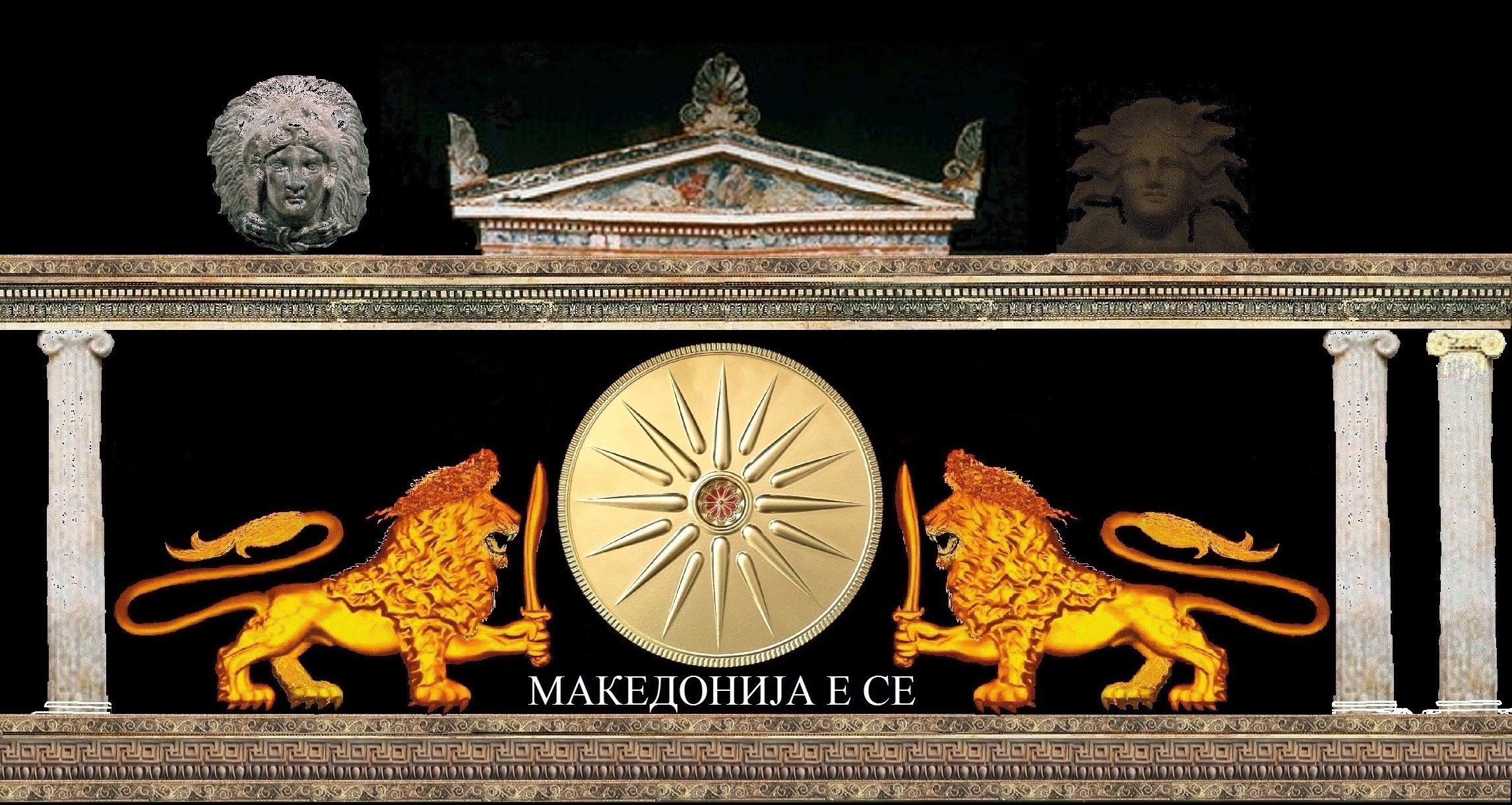
|
|
|


